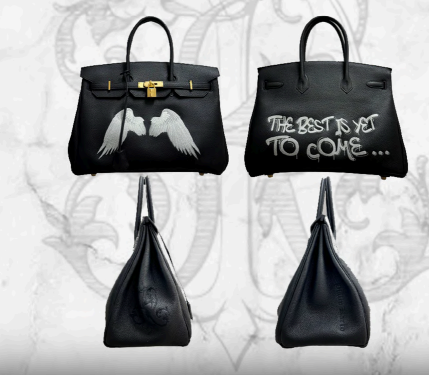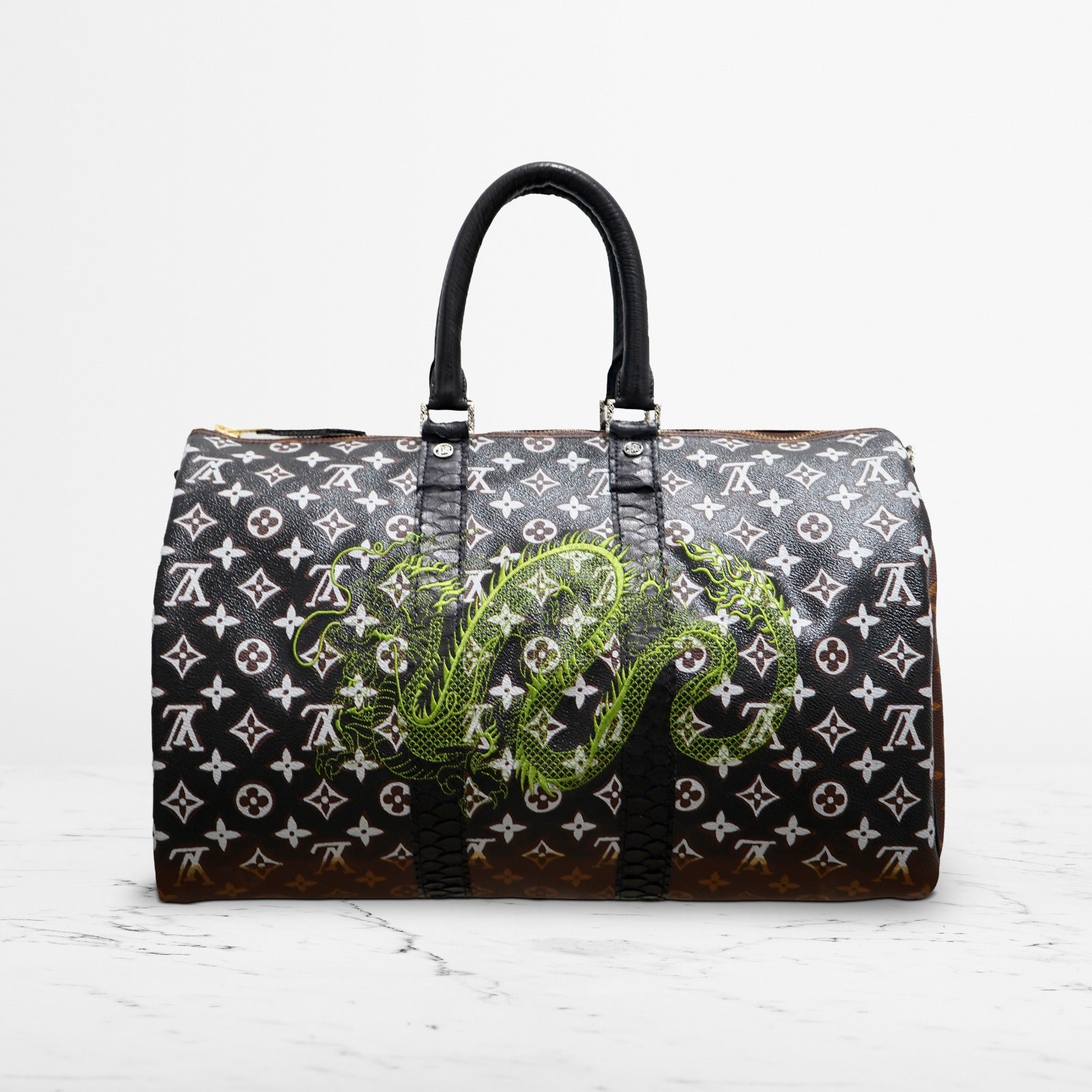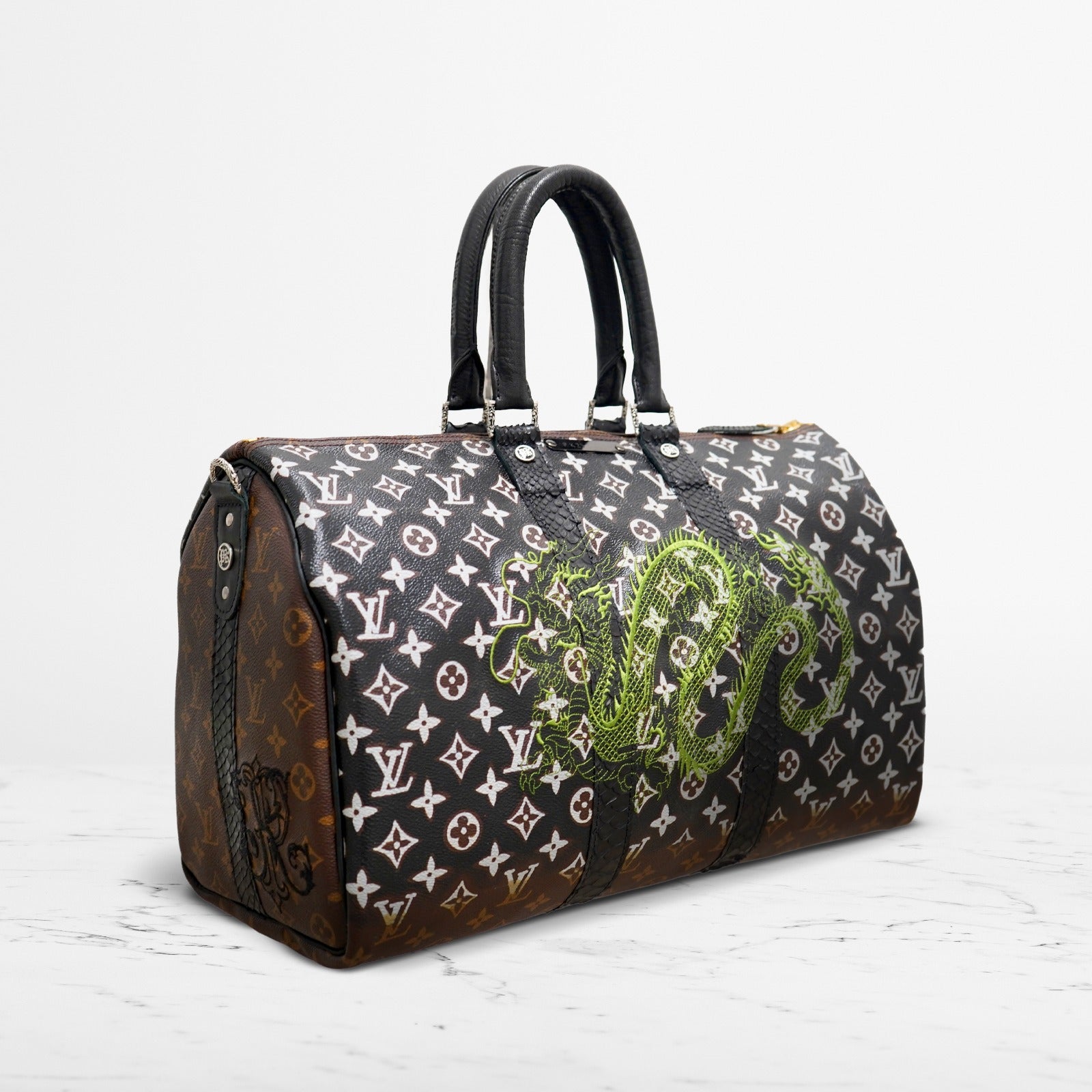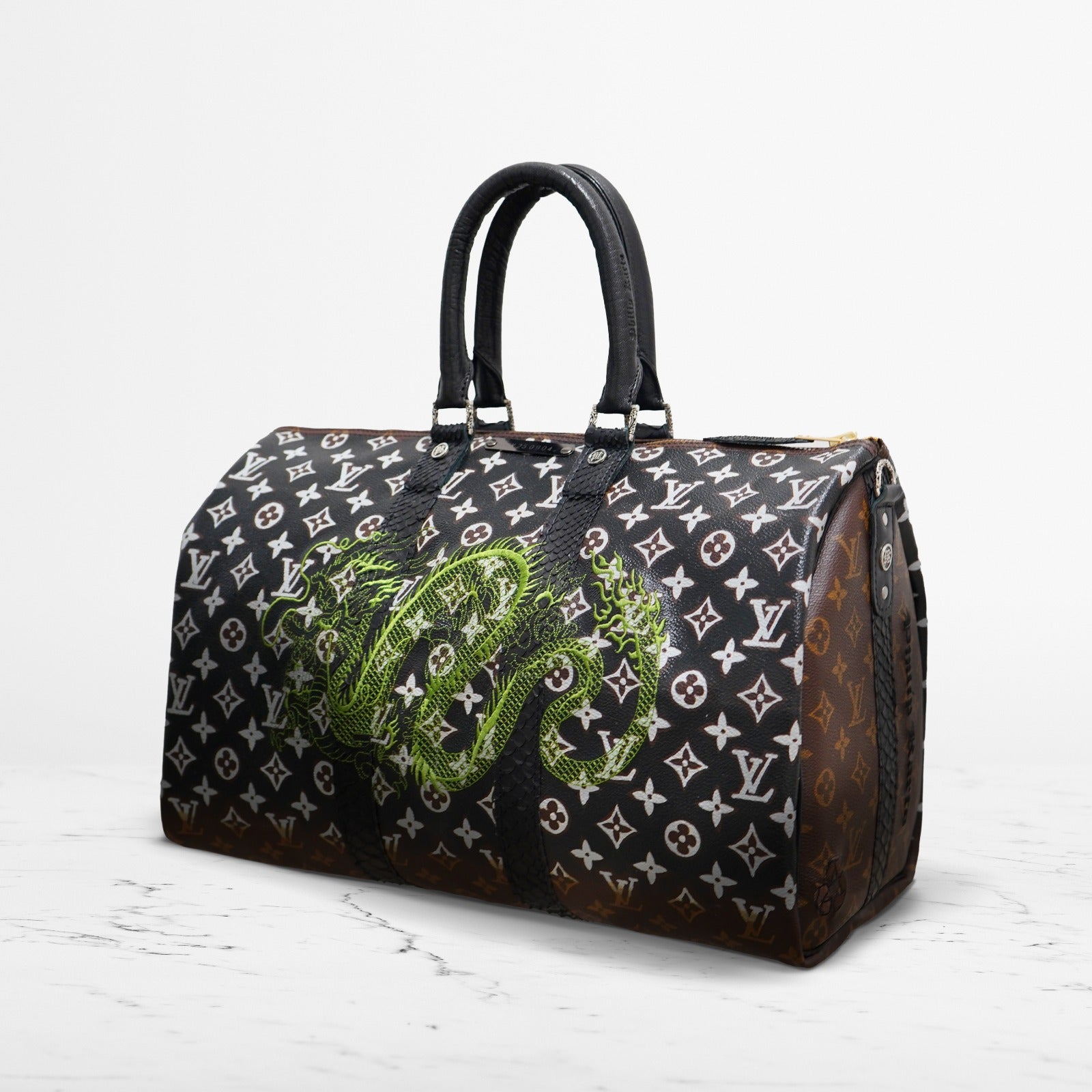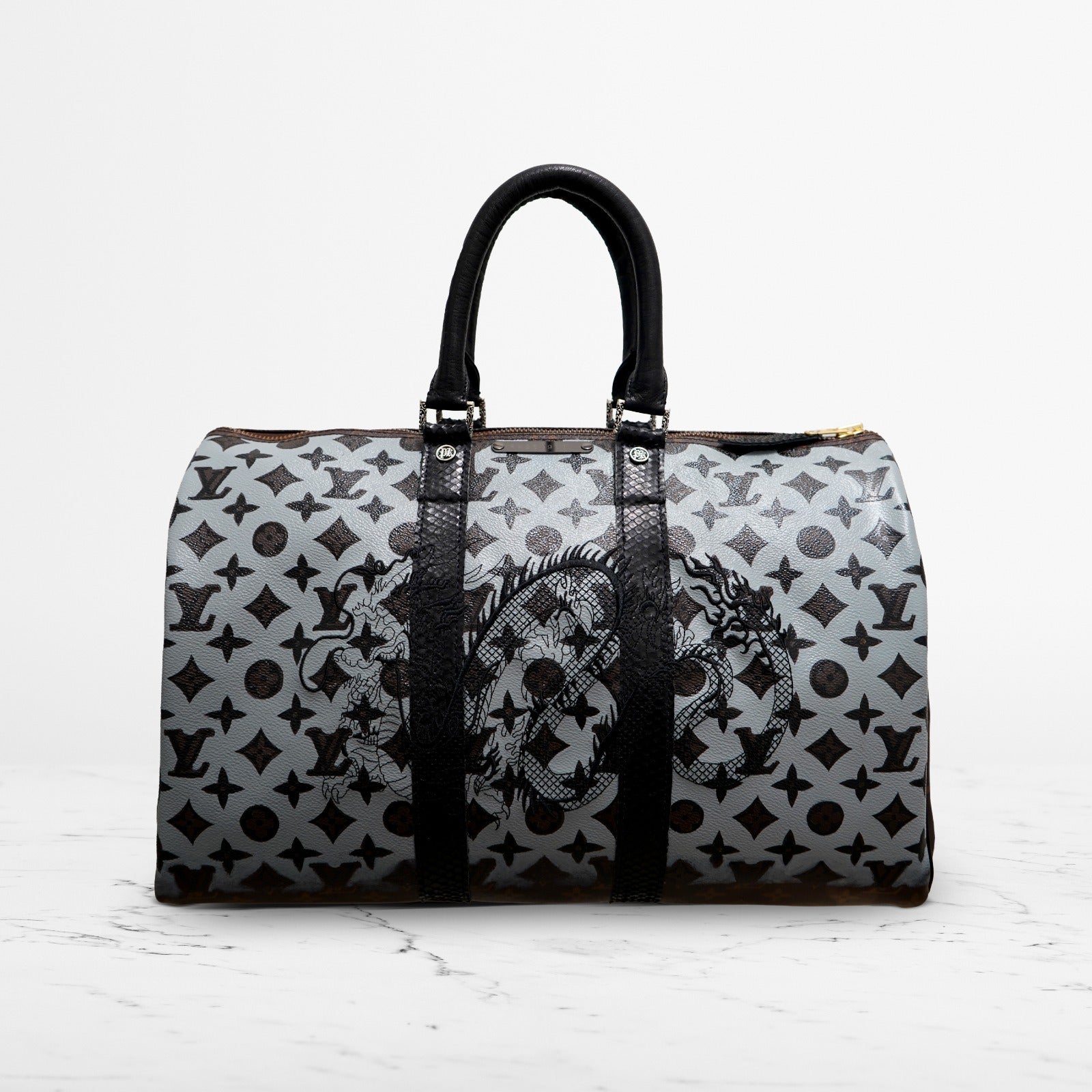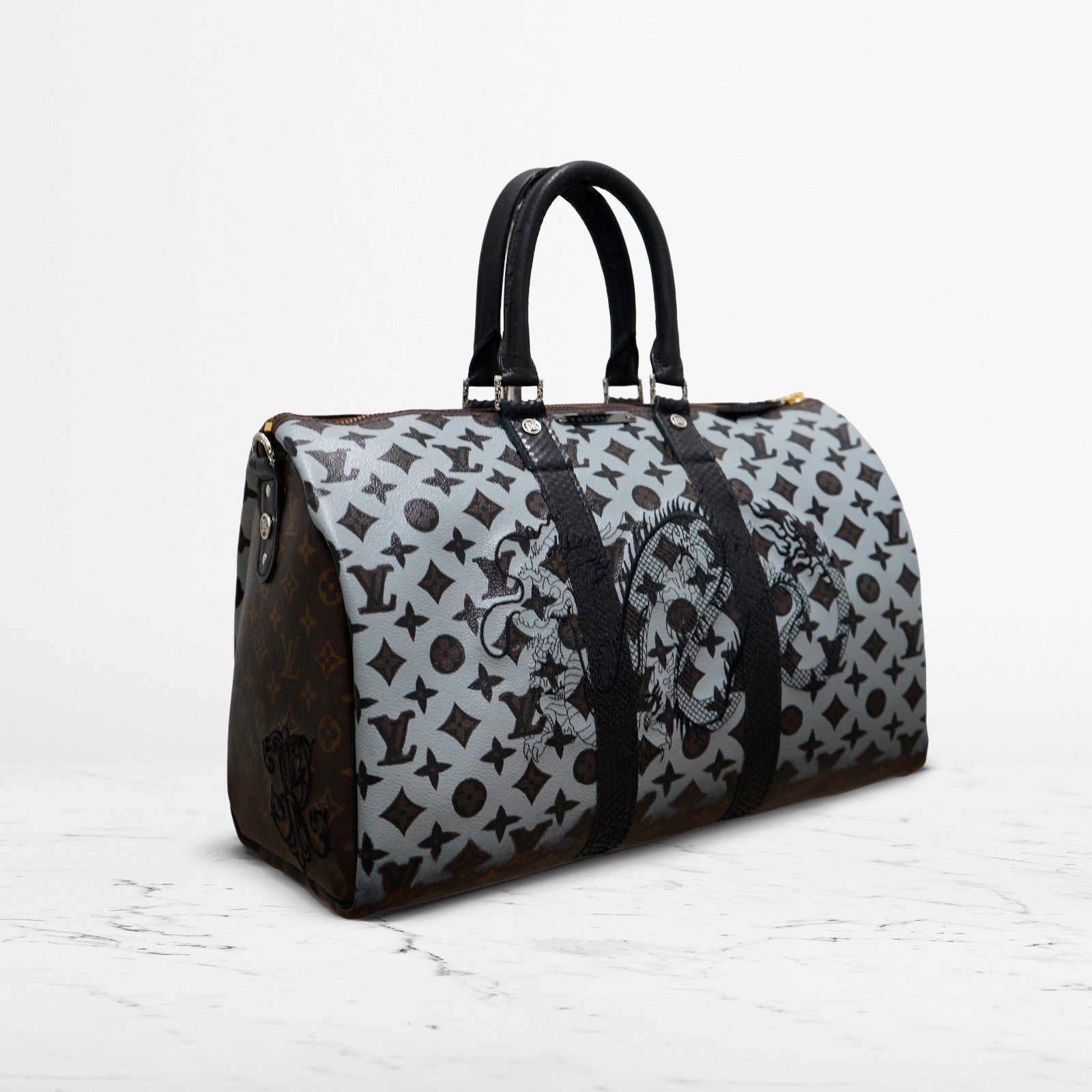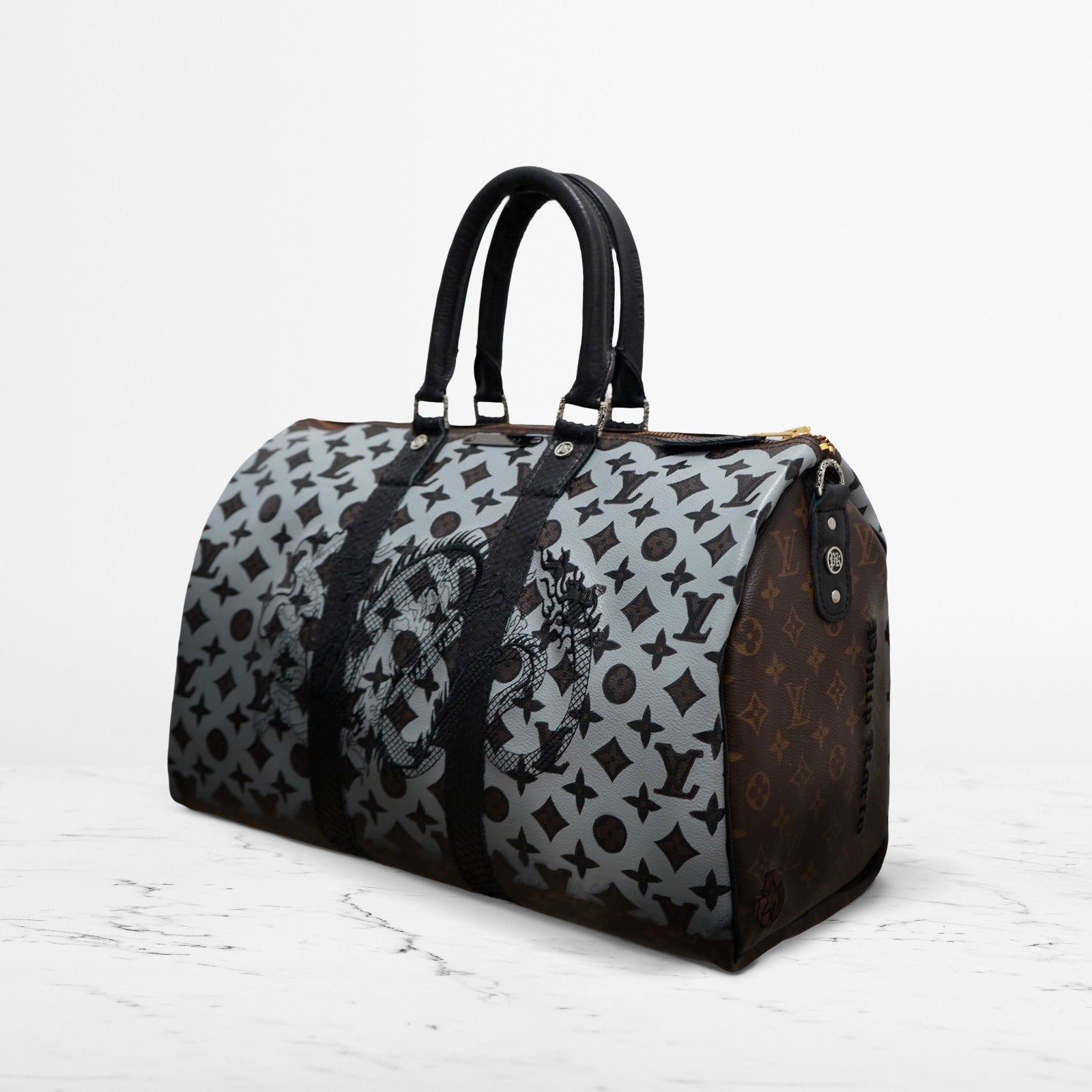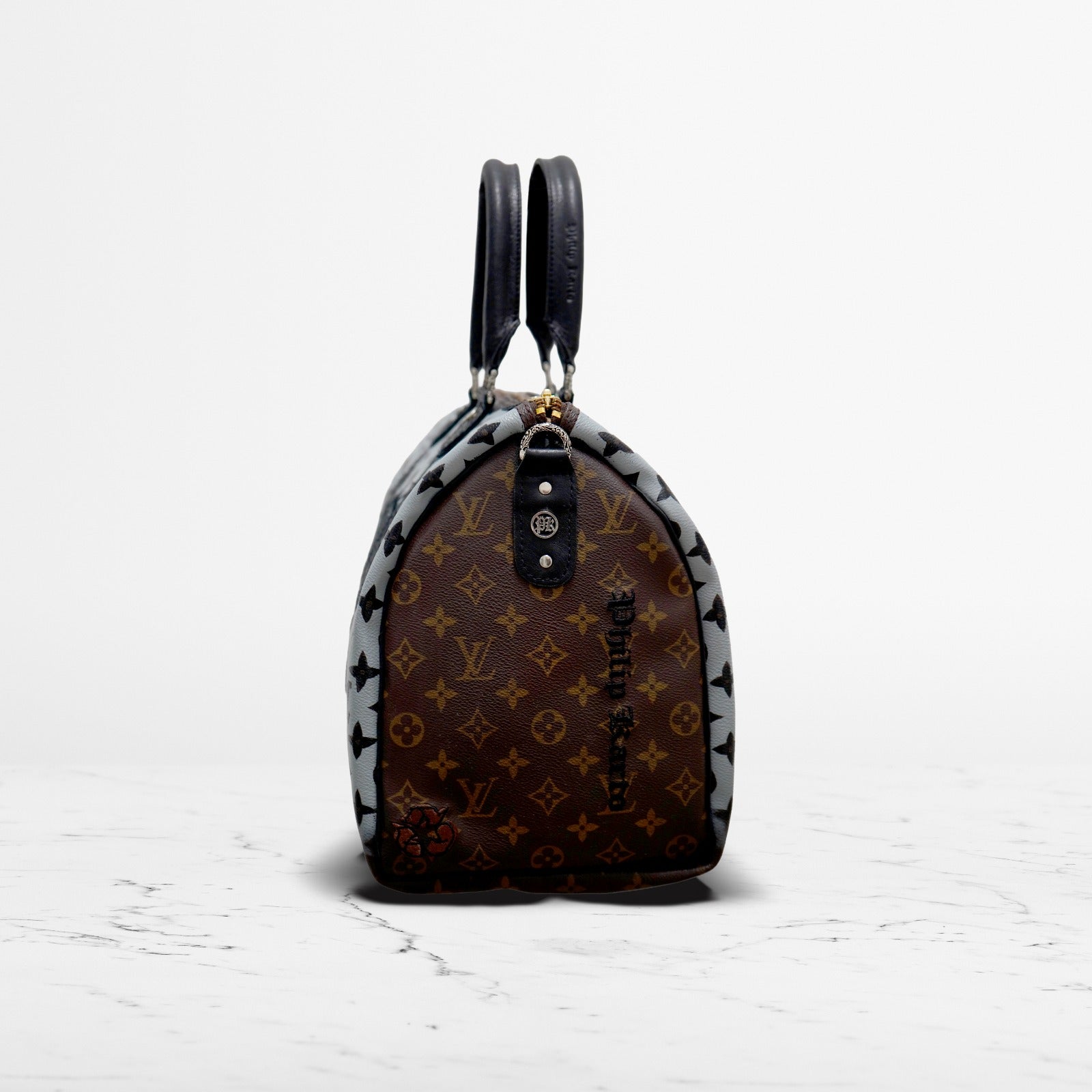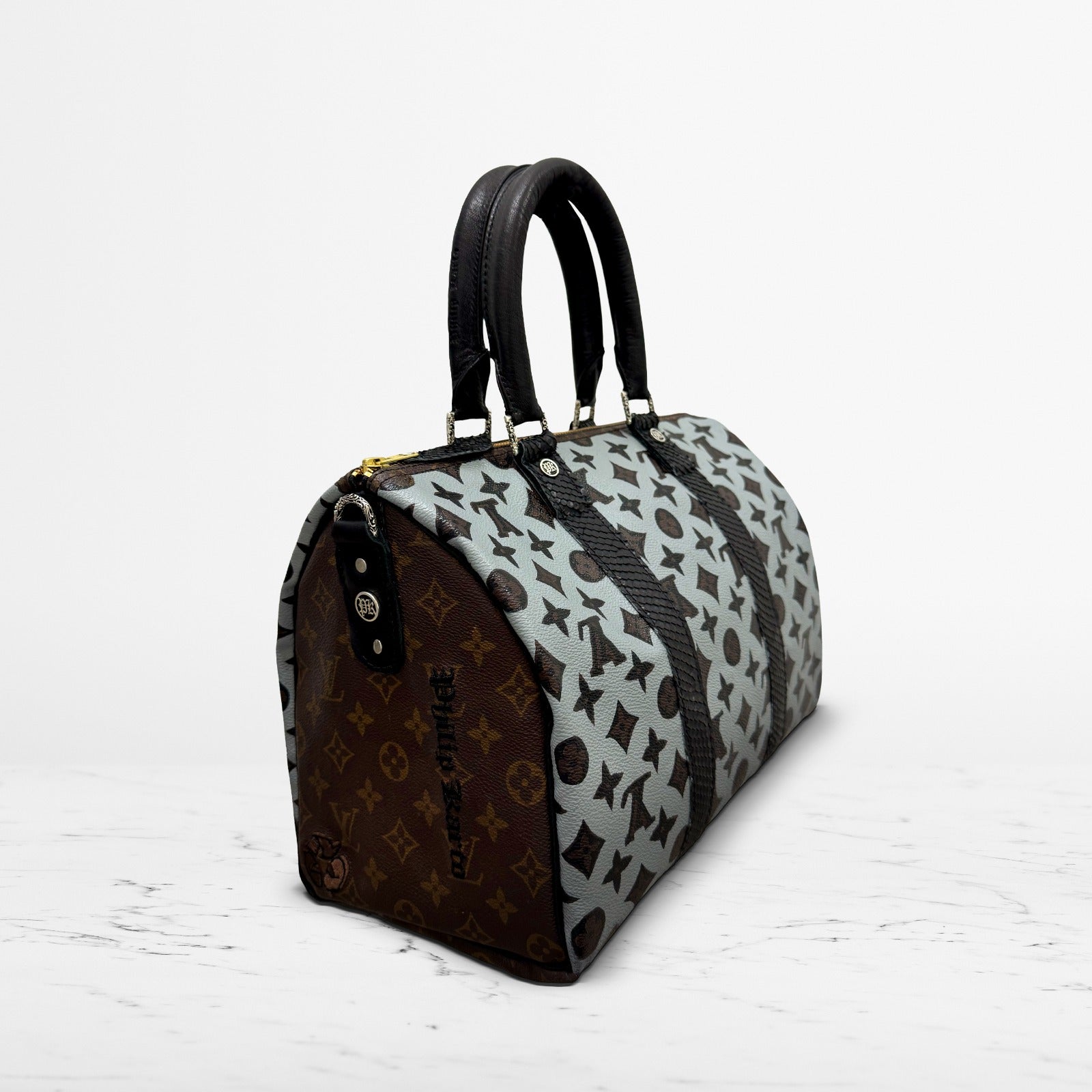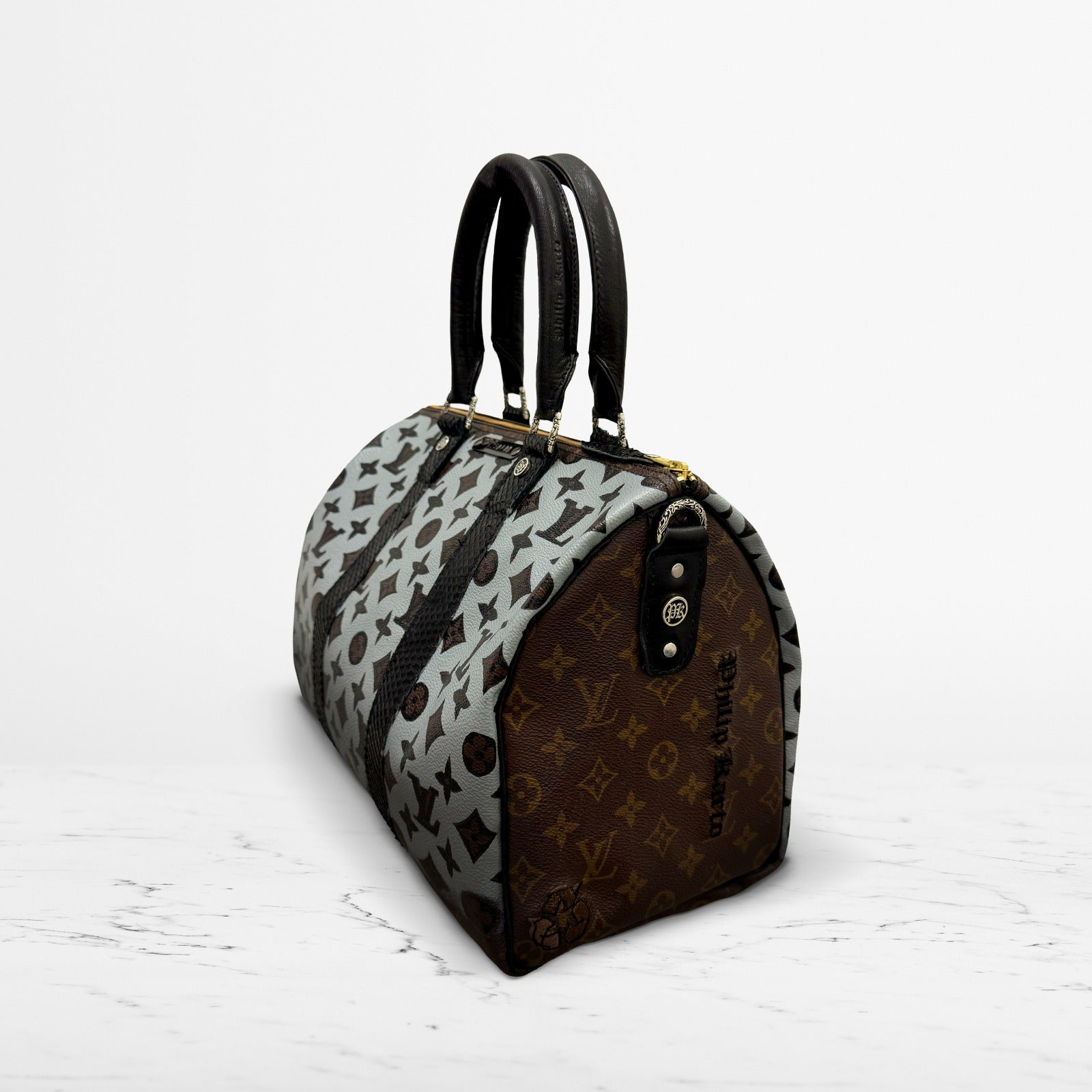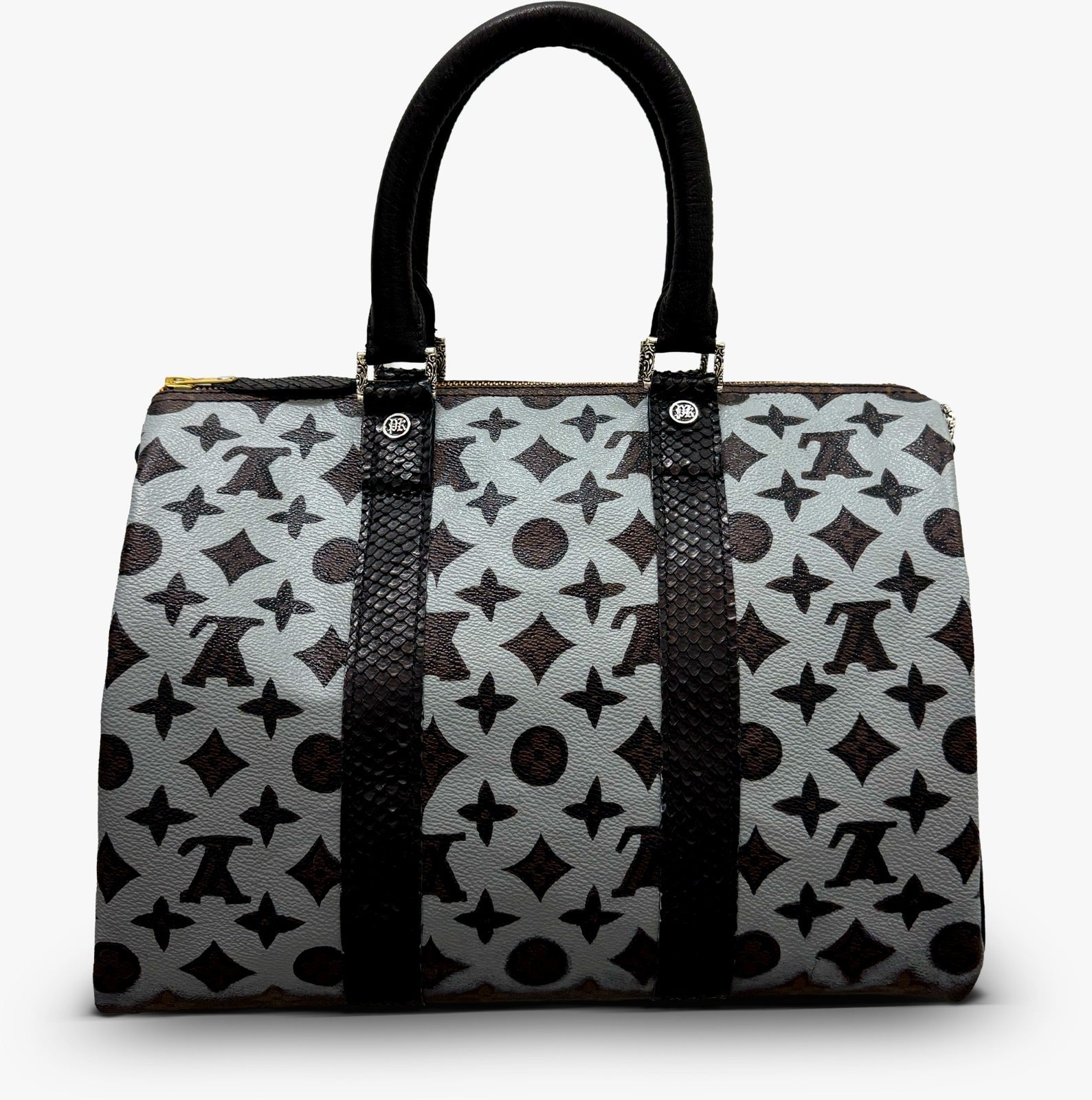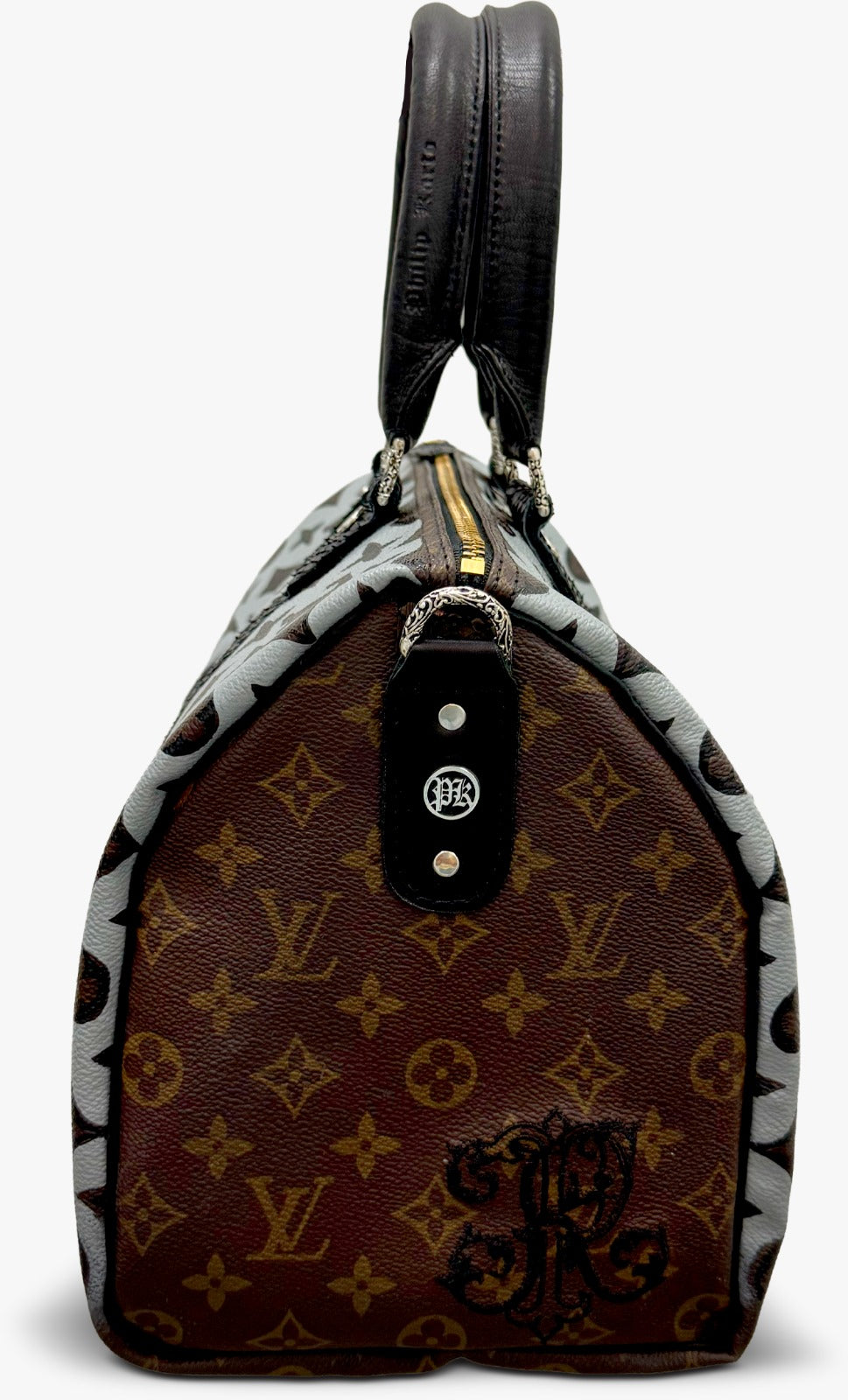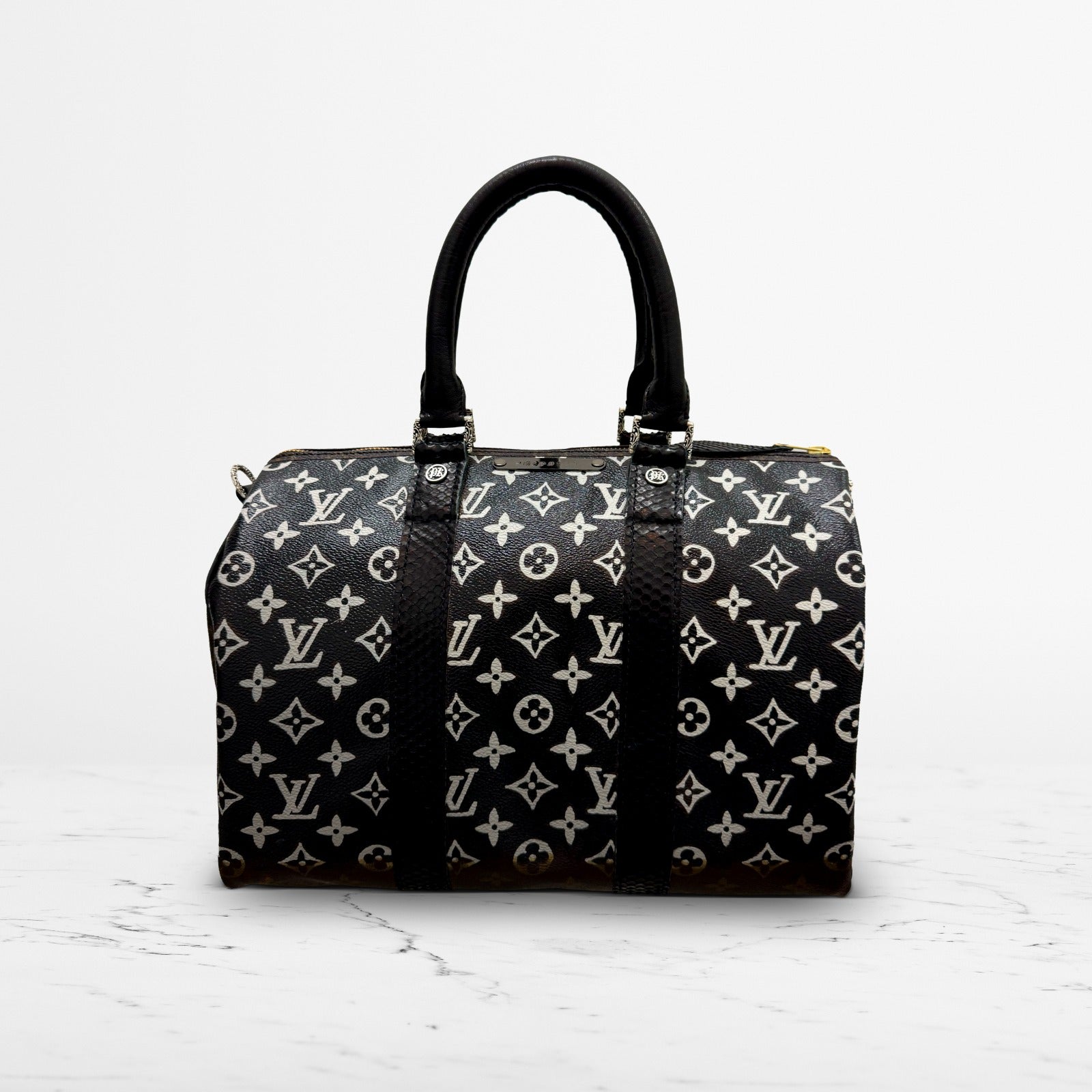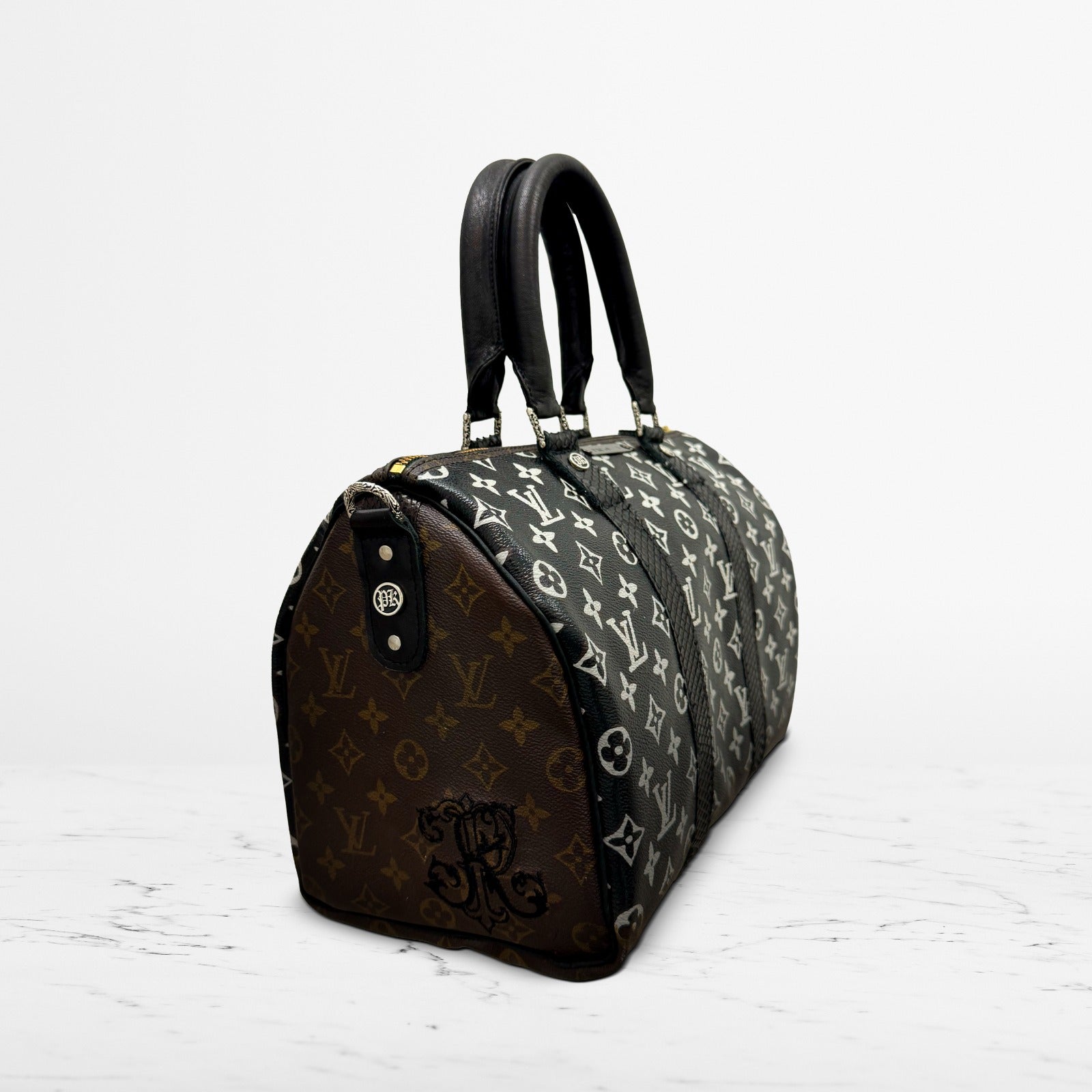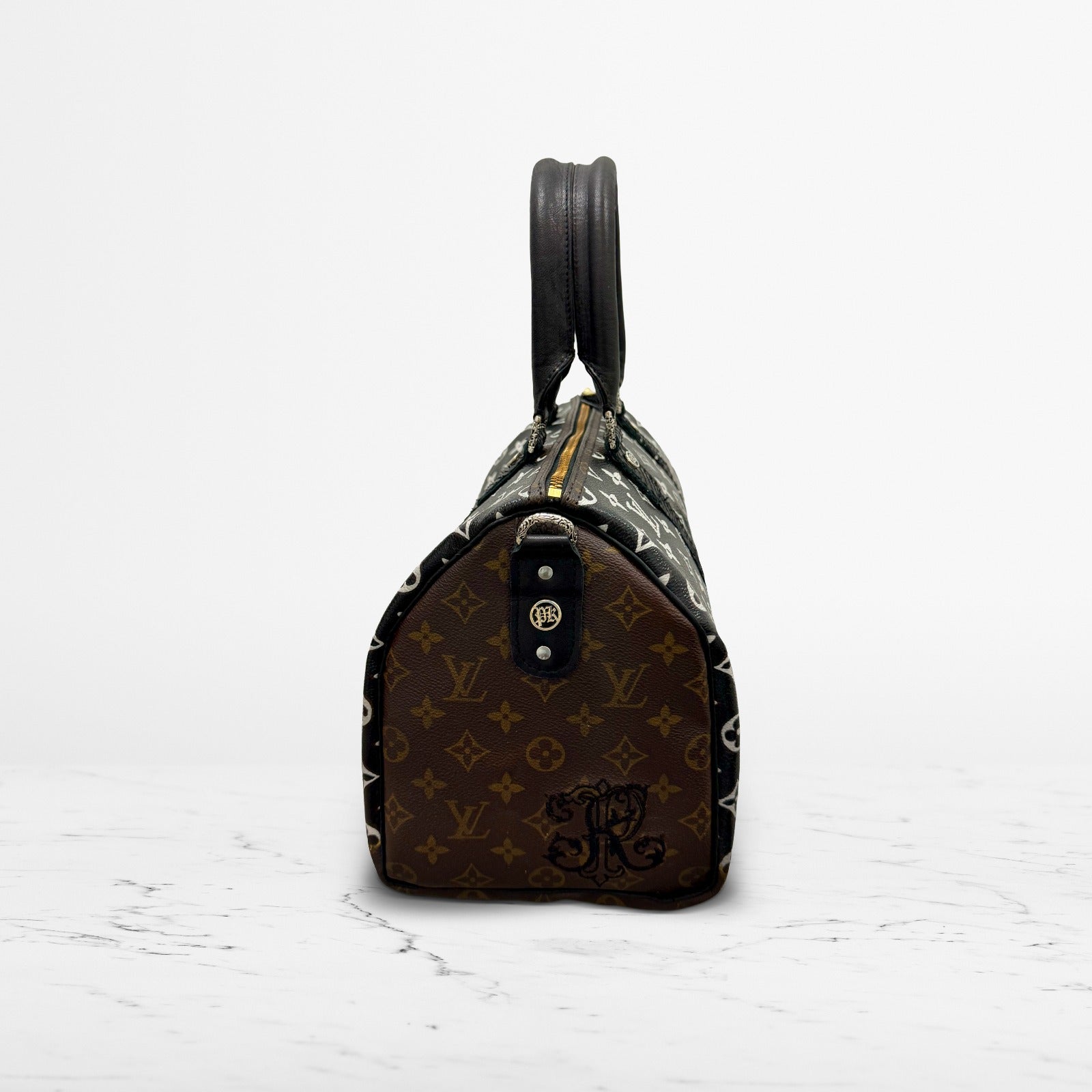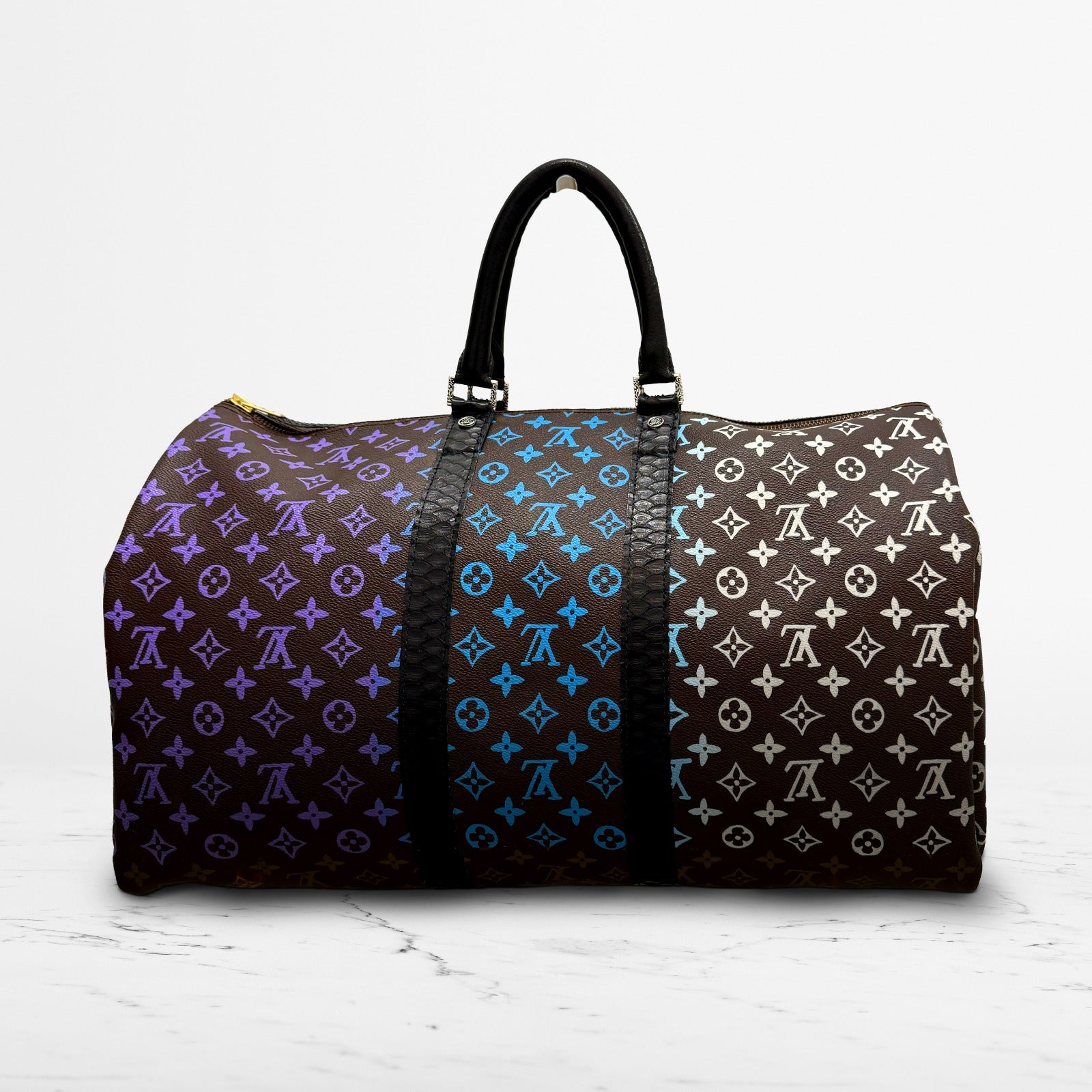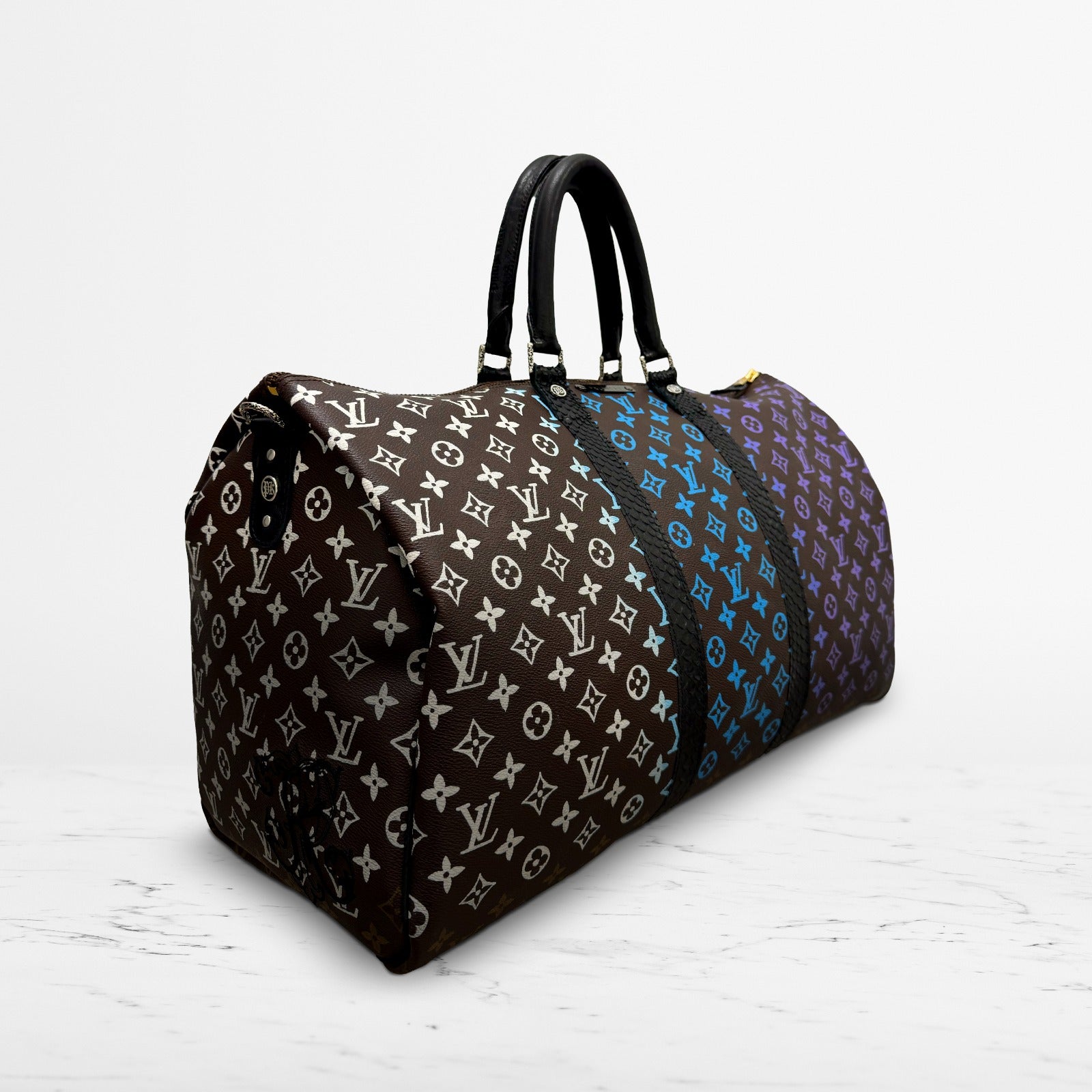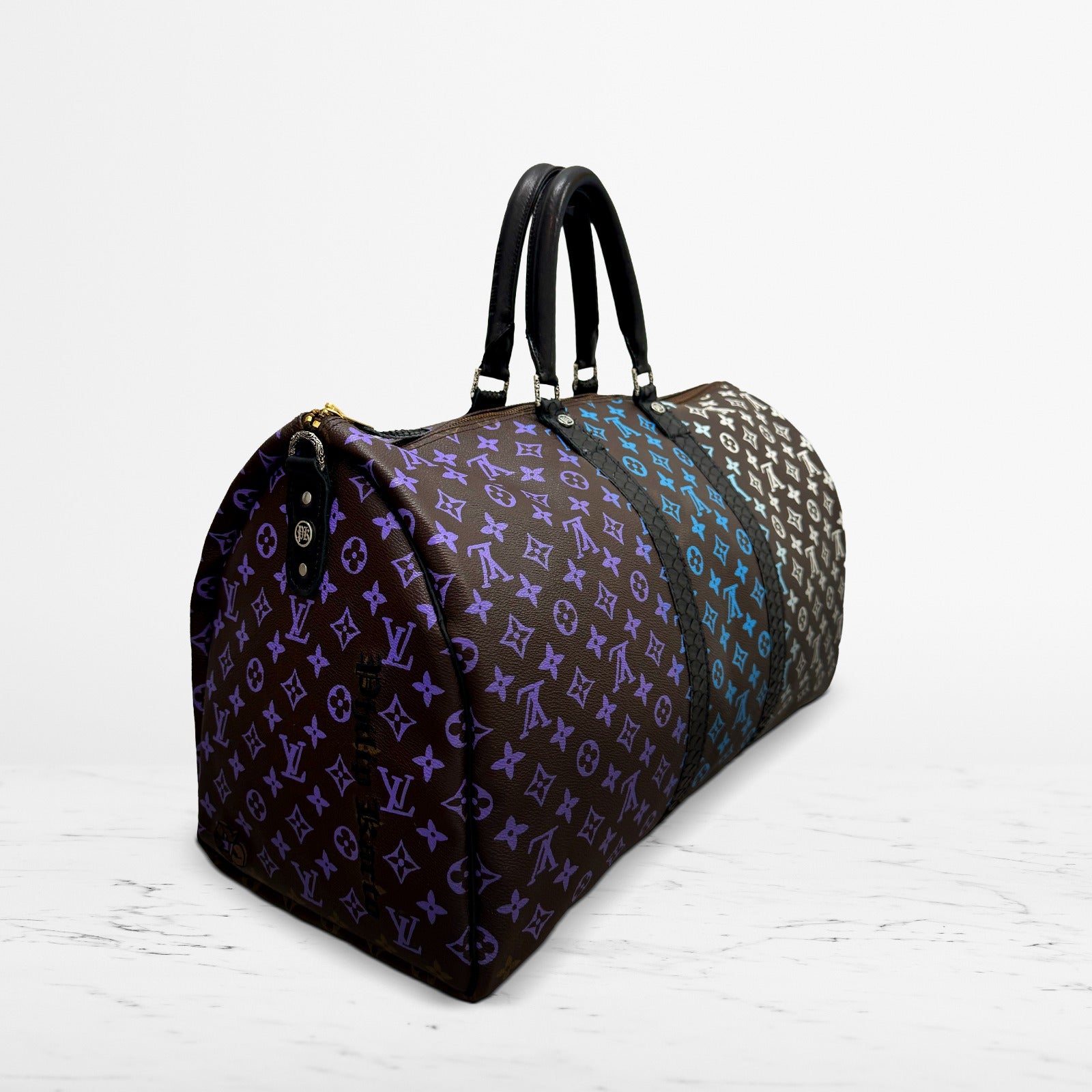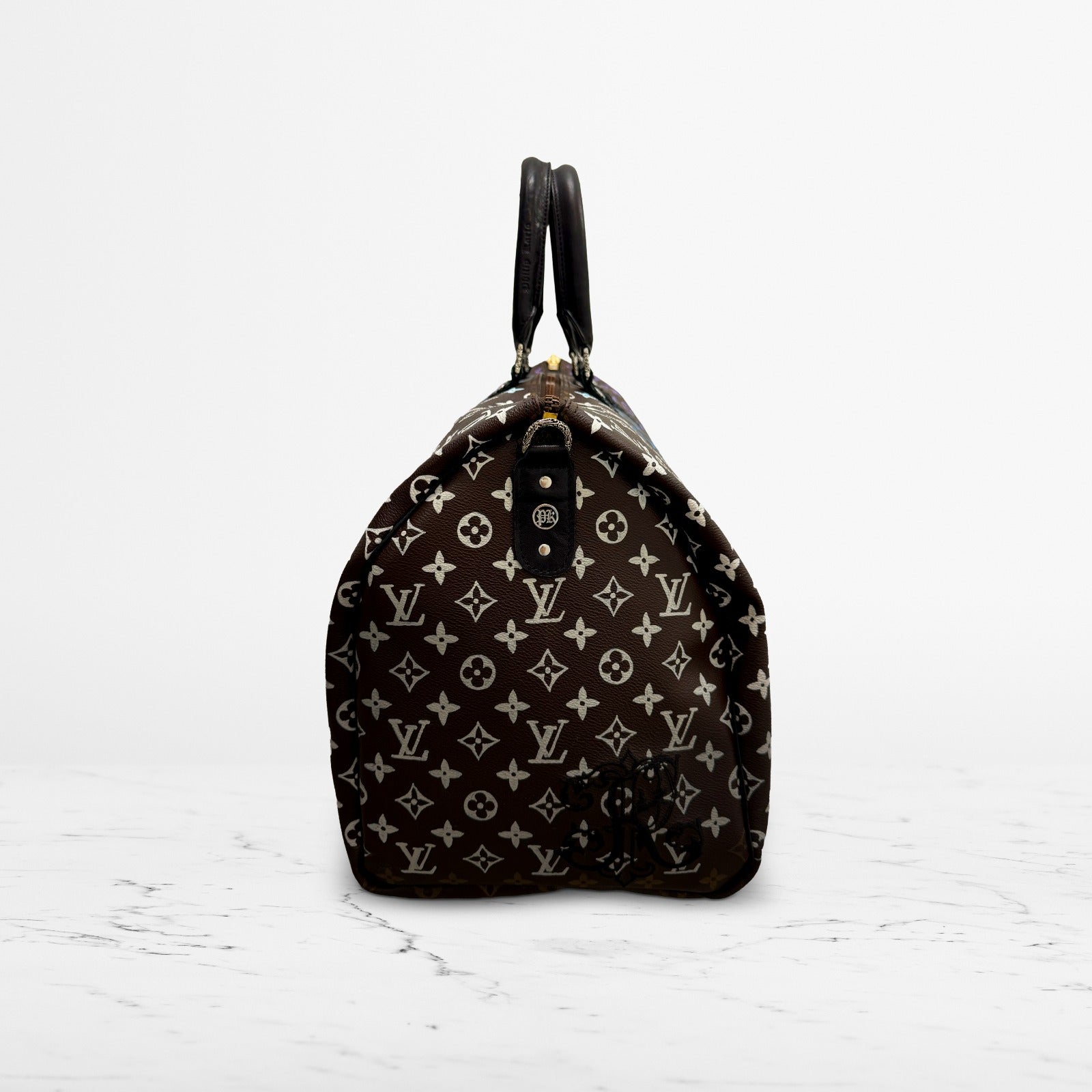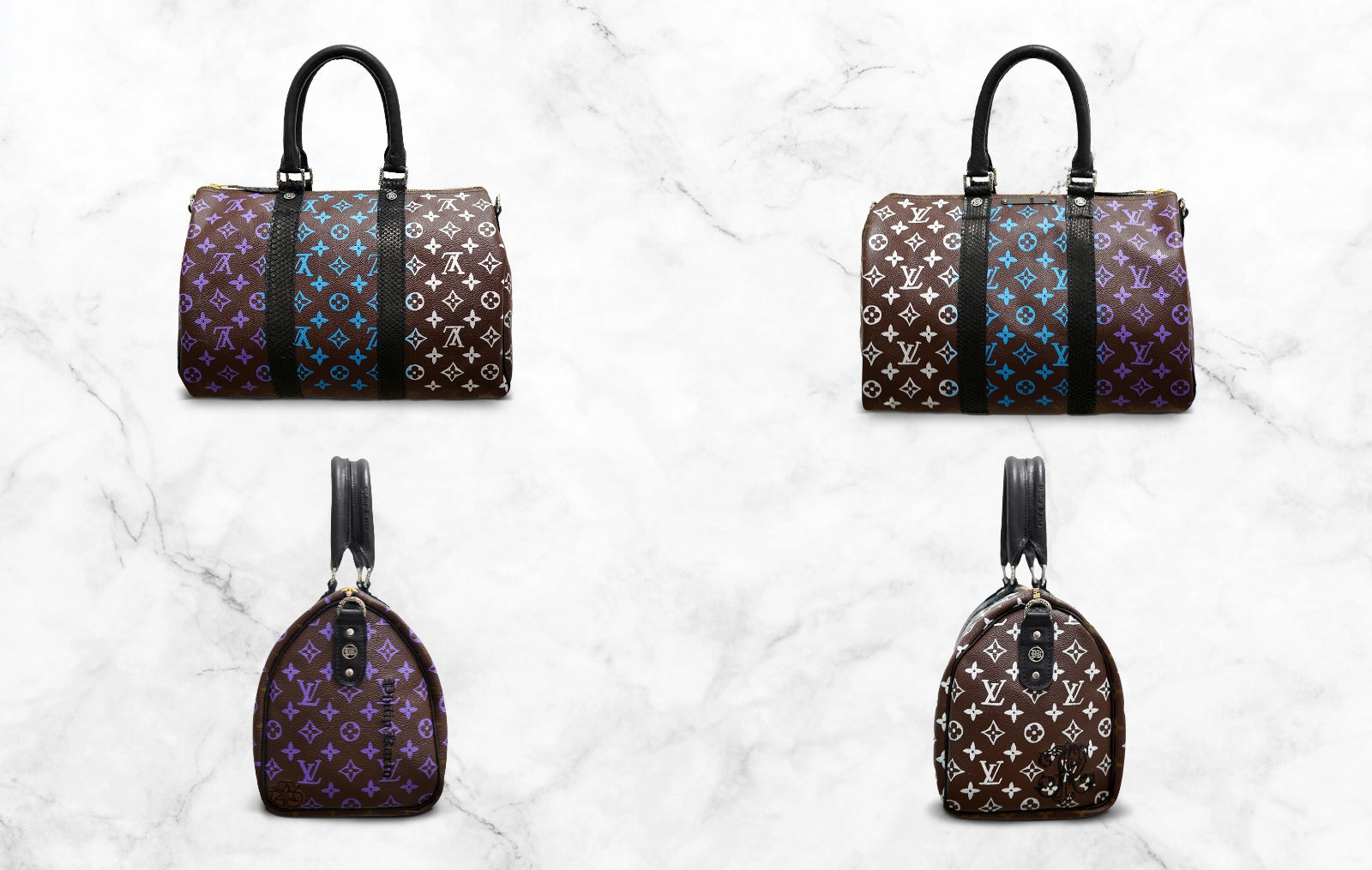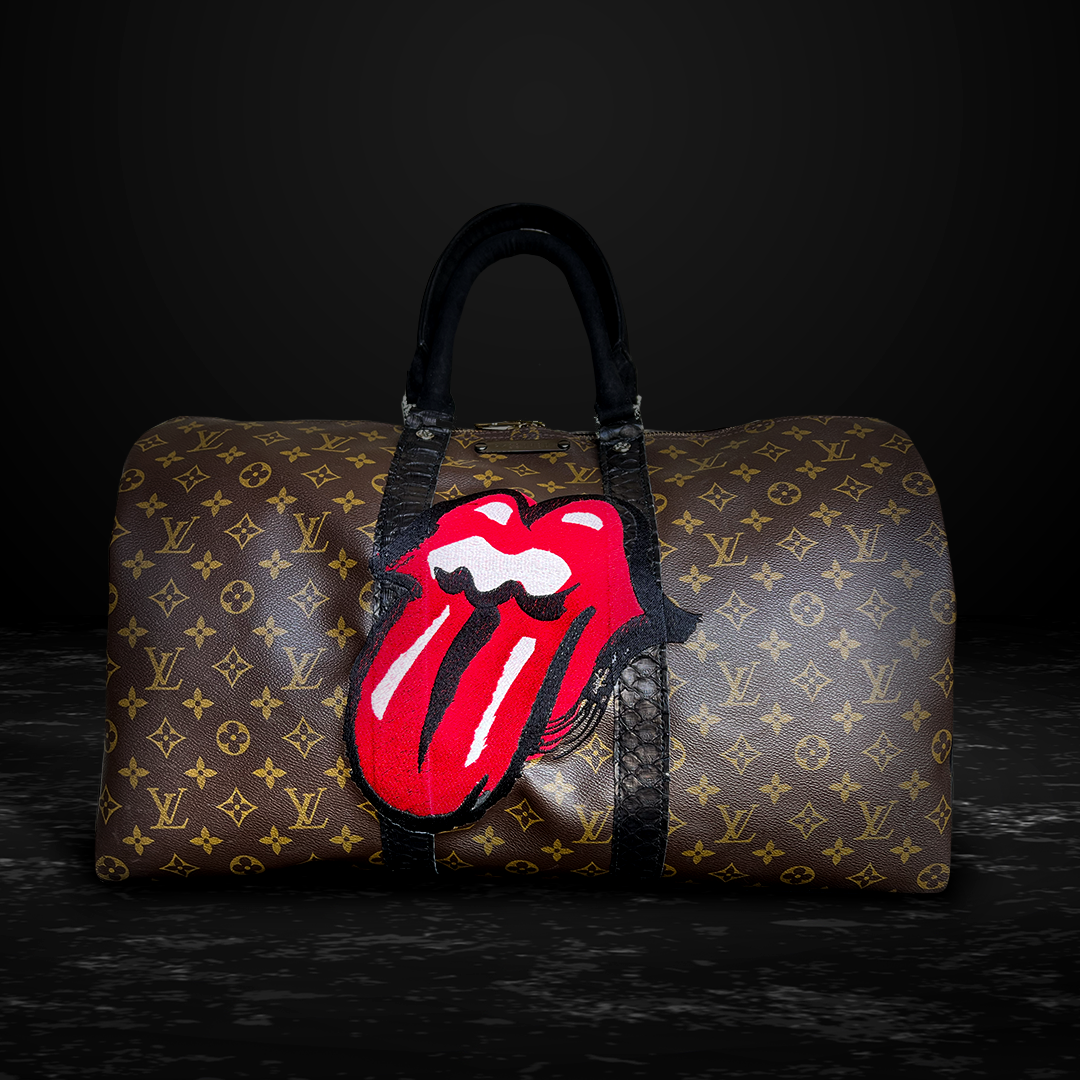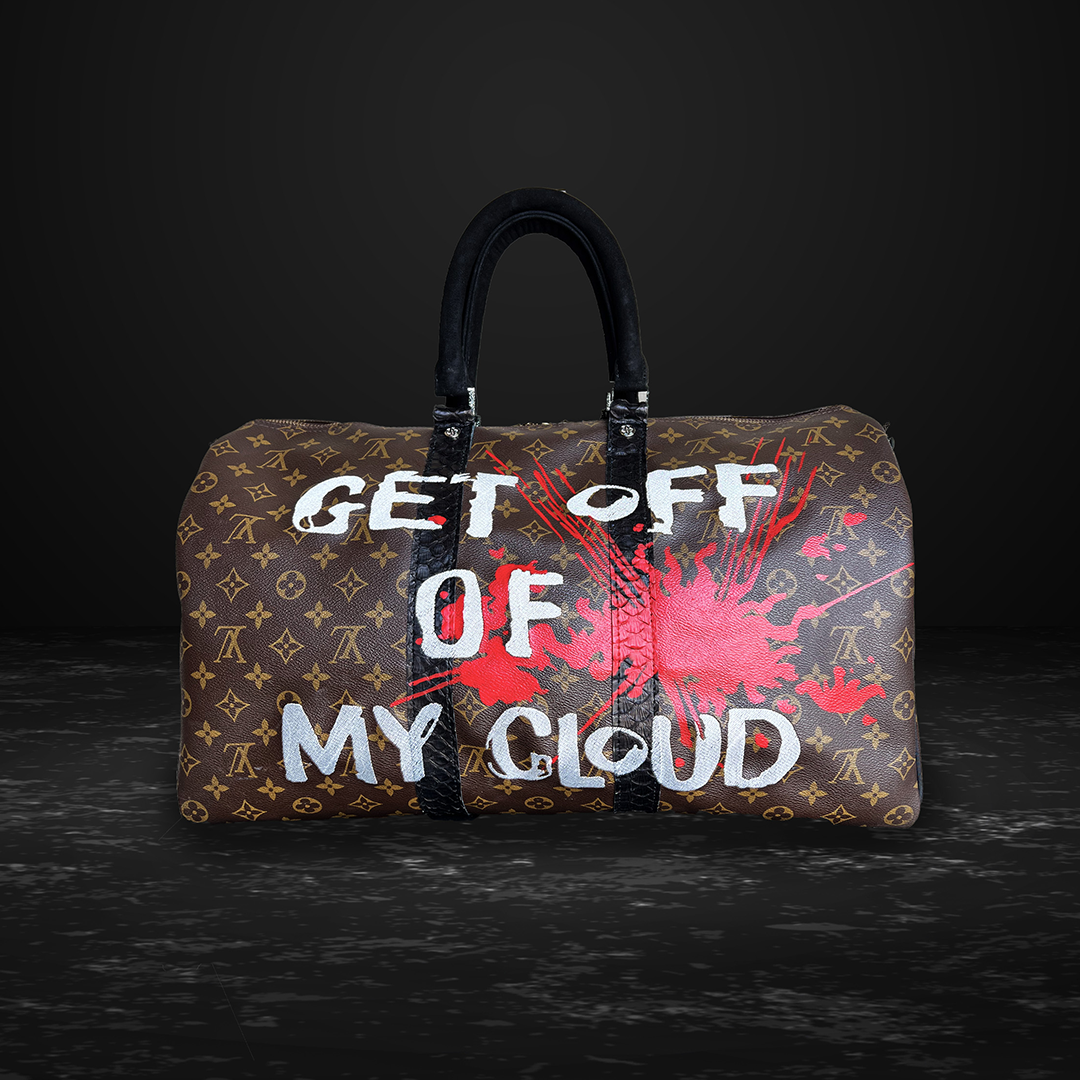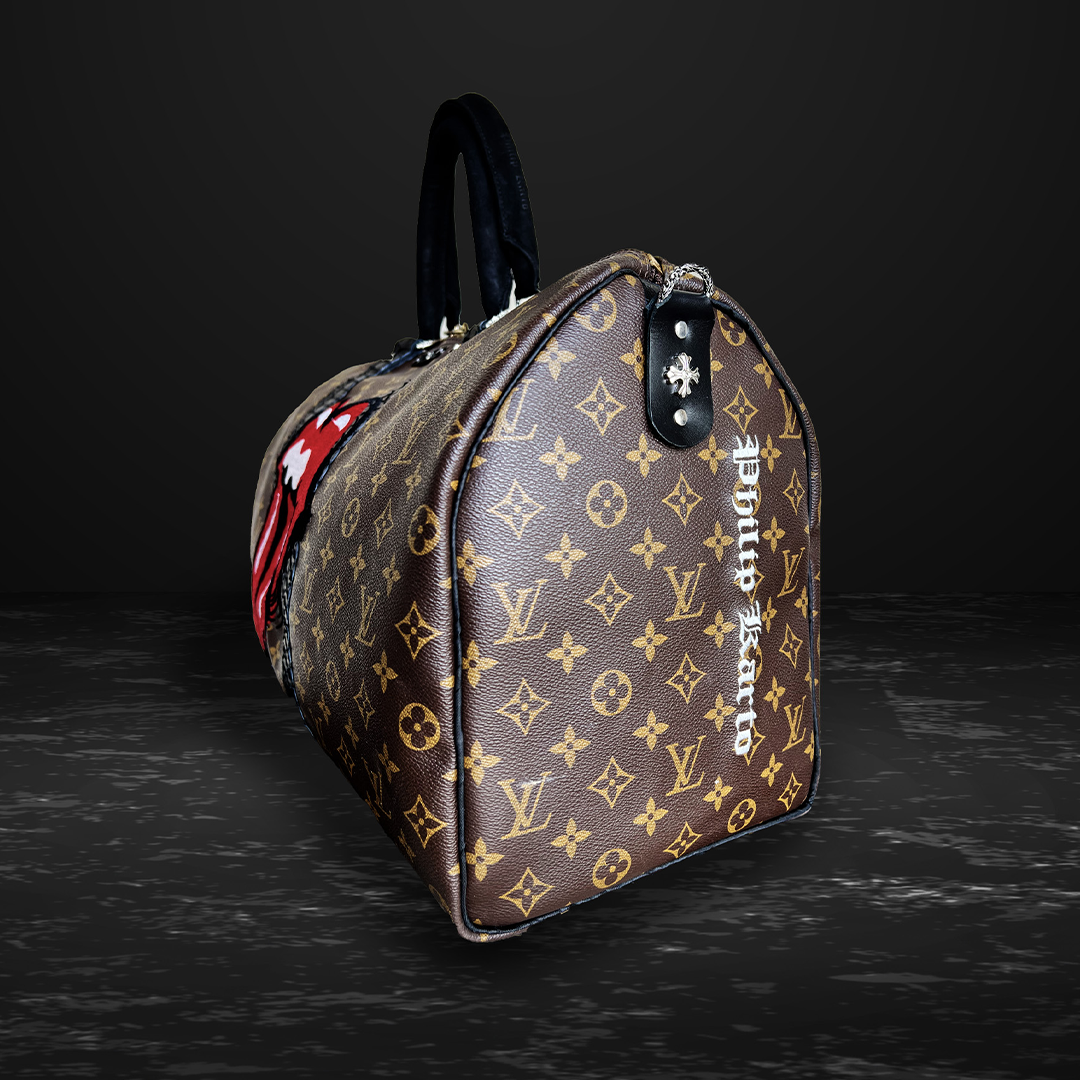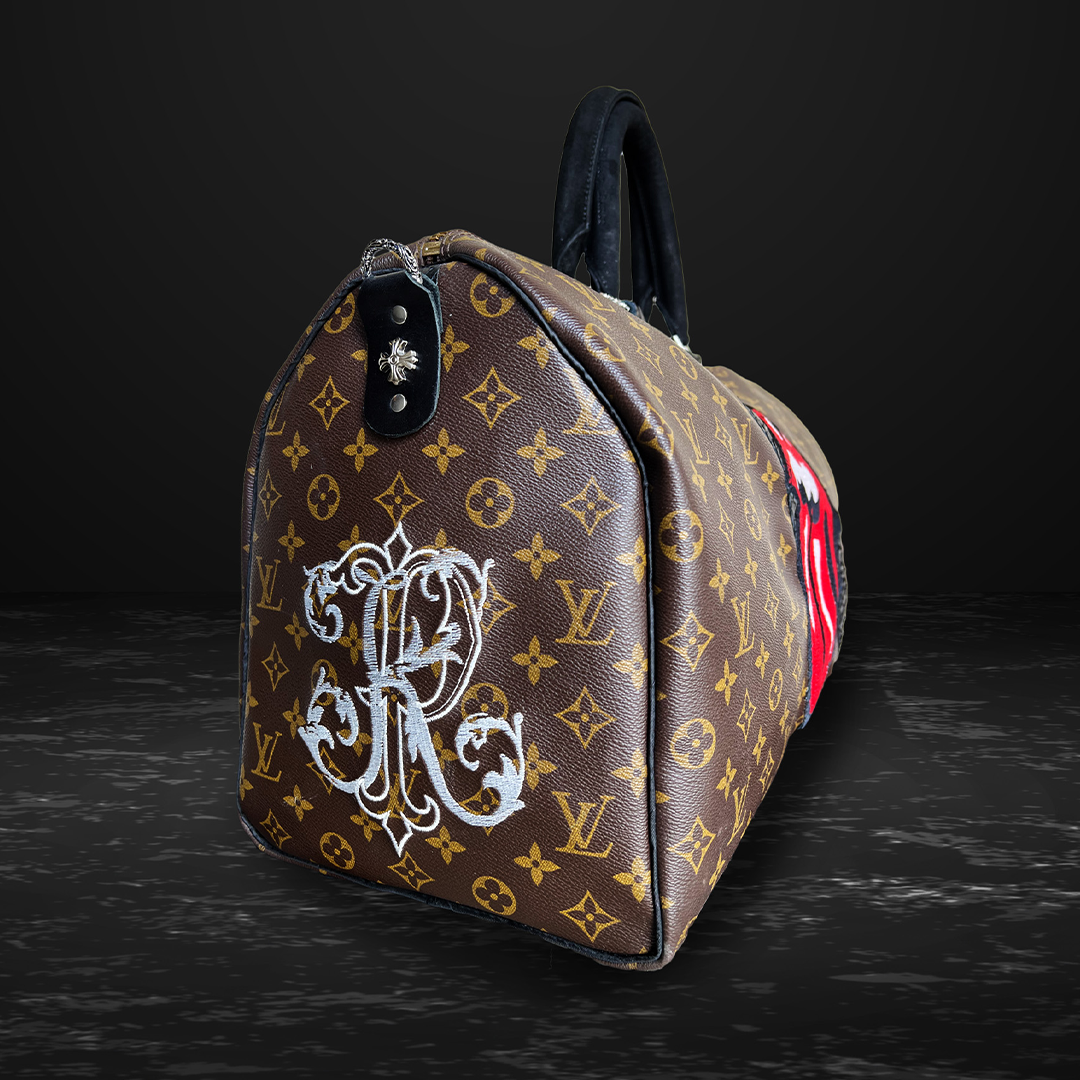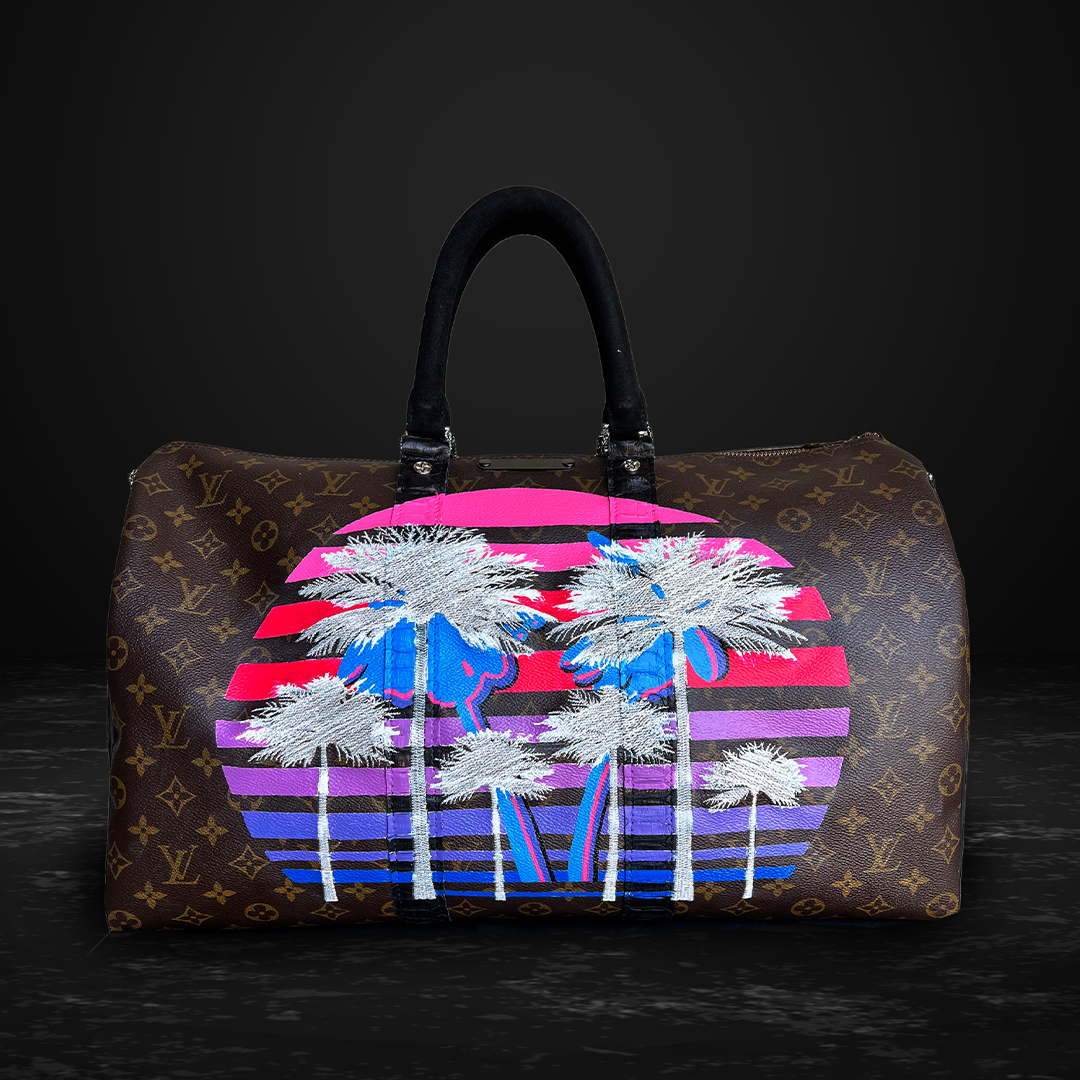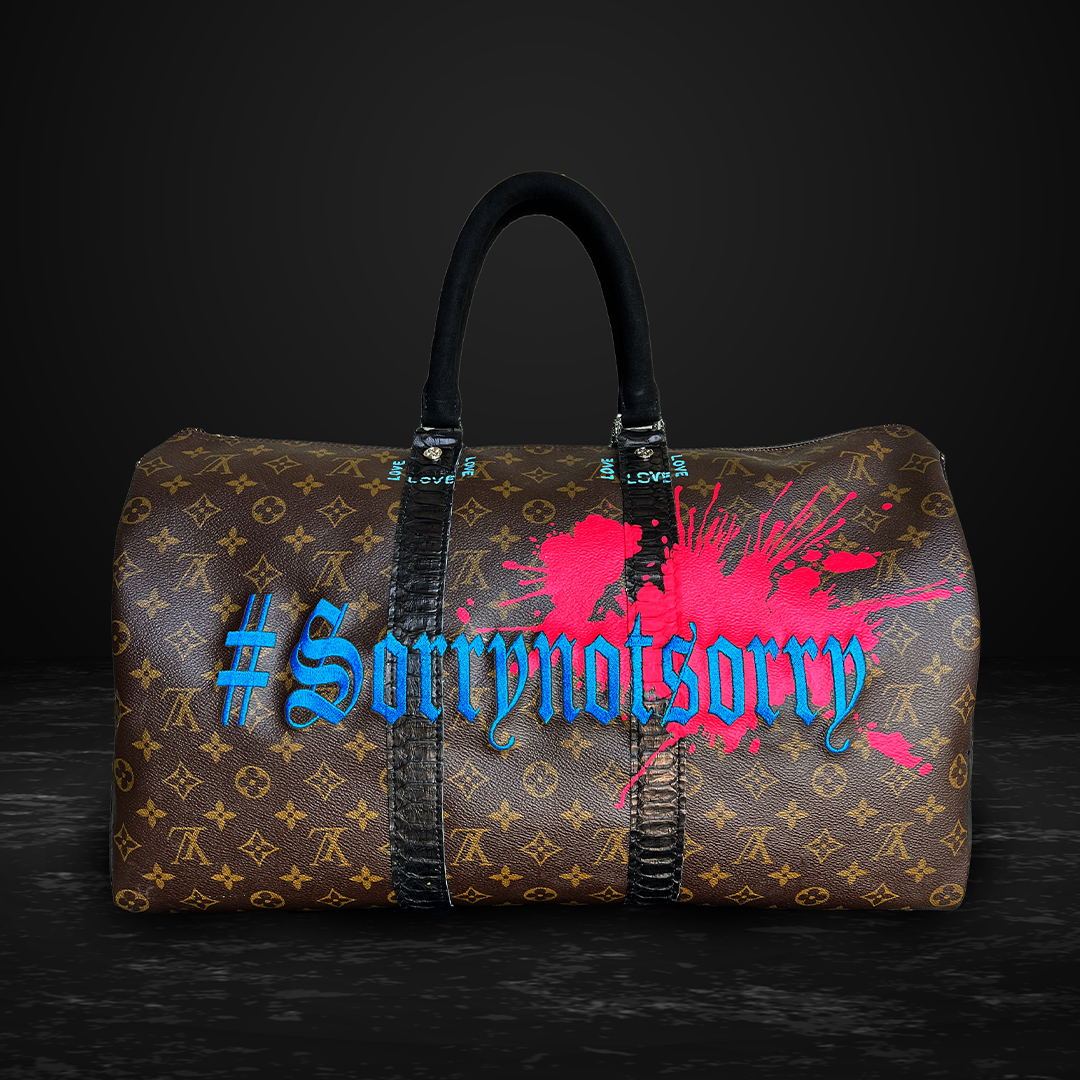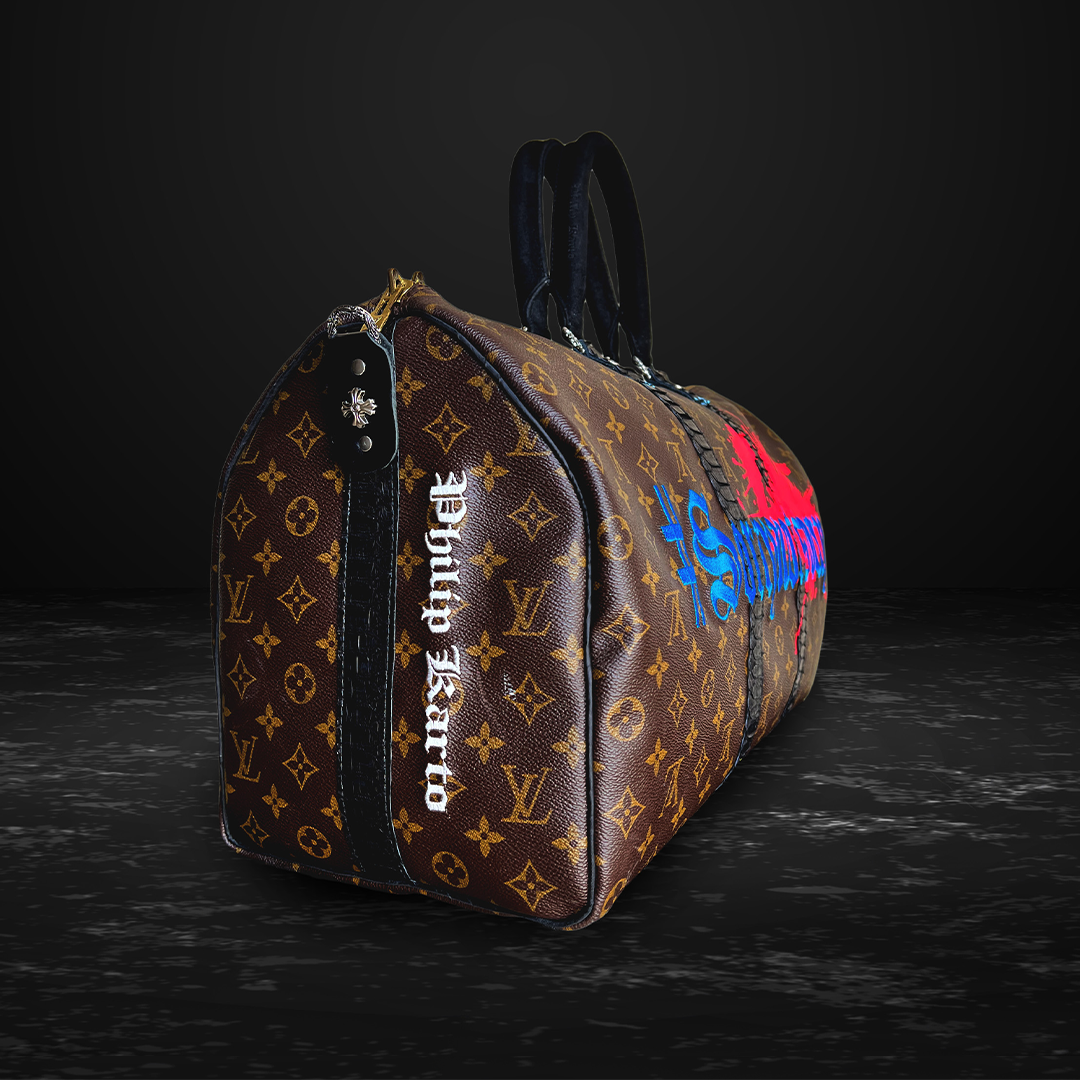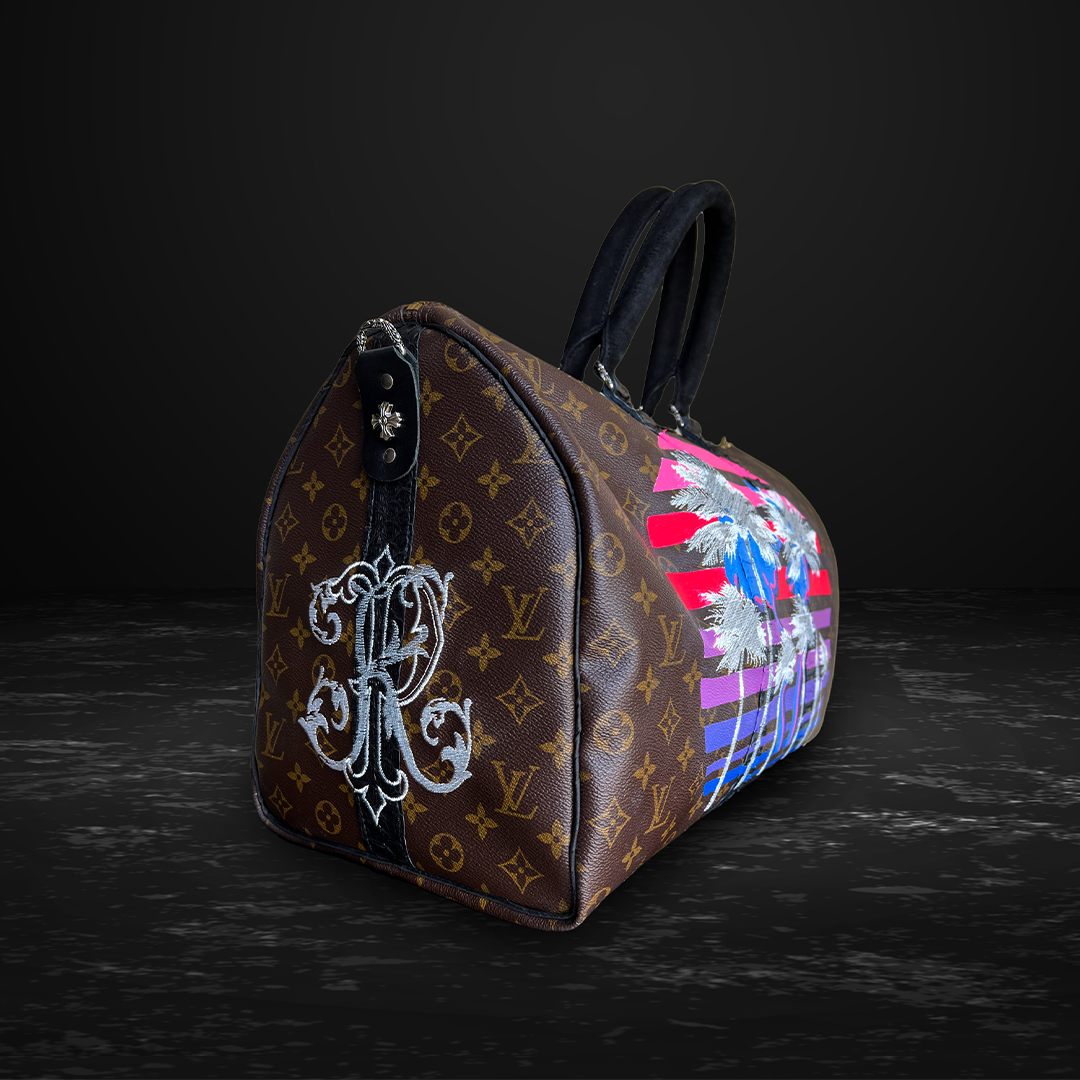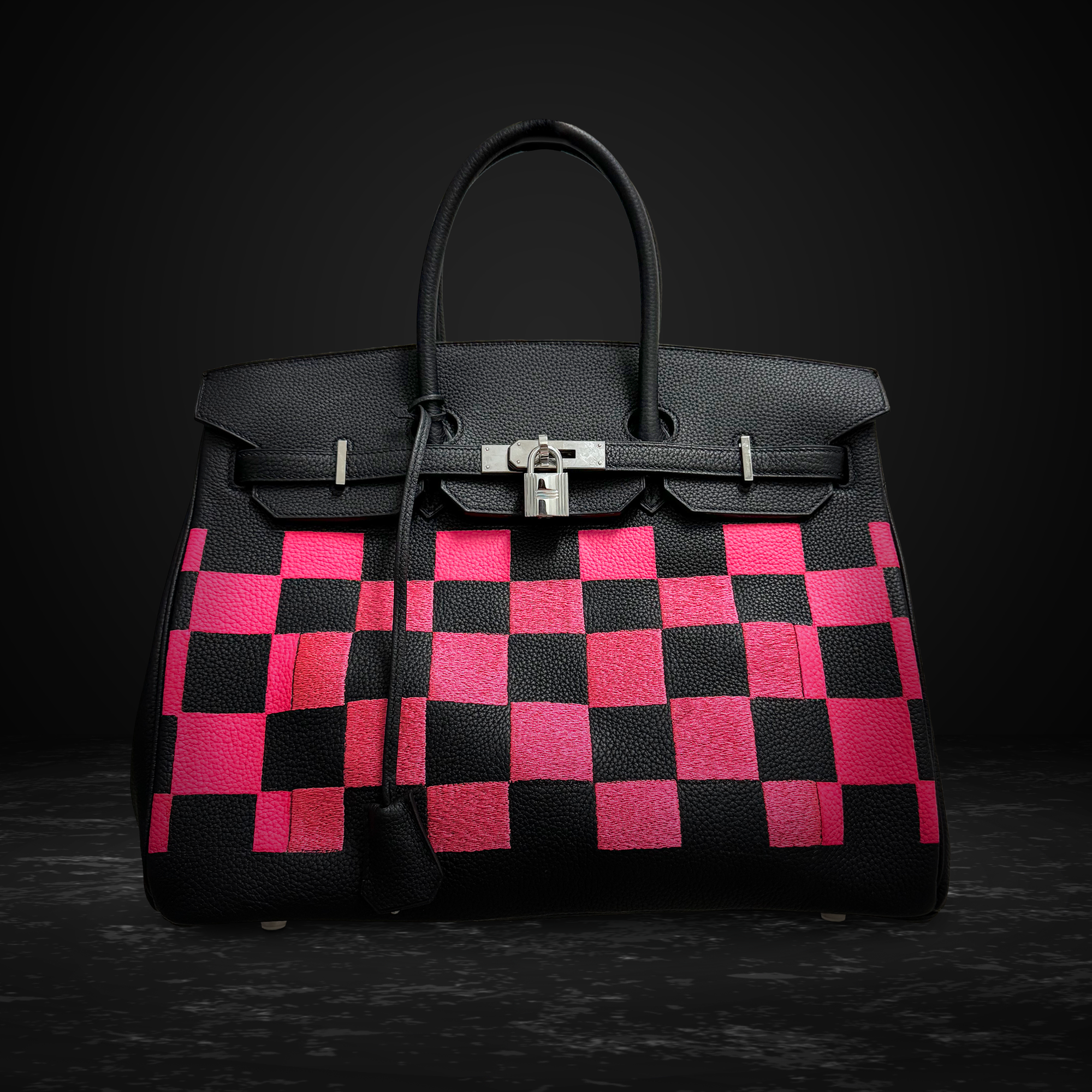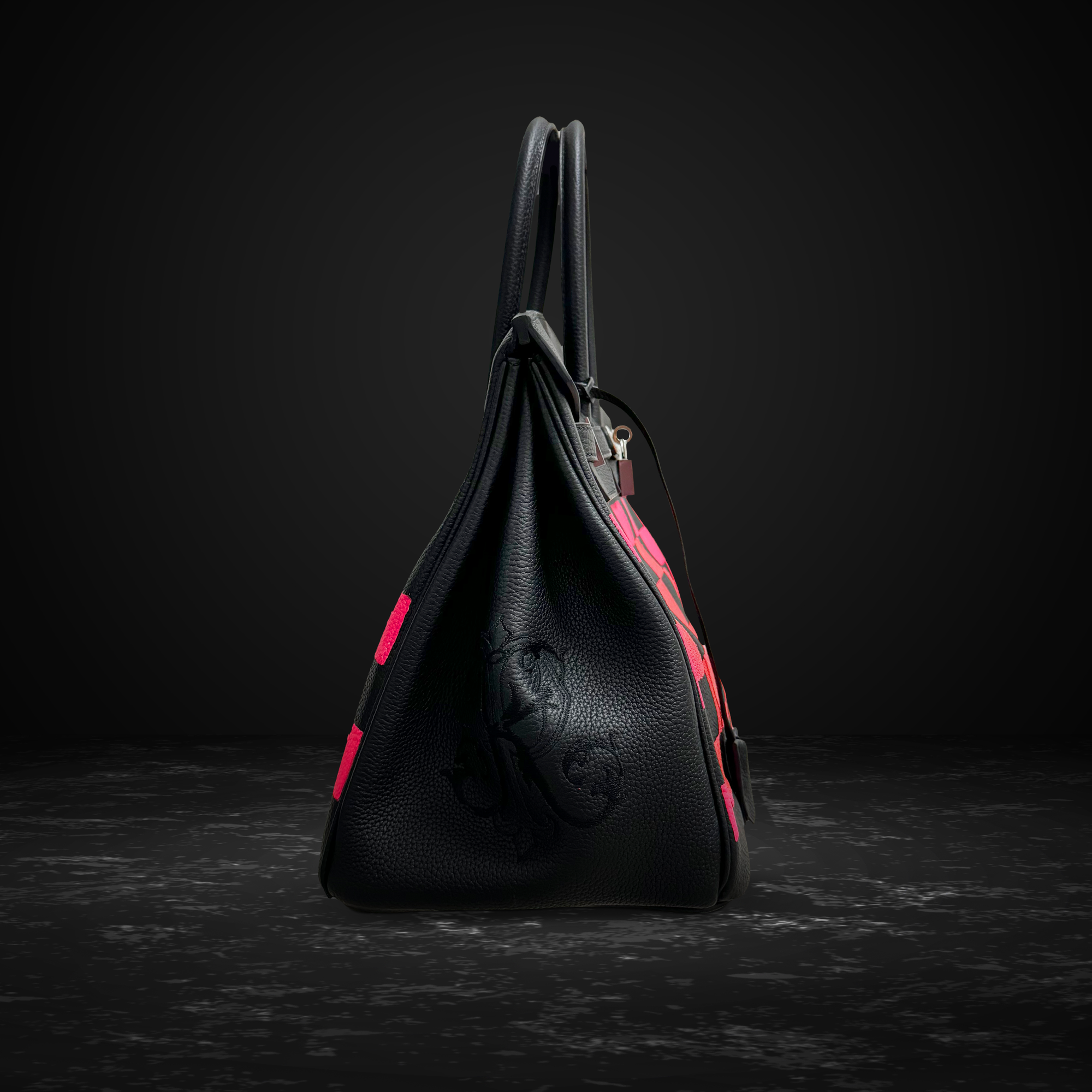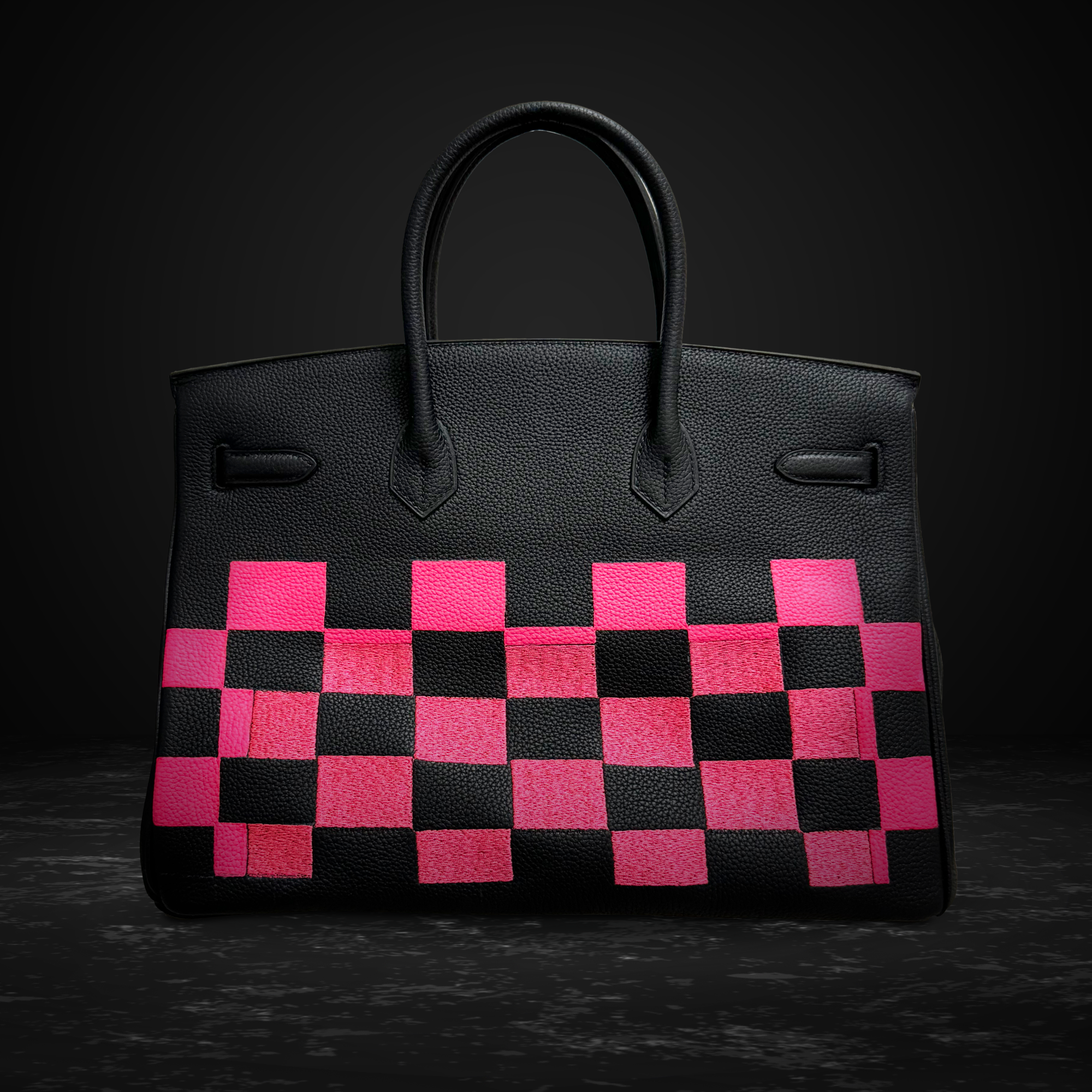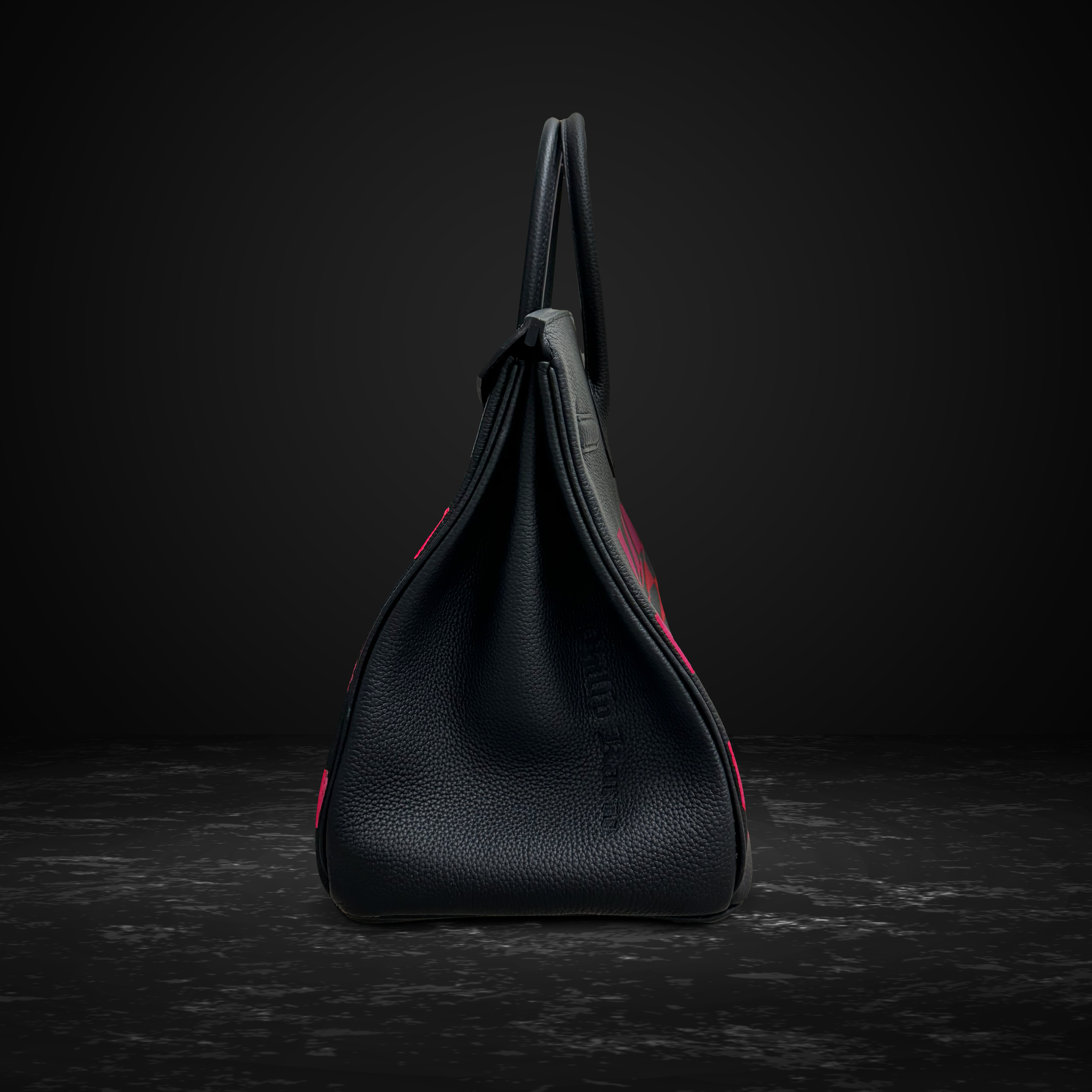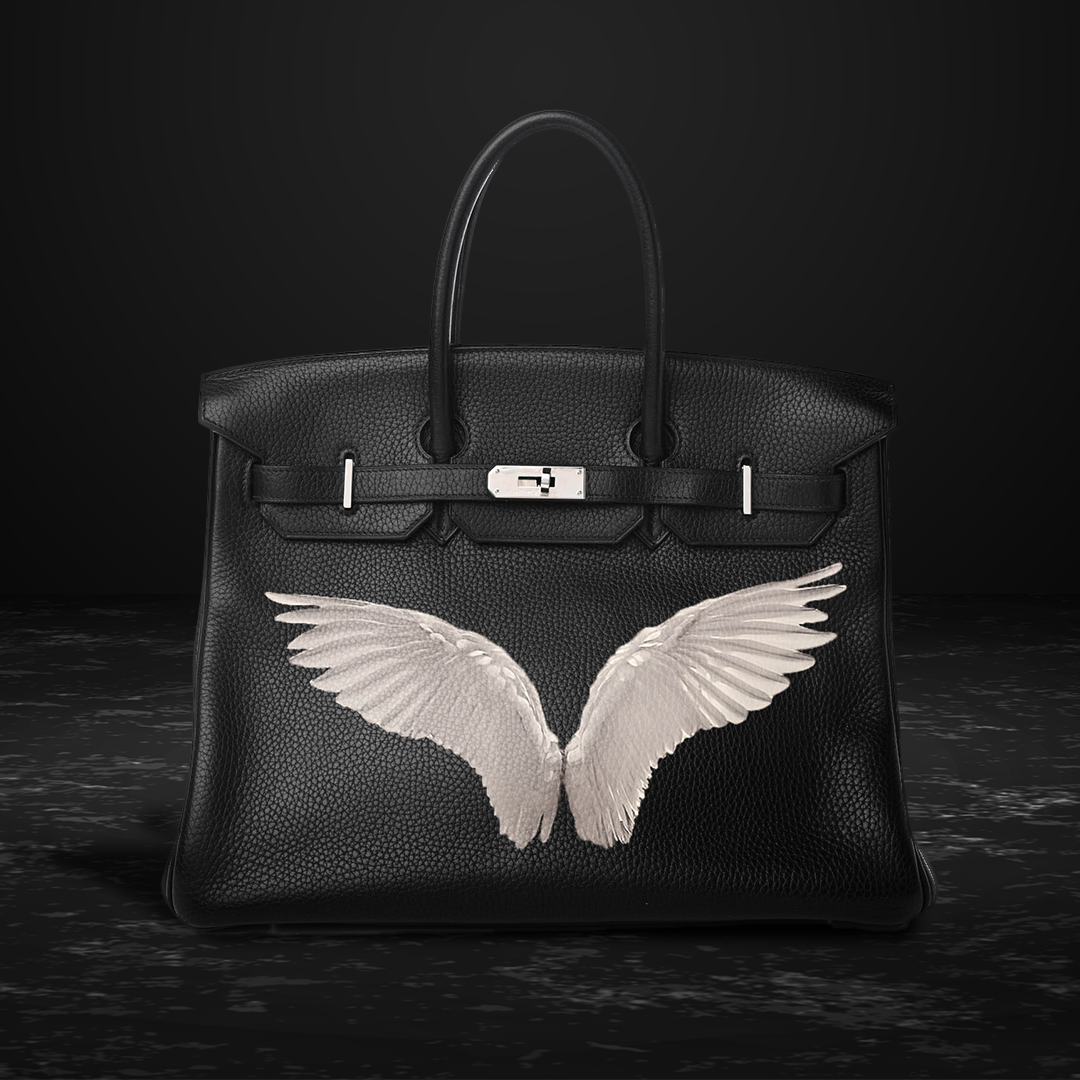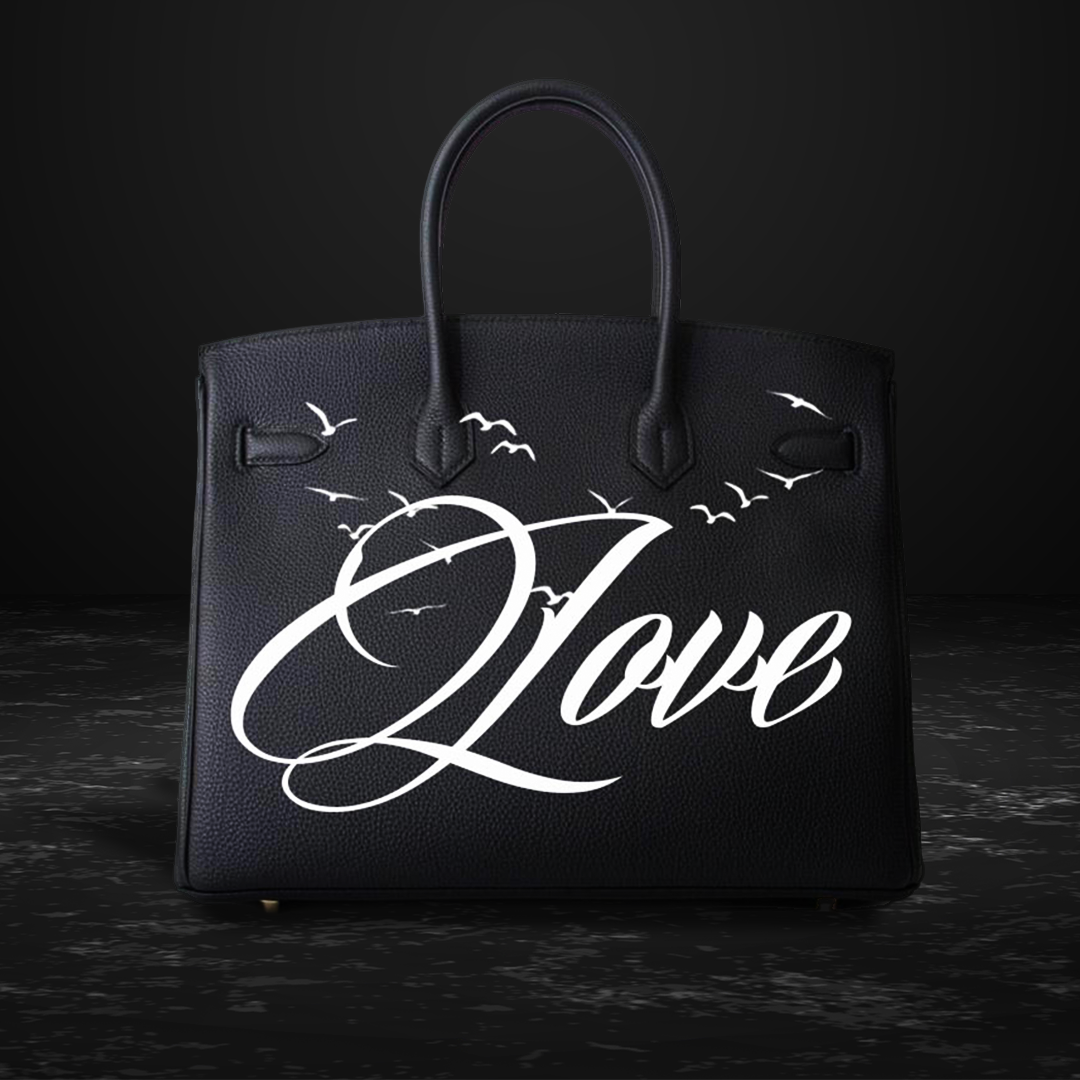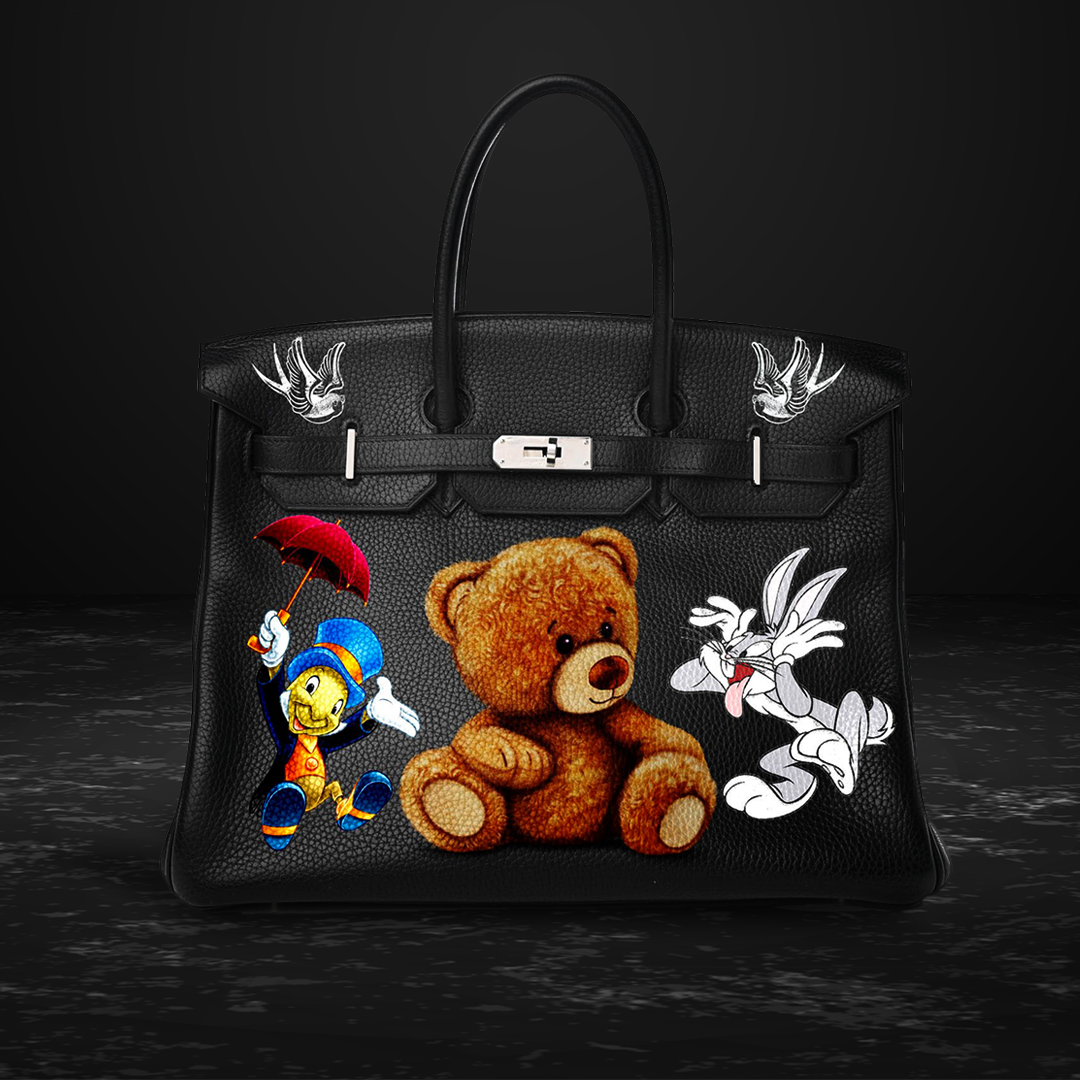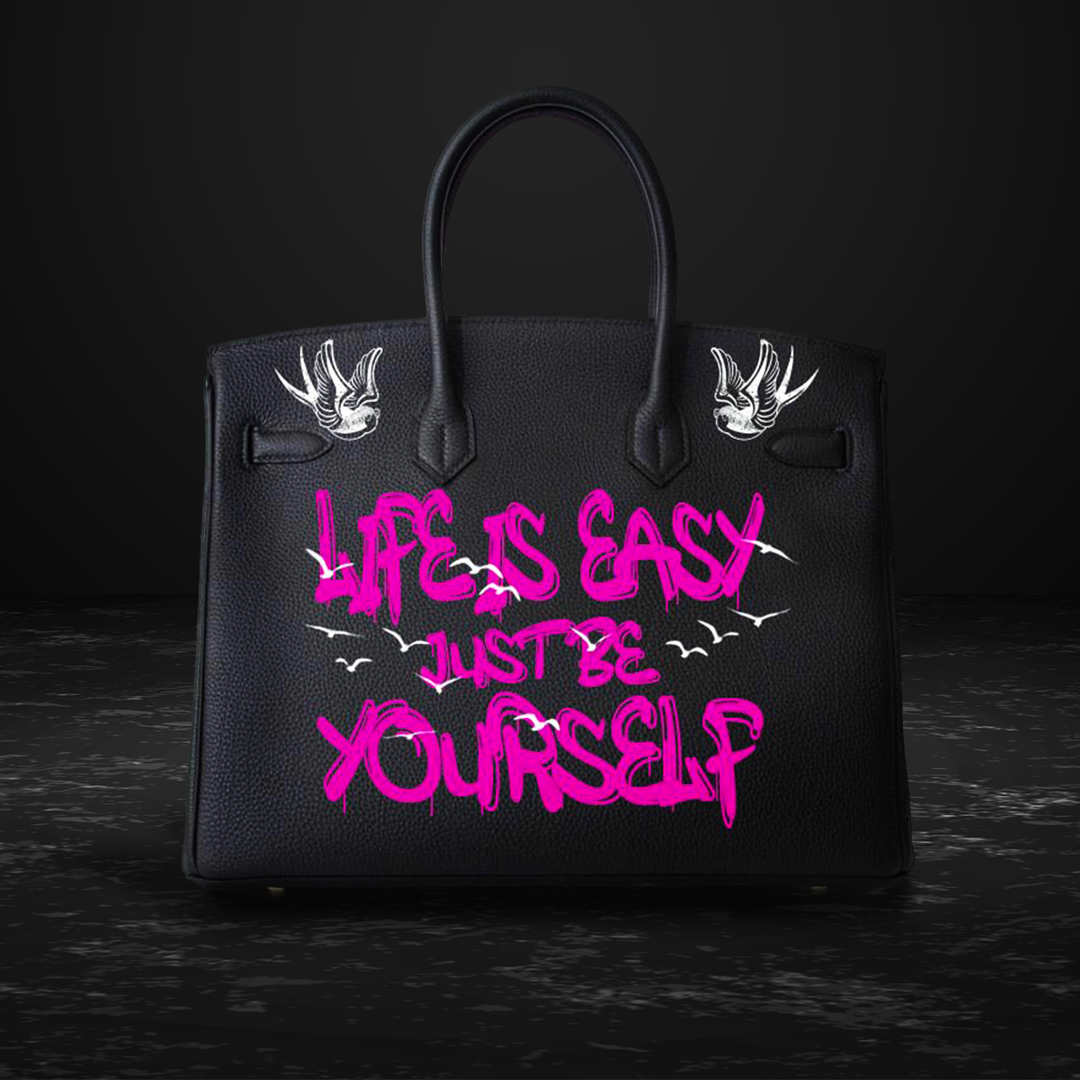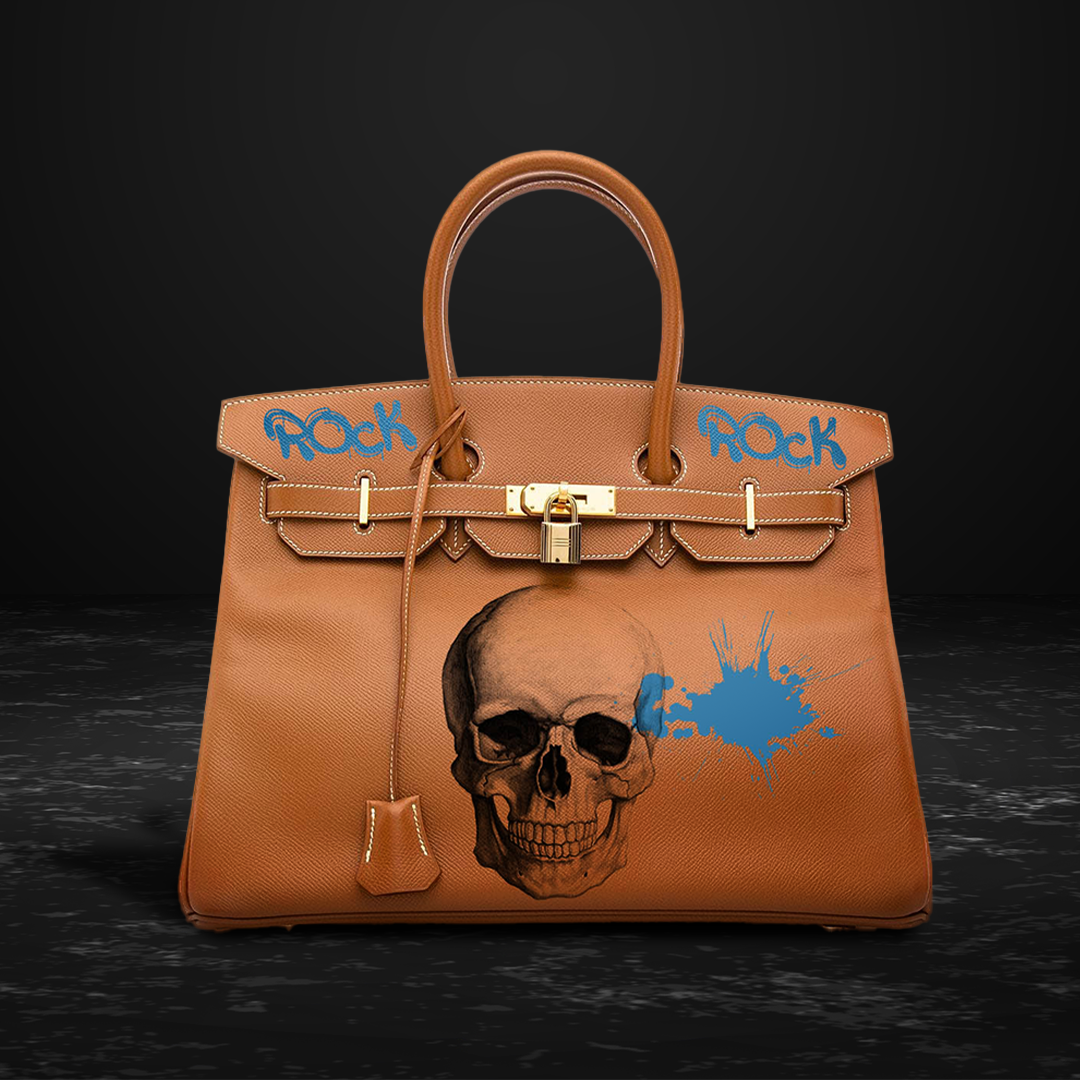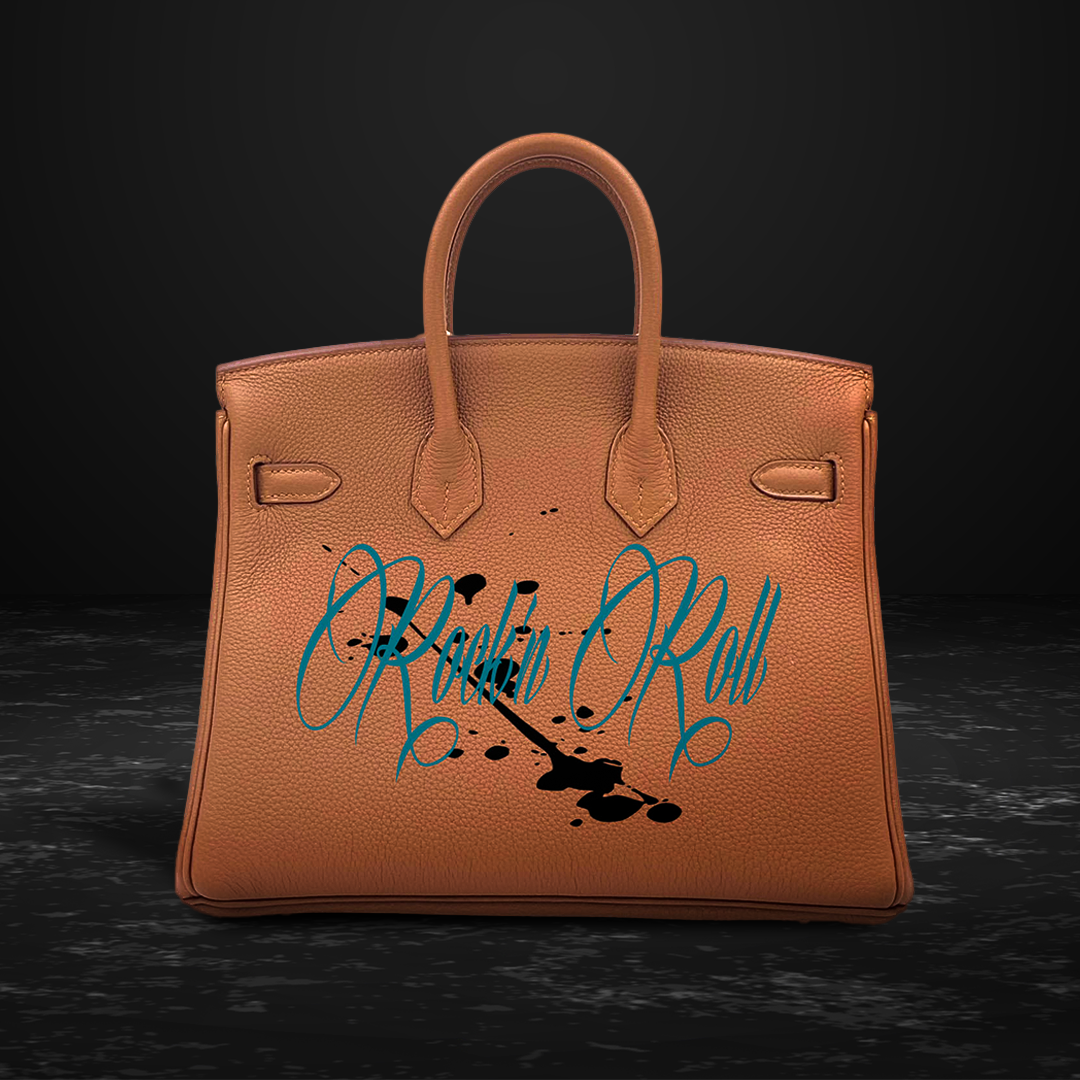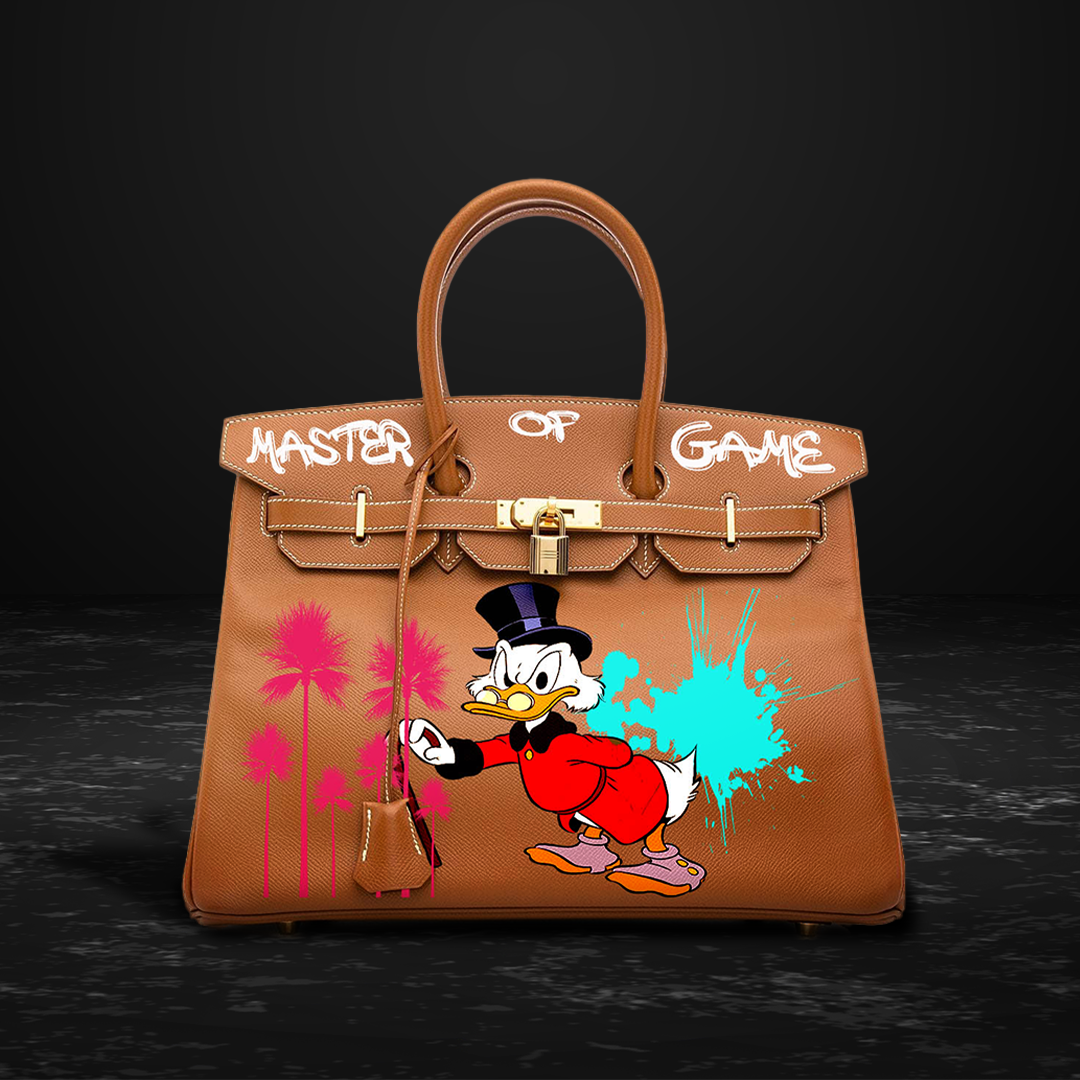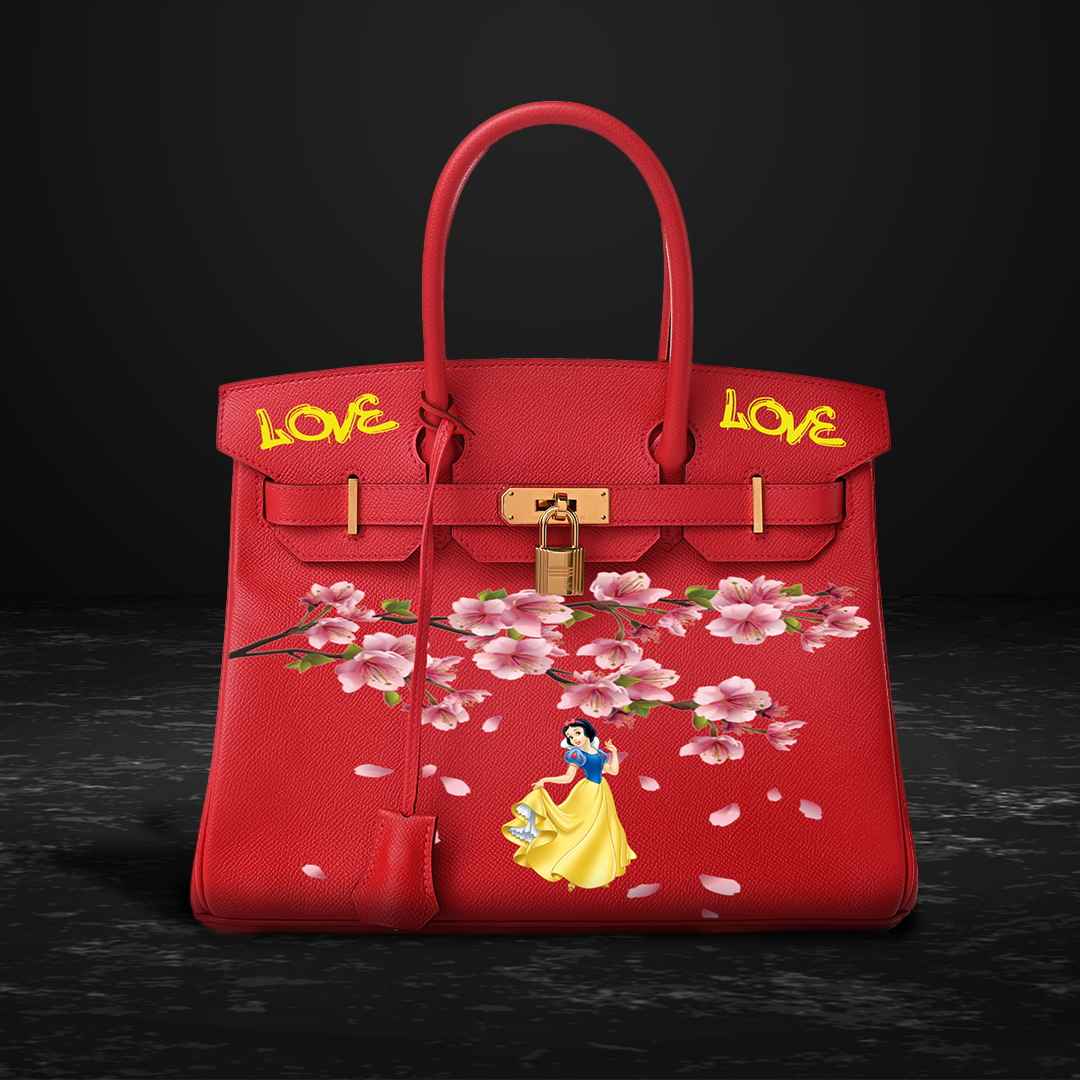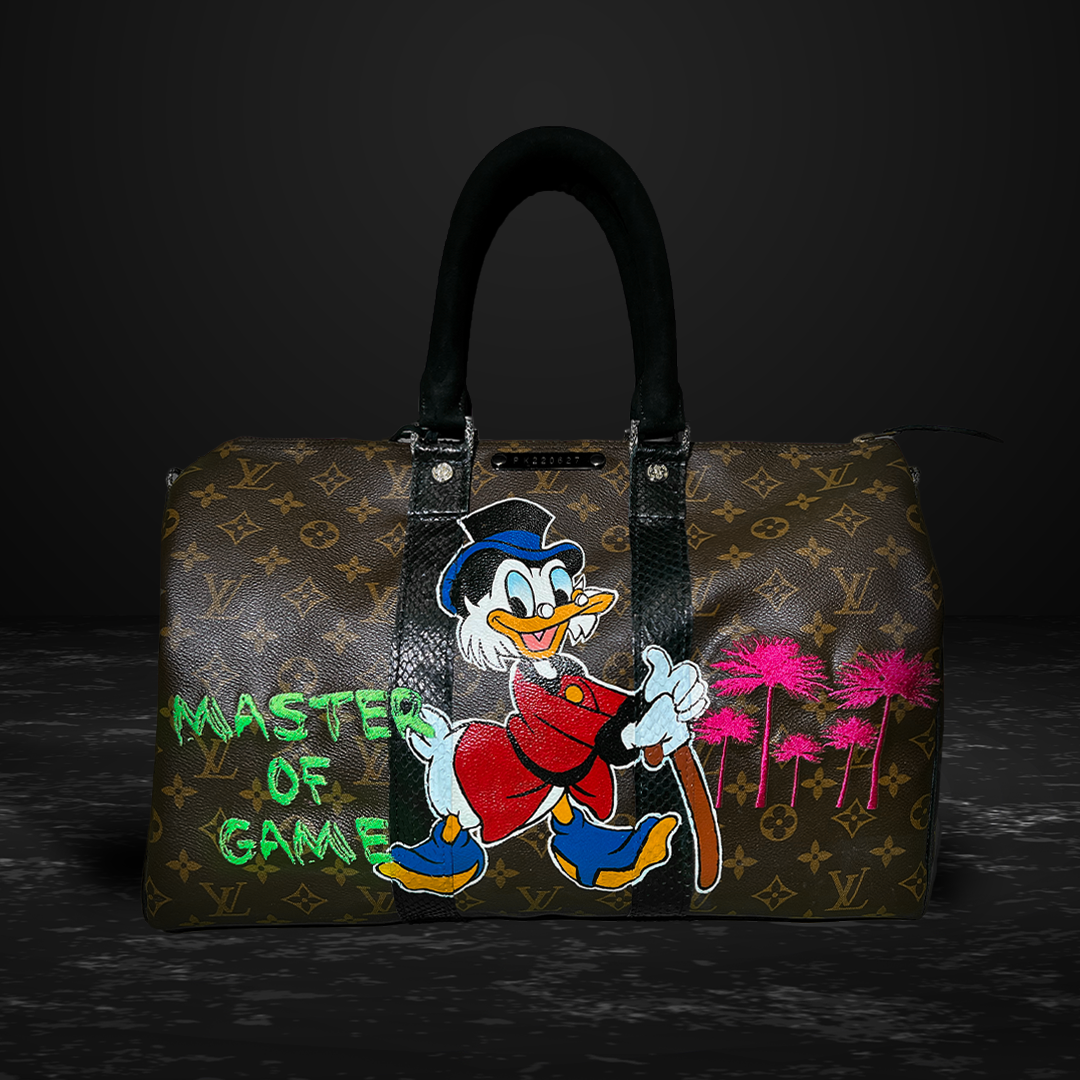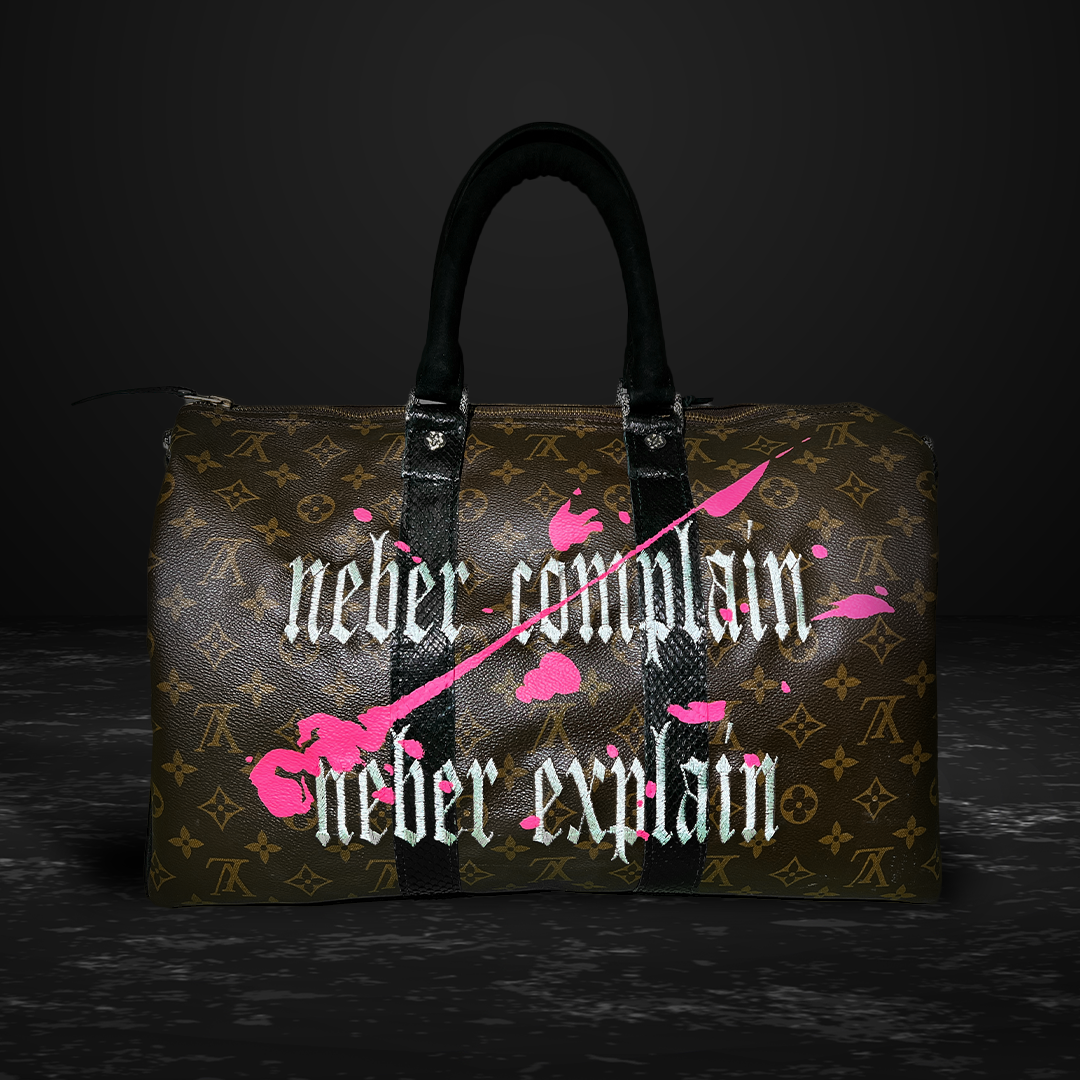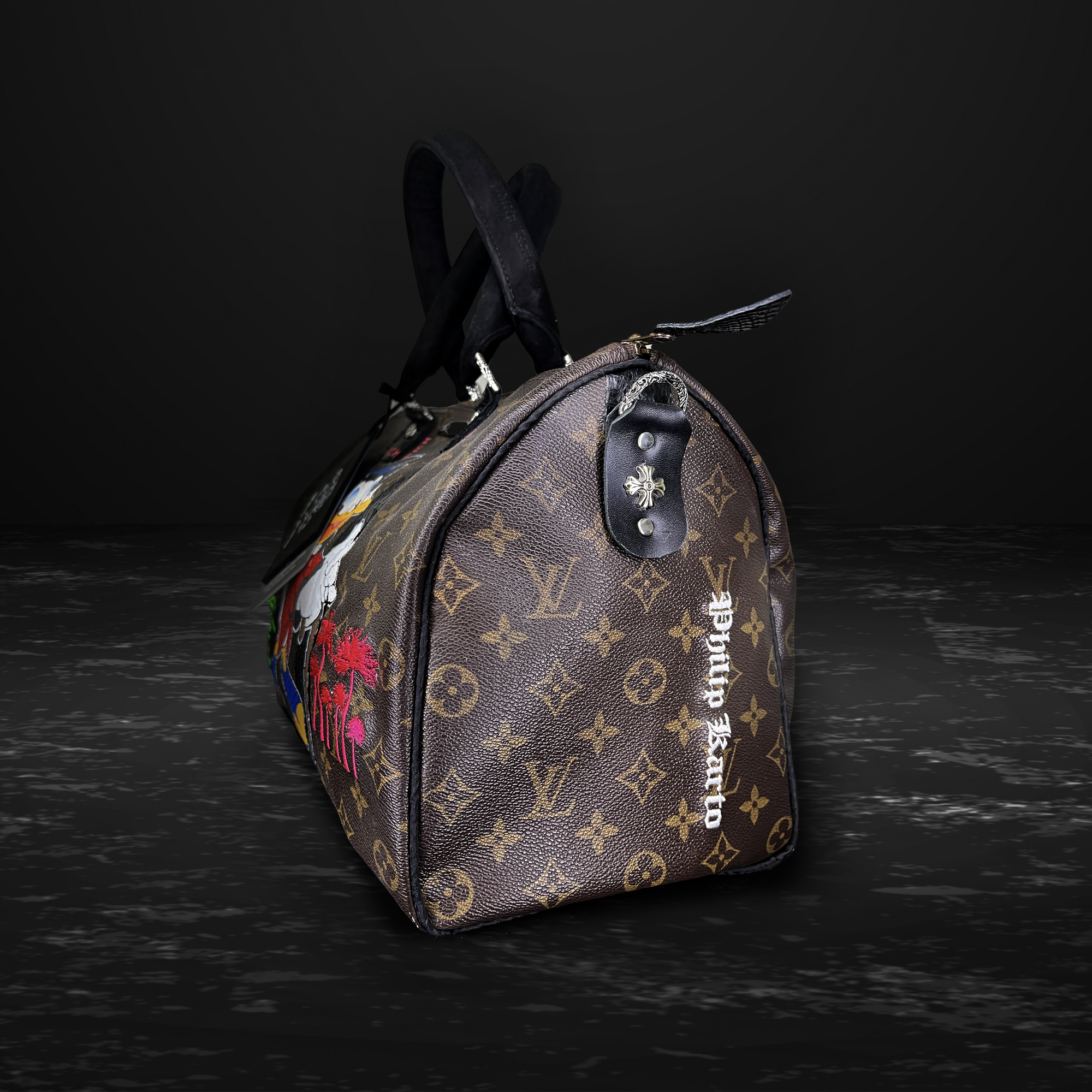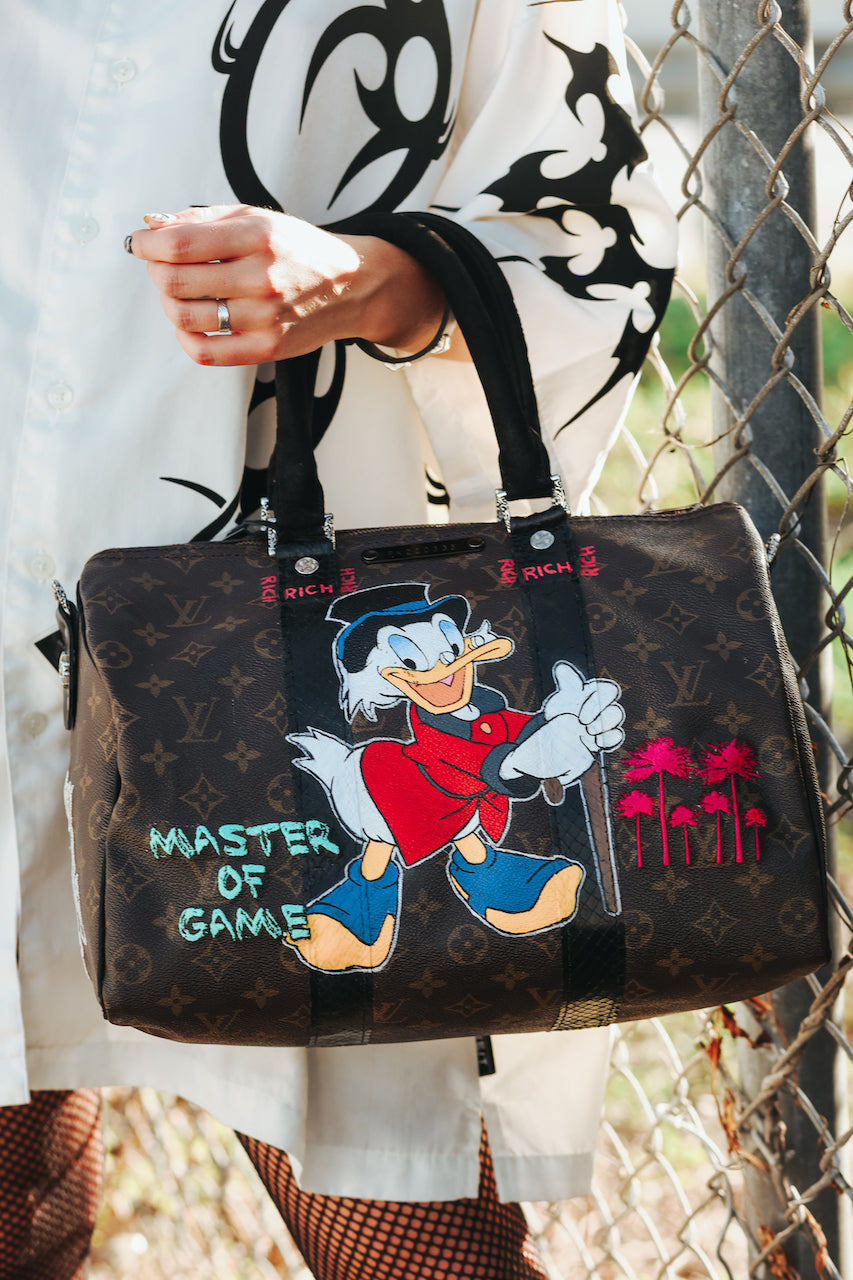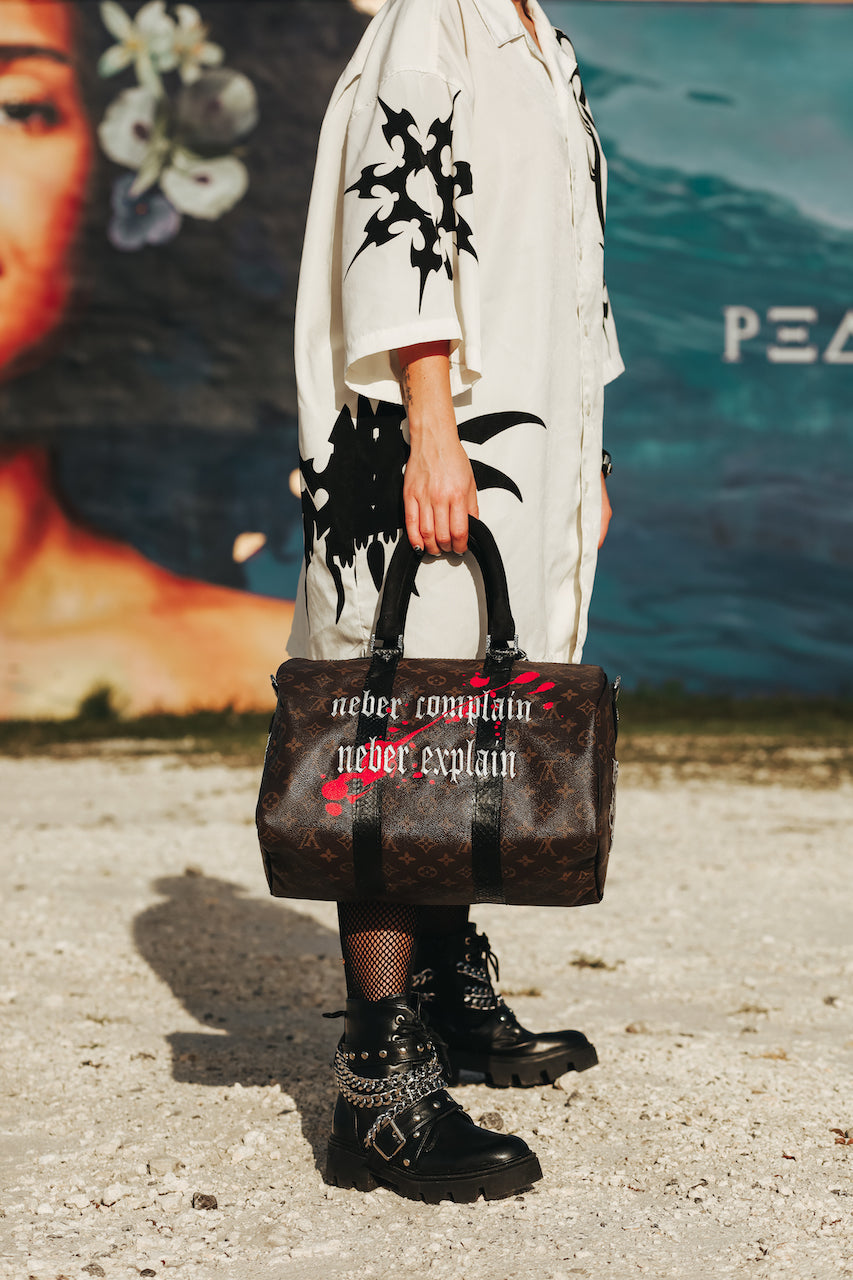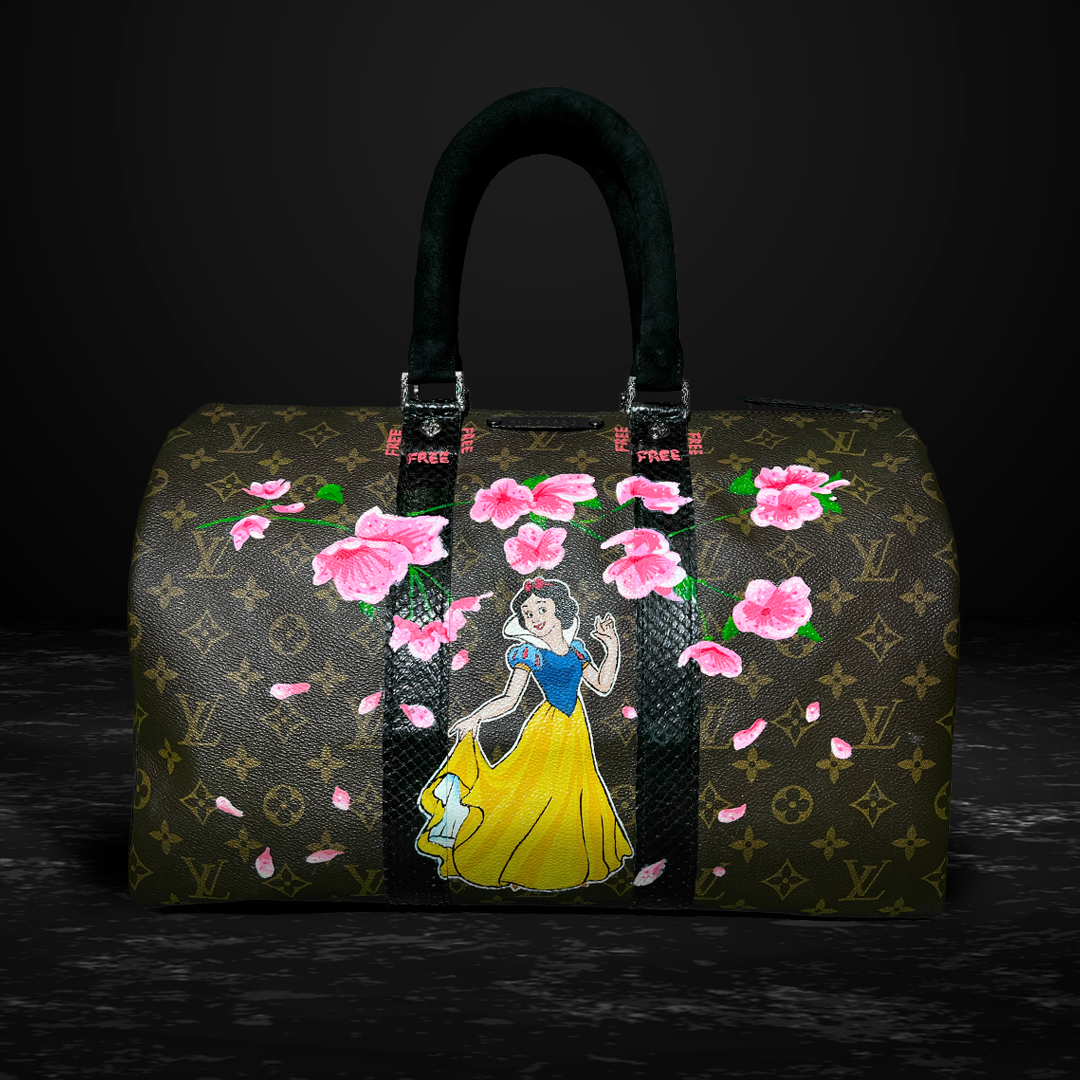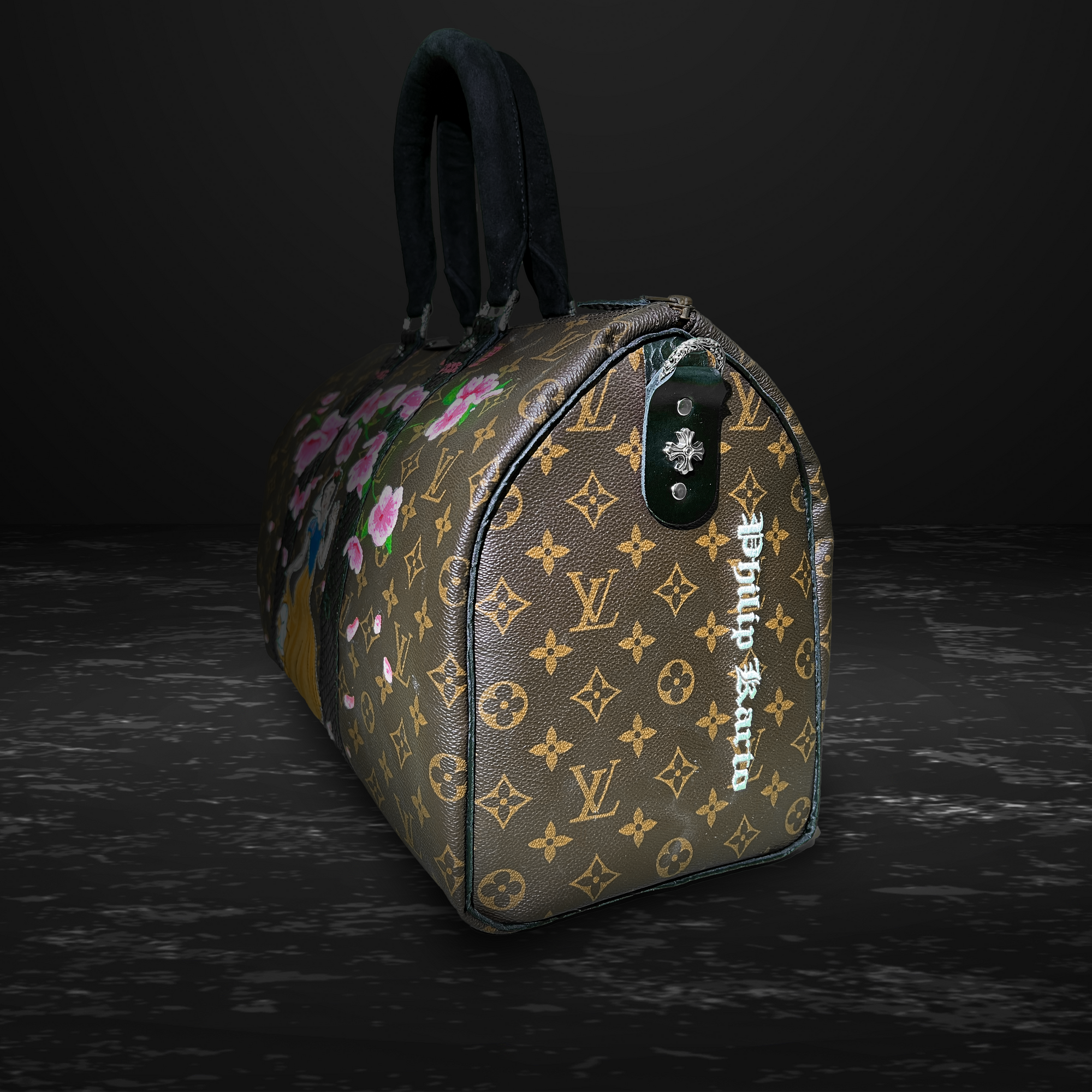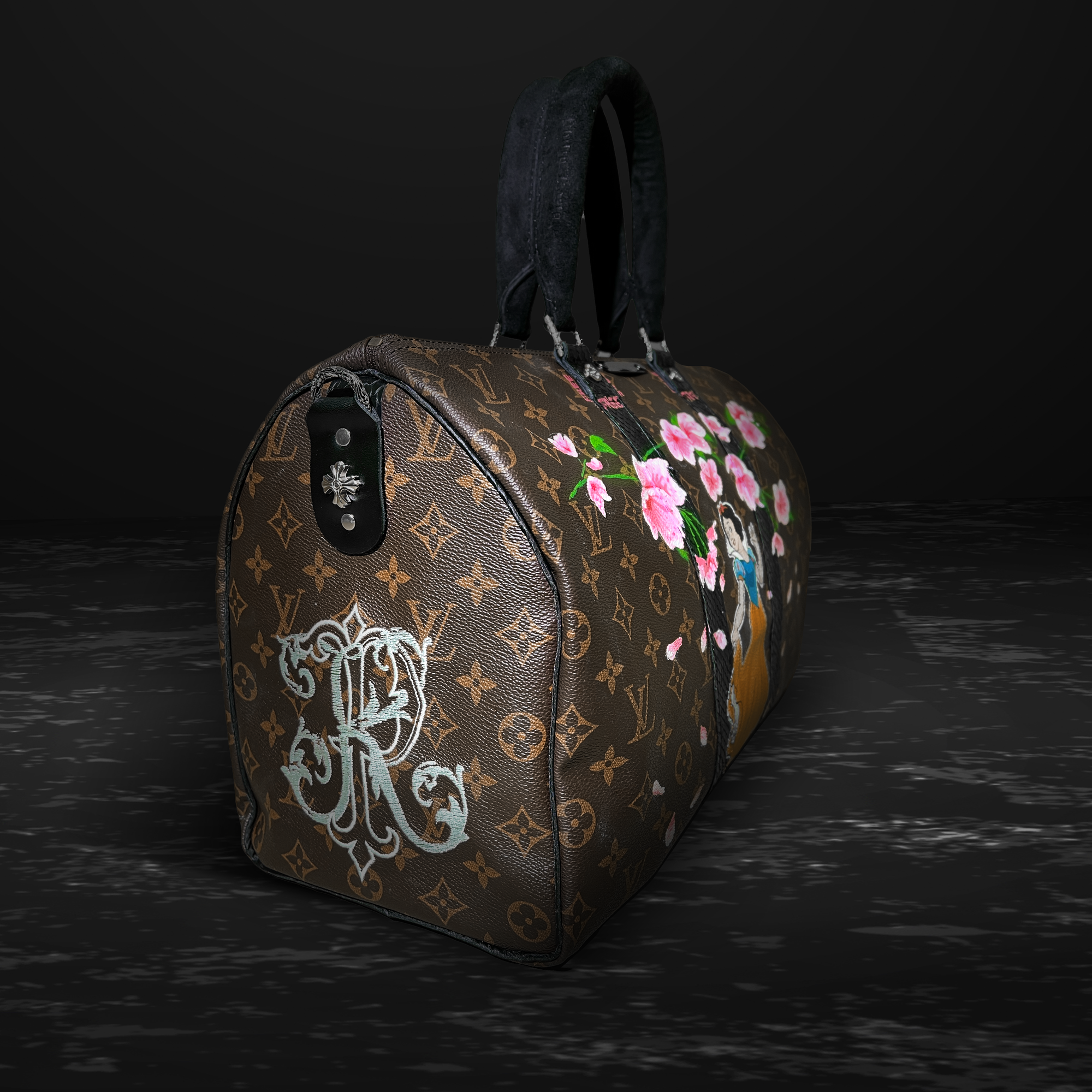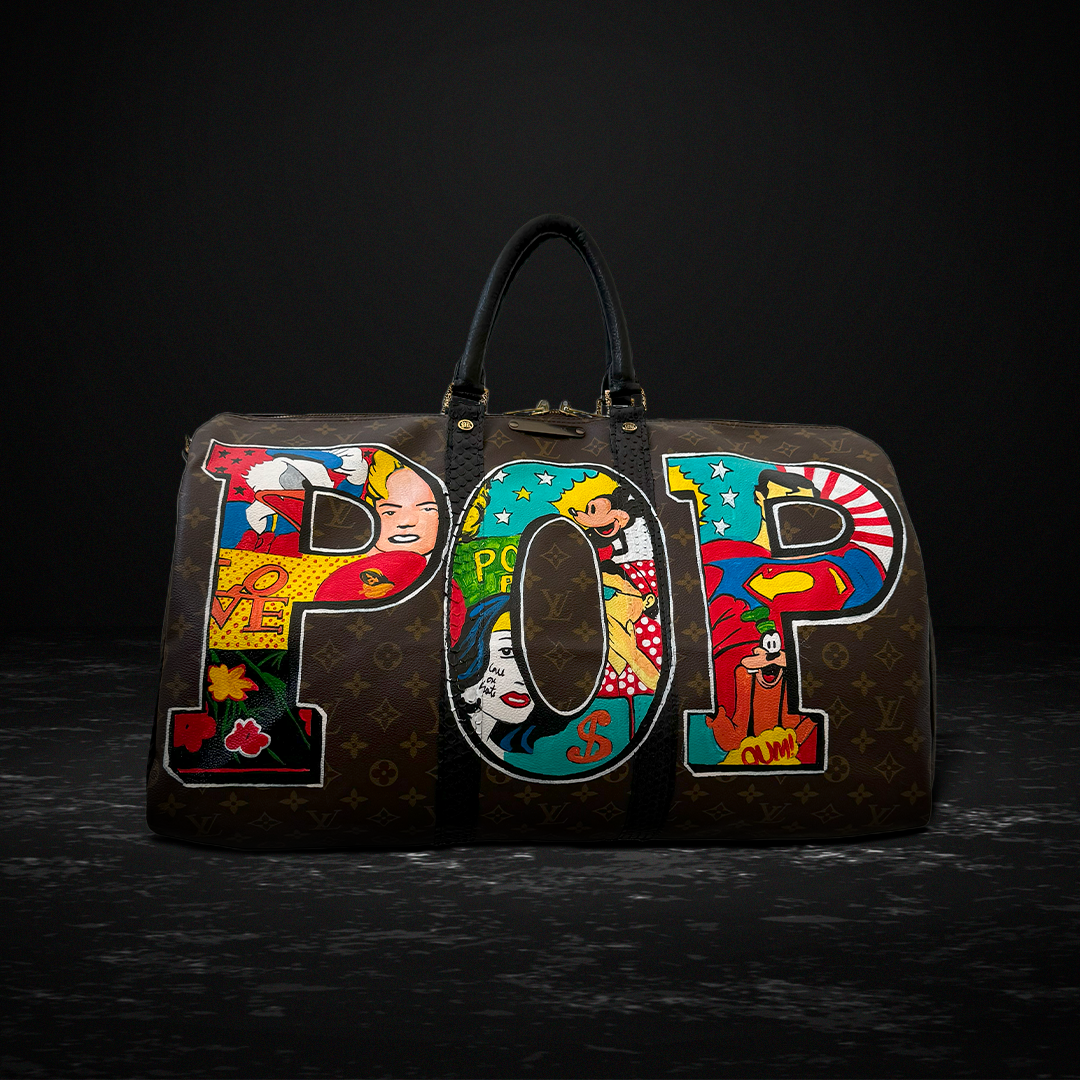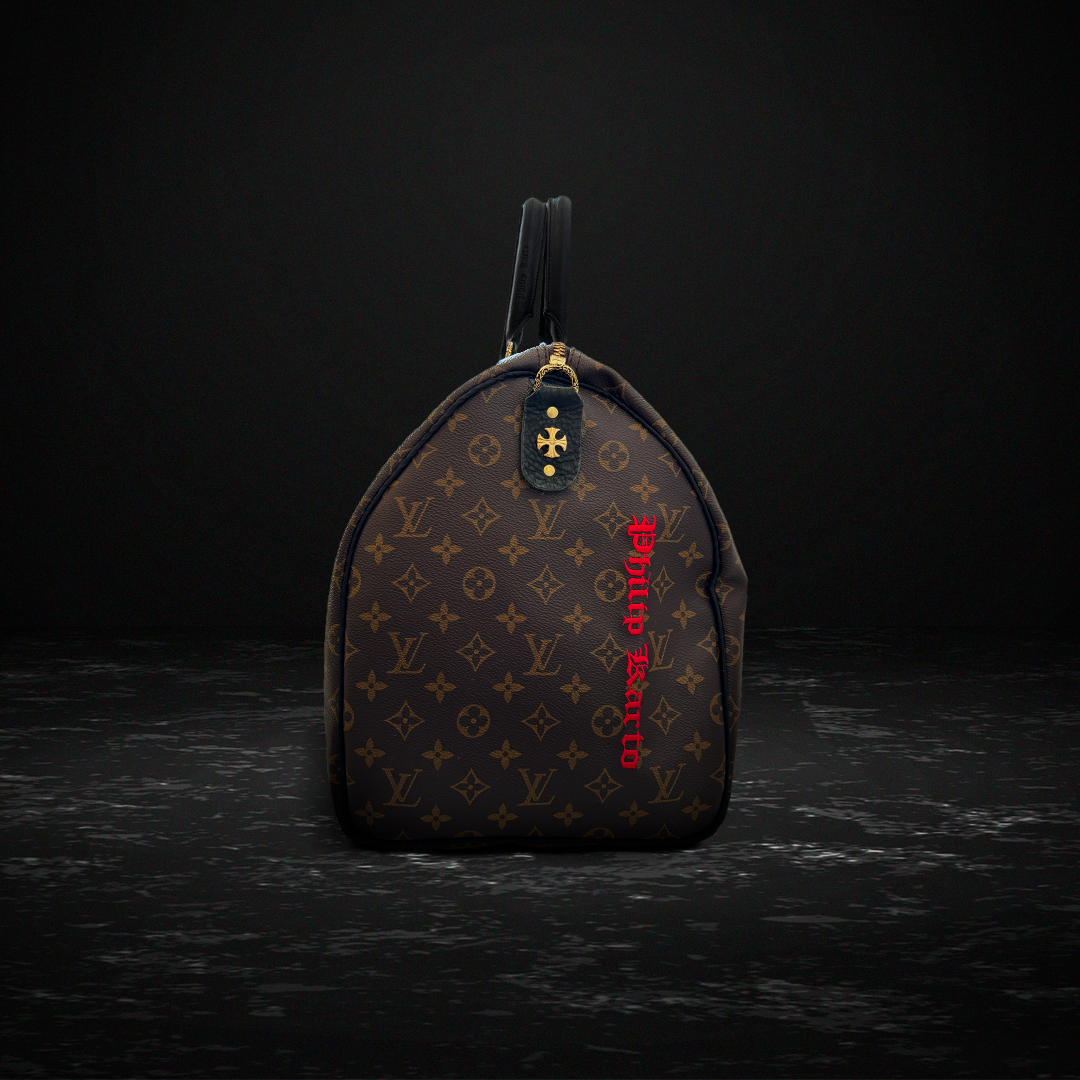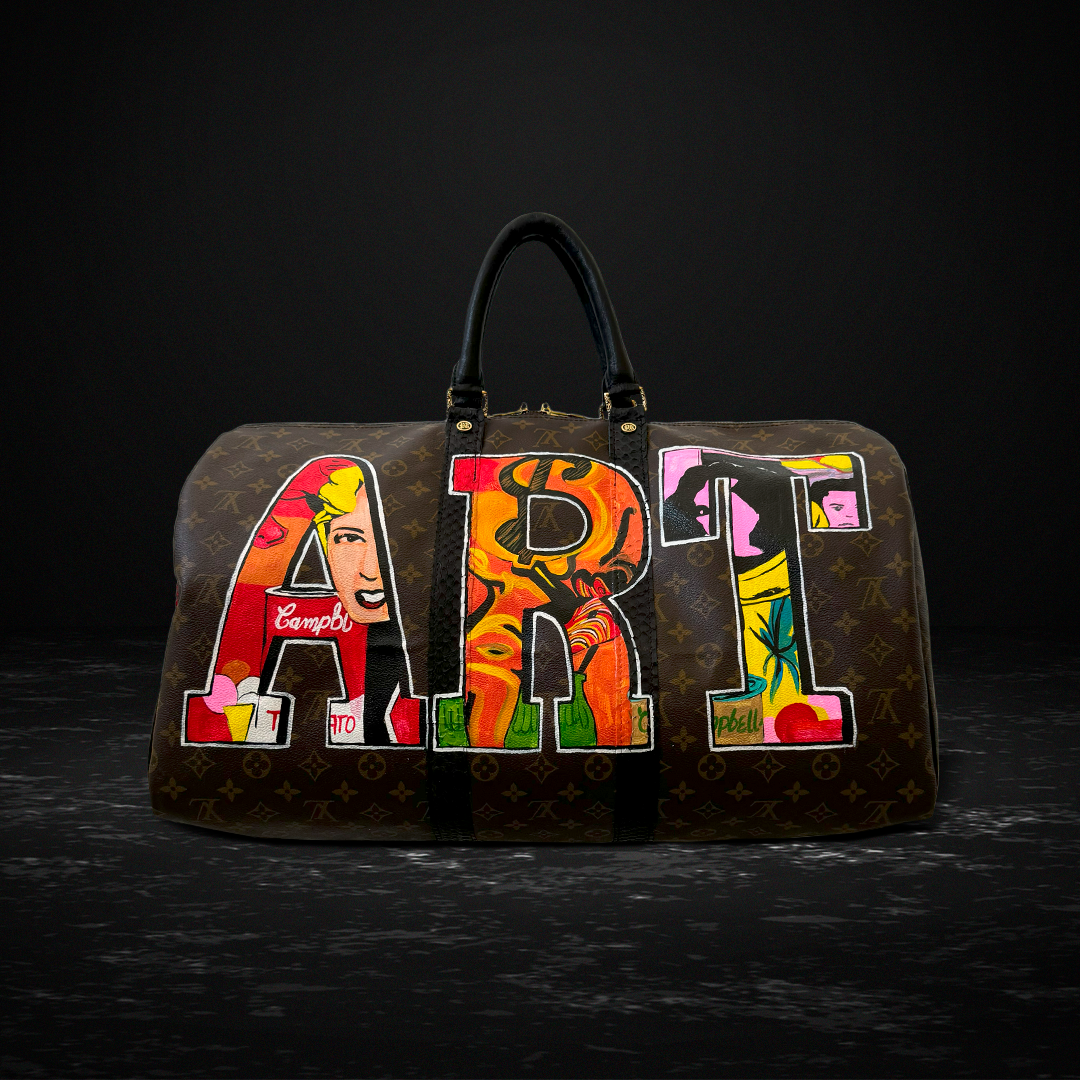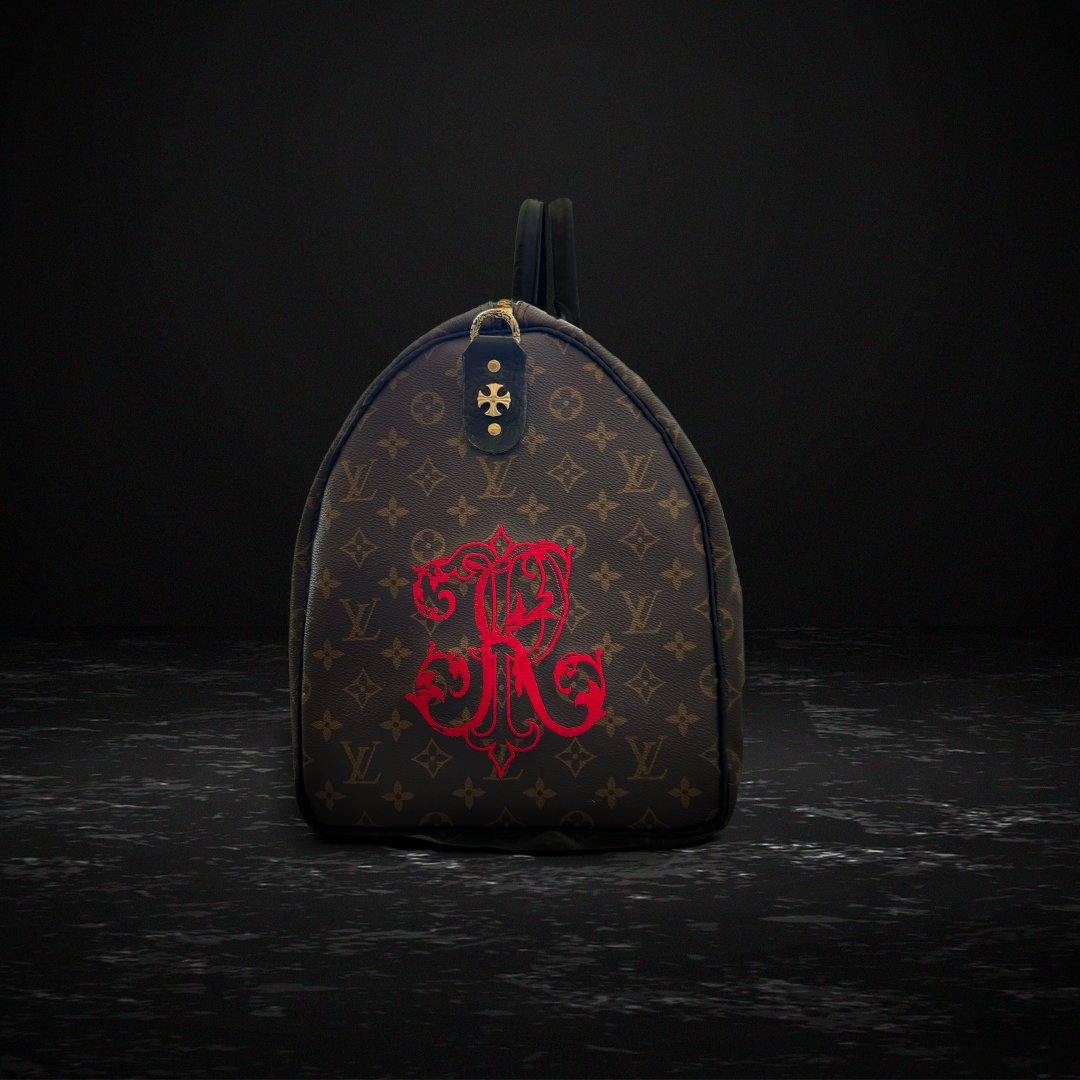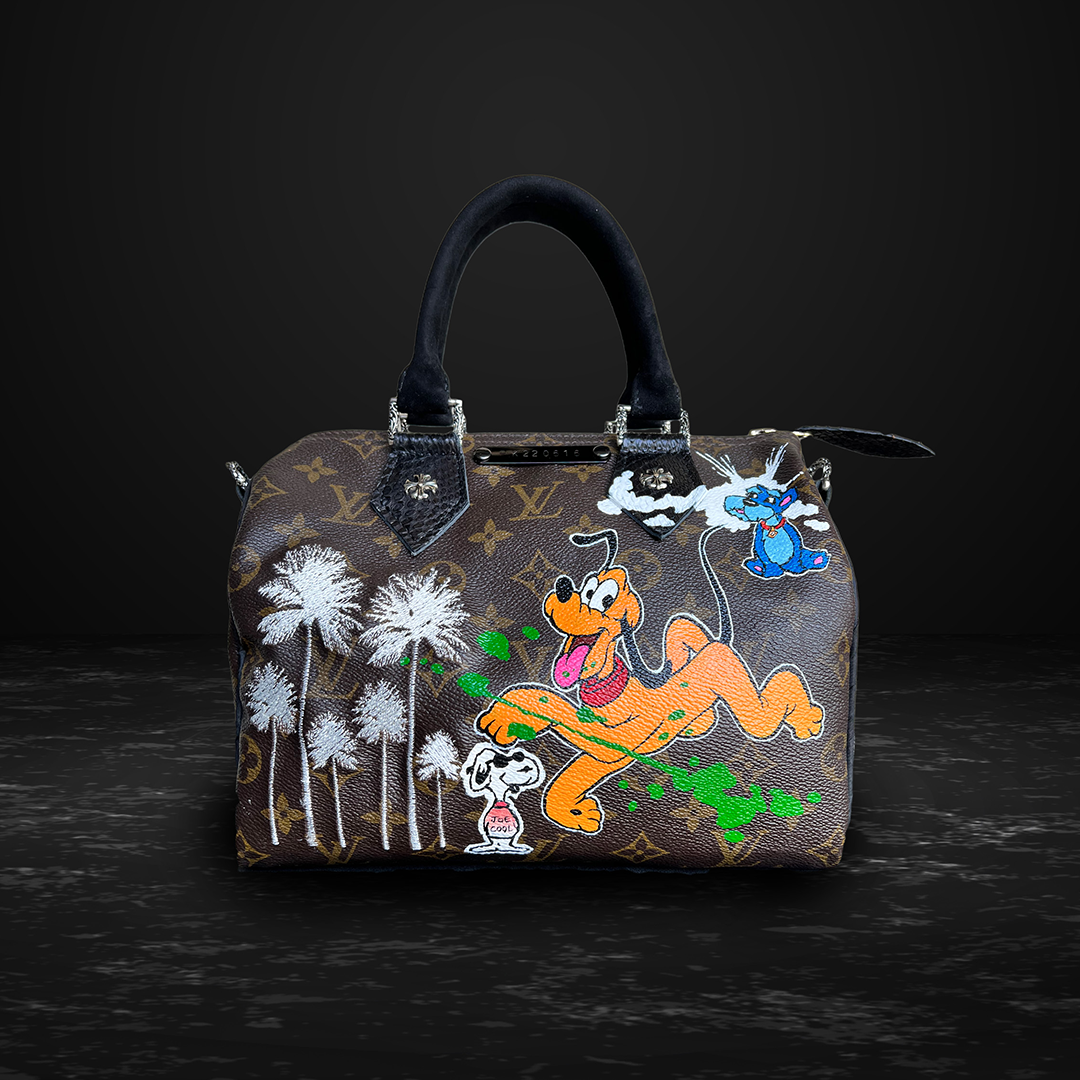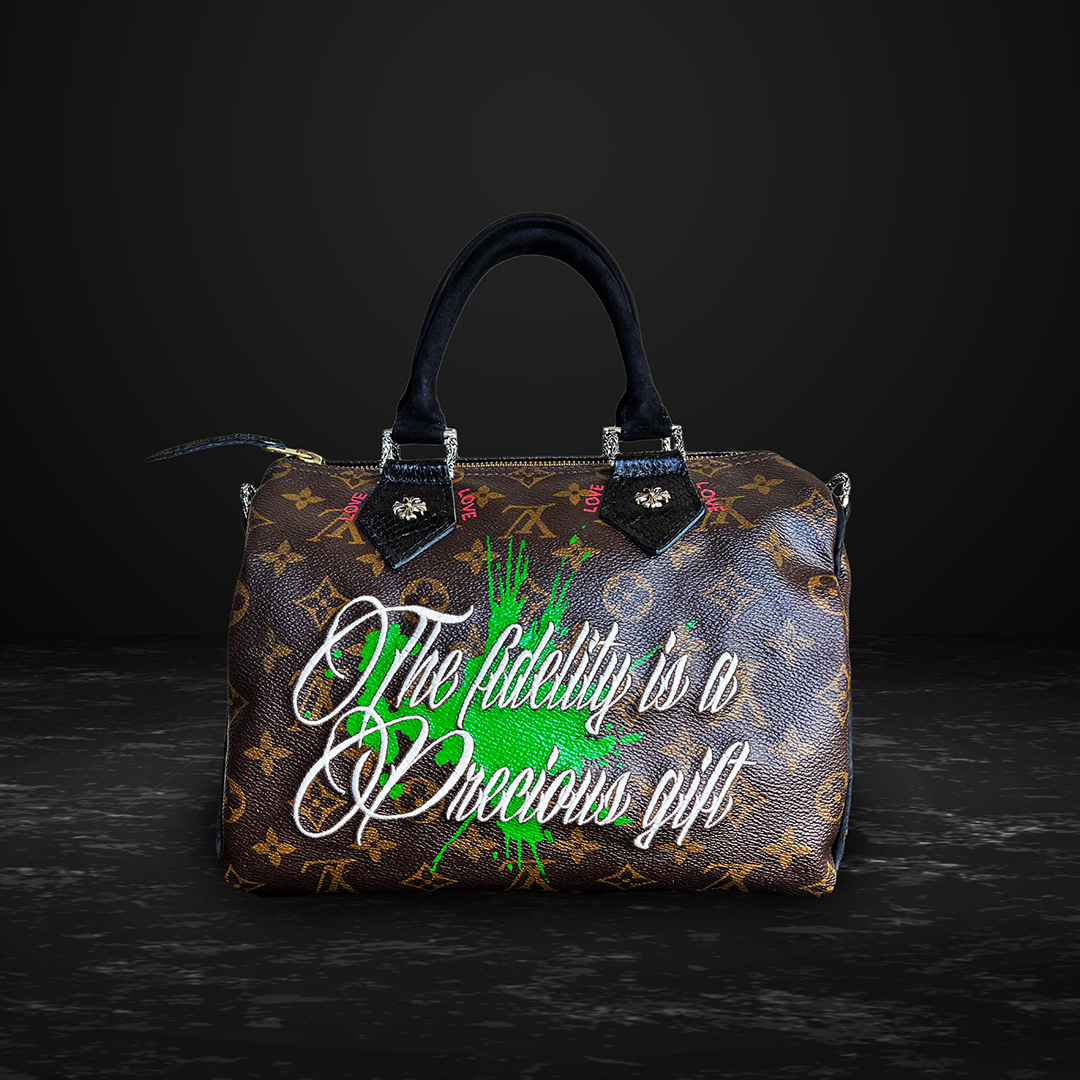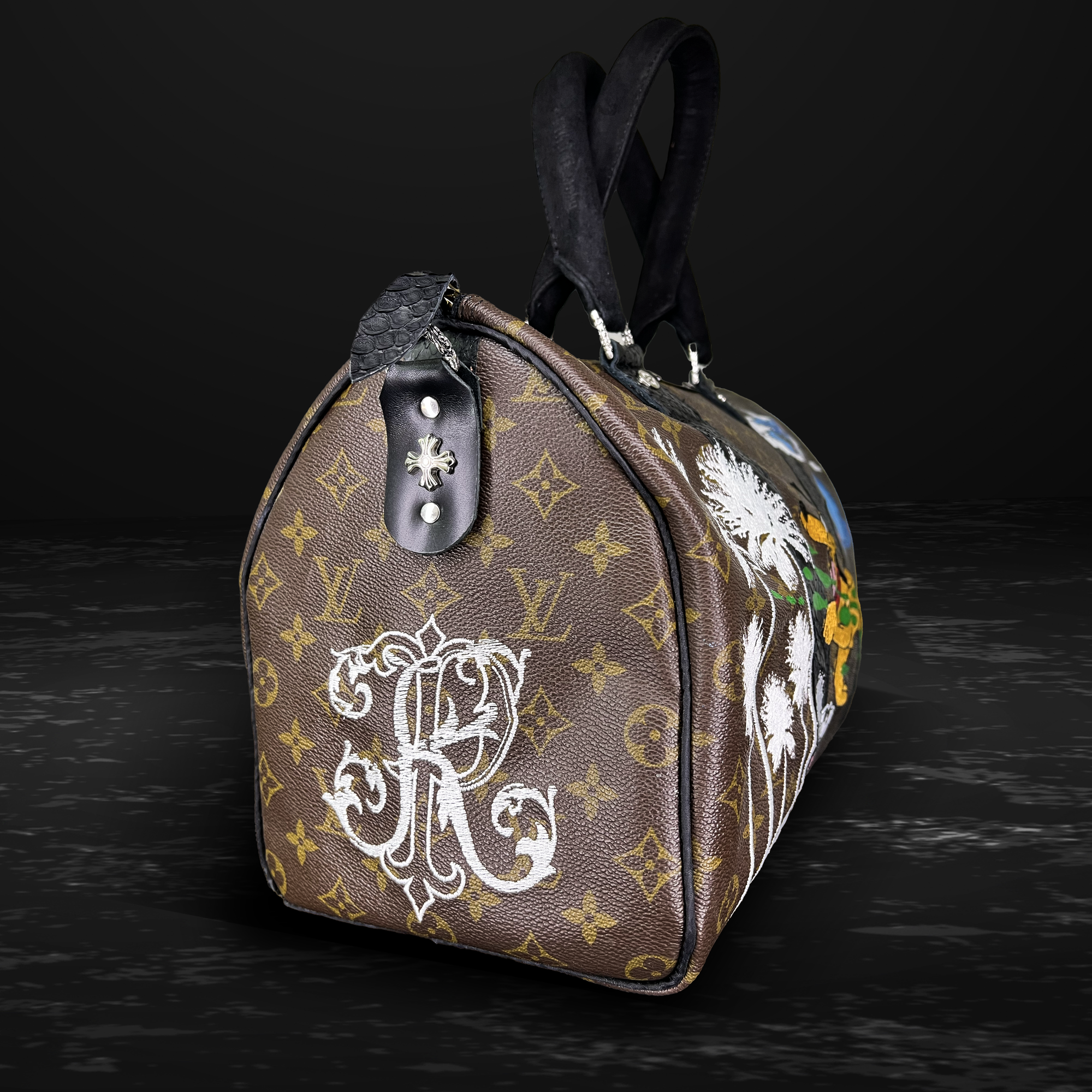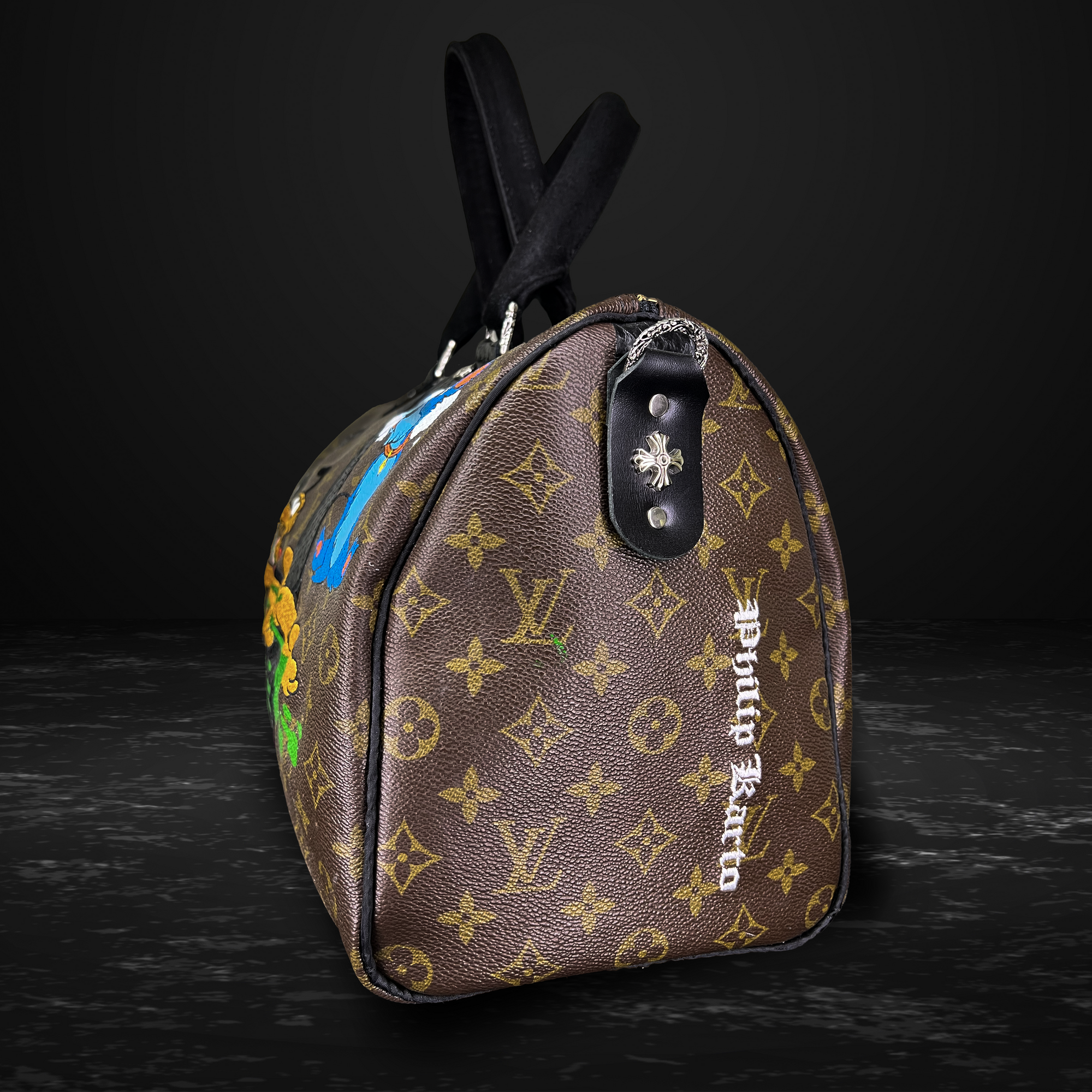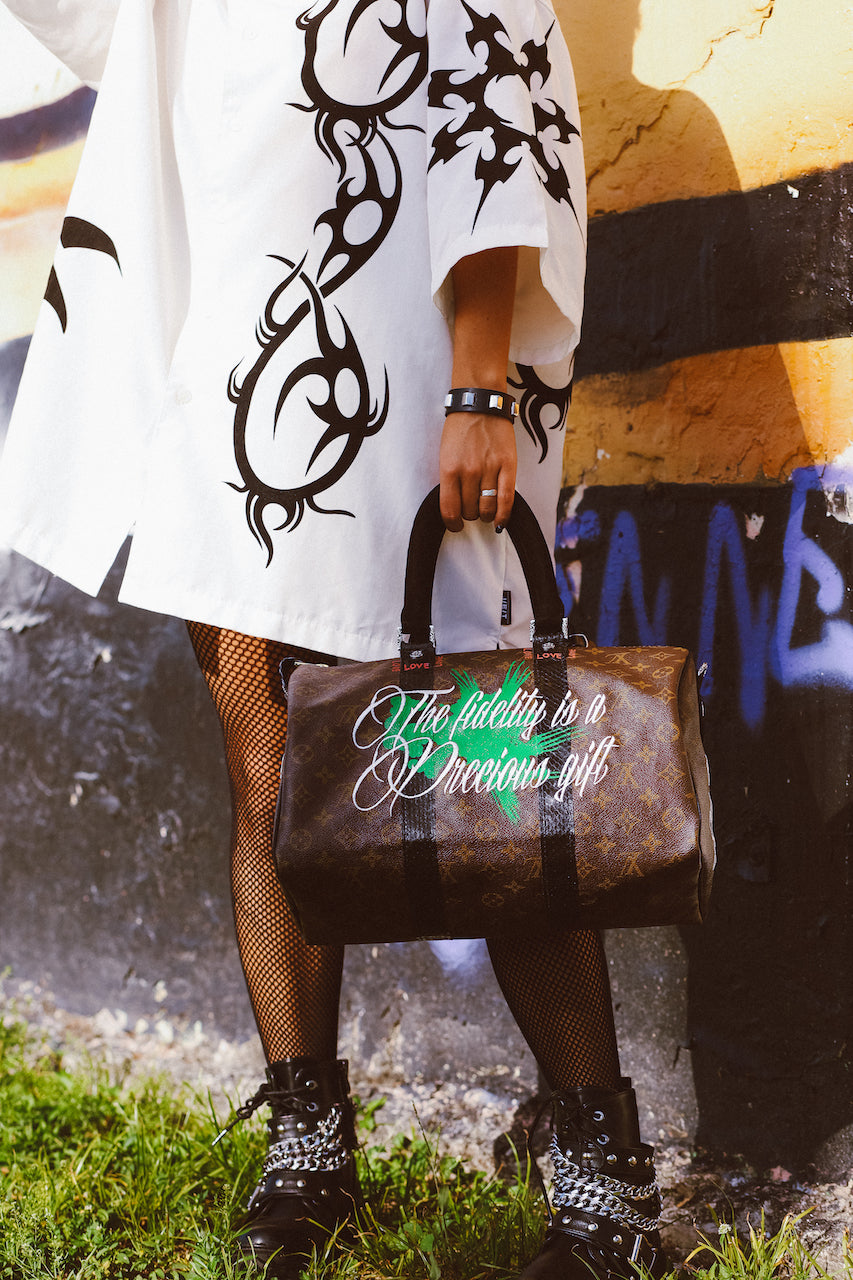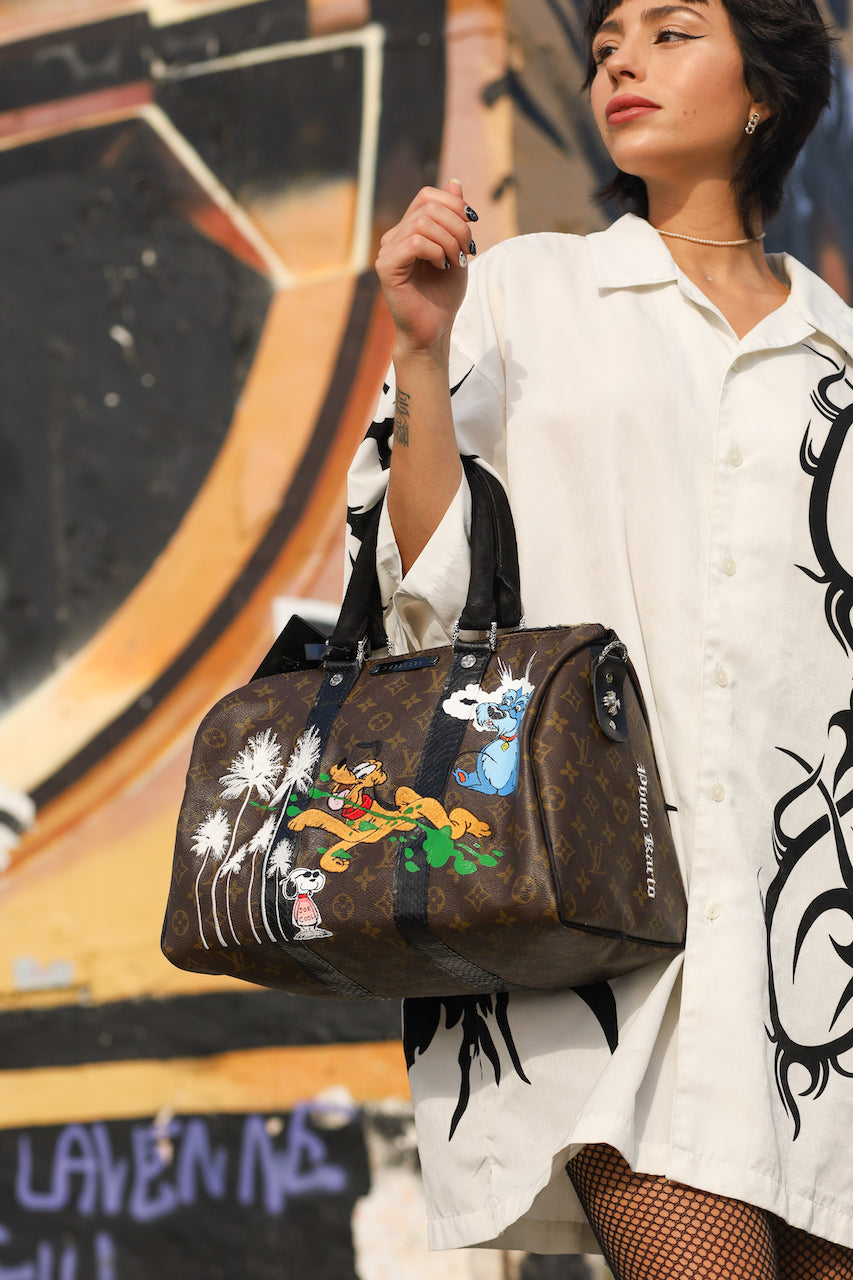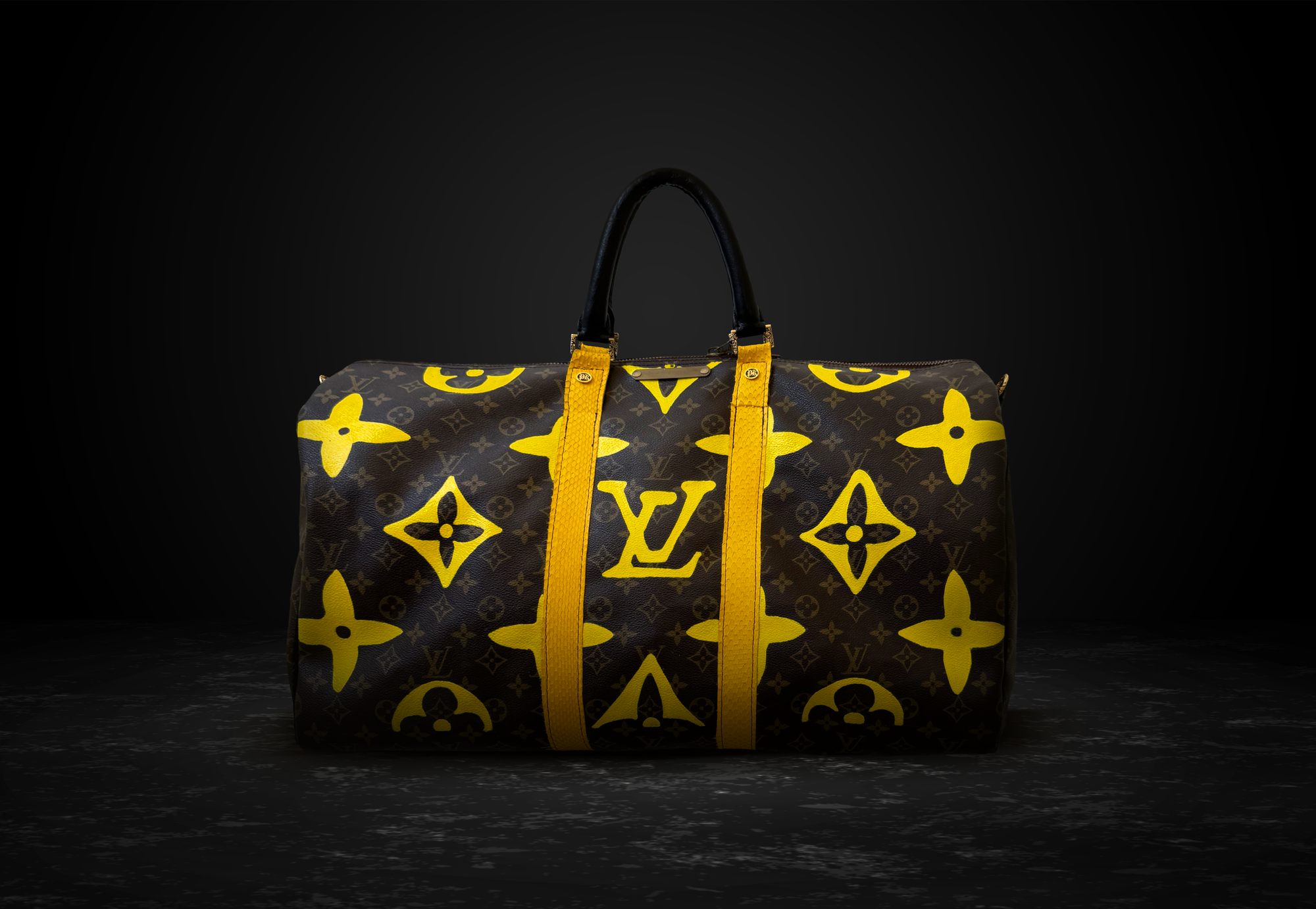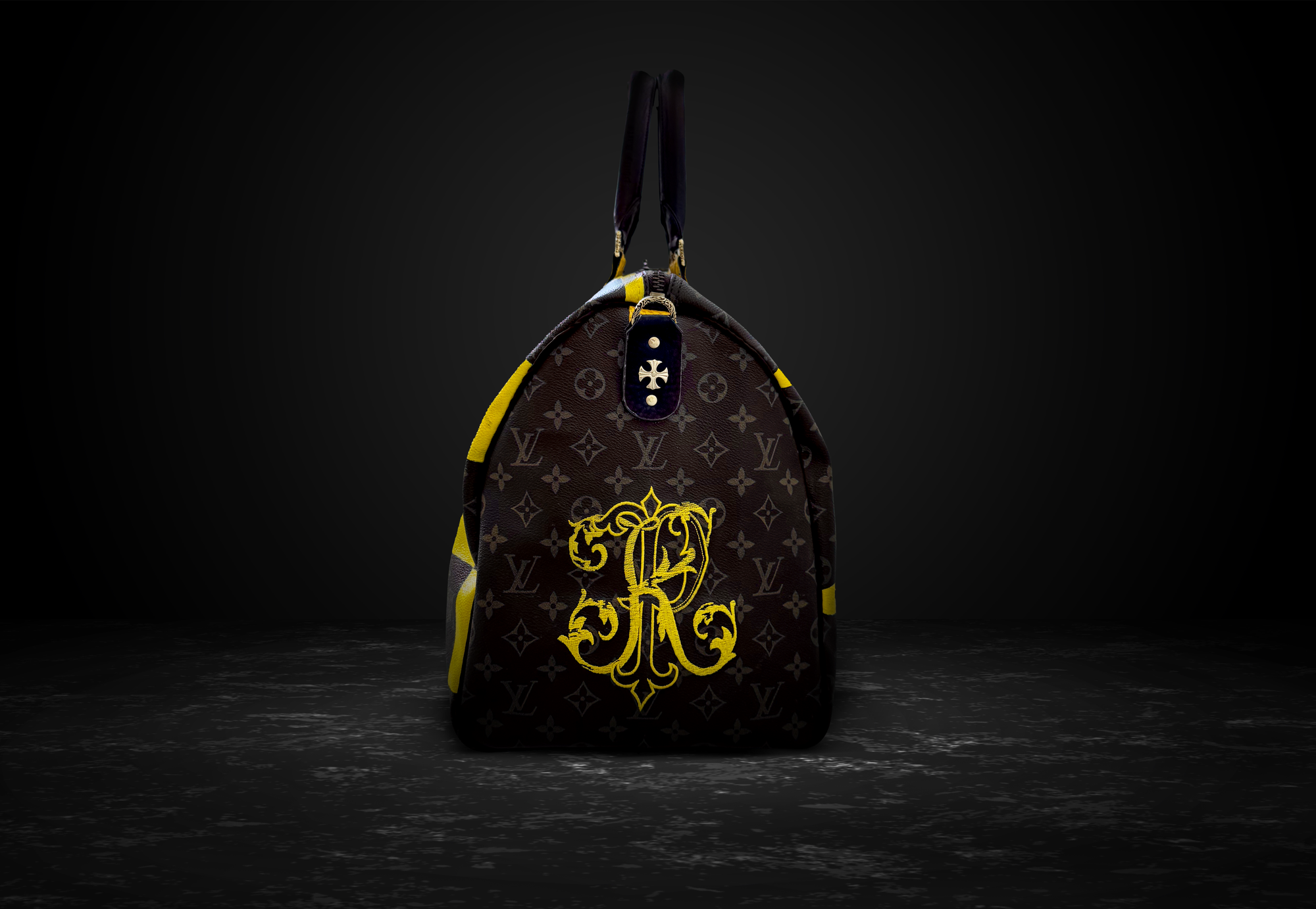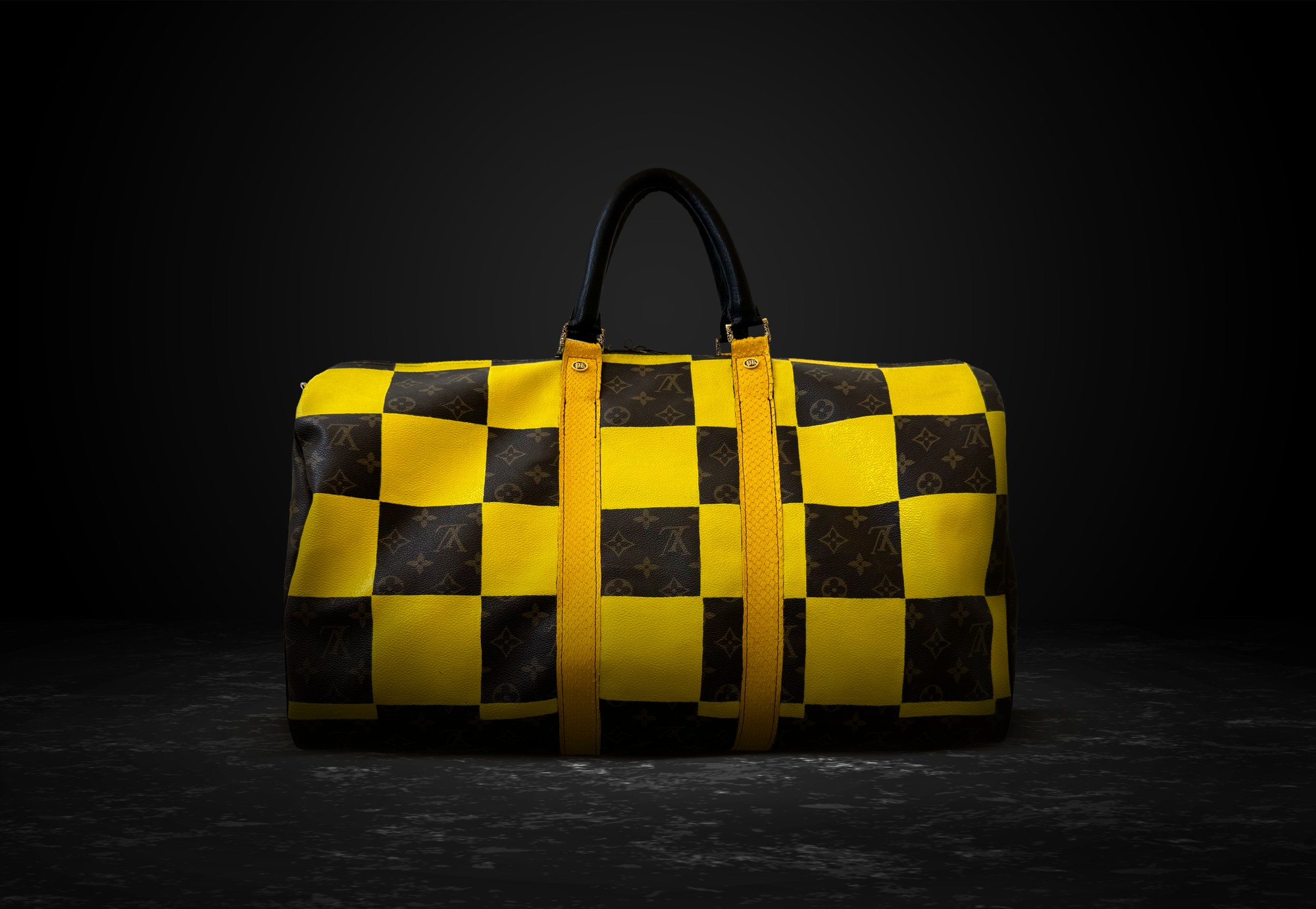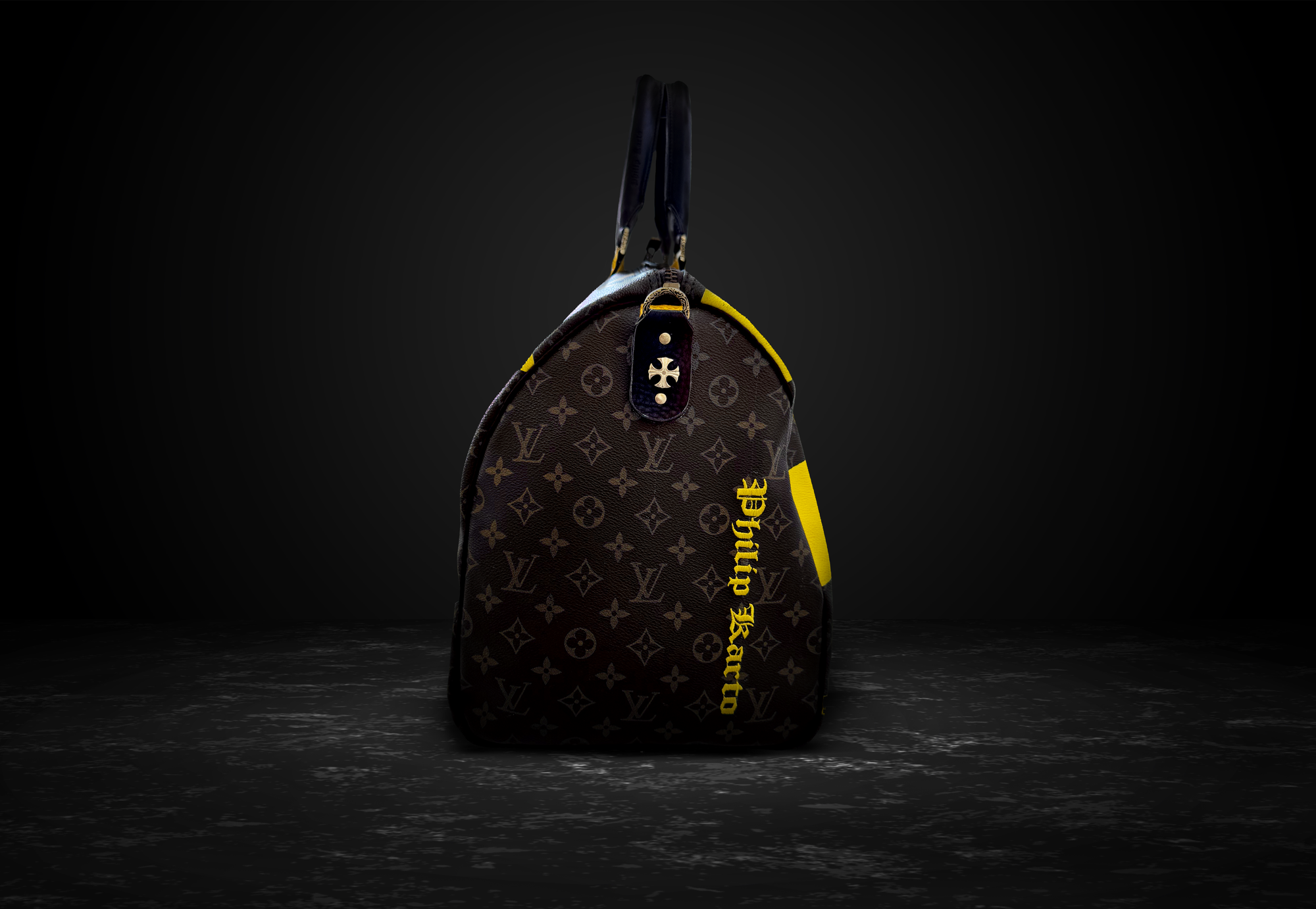Hermès bags command high prices because each one is hand-built (often by a single artisan) using time-intensive techniques and premium materials. Flagship models (Birkin/Kelly/Constance) are store-only, production grows slowly, the brand takes regular price increases (including an extra U.S. uplift in 2025 tied to tariffs), after-sales repairs keep bags wearable for decades, and resale demand is unusually strong.If you’ve ever wondered why a Birkin, Kelly, or Constance costs what it does, here are the 11 load-bearing reasons—with practical takeaways if you’re buying new or pre-owned.
1) Single-artisan construction & time-intensive handwork
Unlike typical assembly-line luxury, Hermès leather goods are built by hand—often start to finish by one artisan. Reputable reporting pegs the labor for a Kelly around ~20 hours (about four hours just for the handle), and at 18–20+ hours for a Birkin depending on size/materials. The brand’s signature saddle stitch—two needles crossing in each hole—won’t unravel if one thread snaps, which is a big part of why vintage Hermès keeps its structure.
Why it matters: hours × one craftsperson = very low daily capacity. Labor—not just logo—drives cost.

2) Years of training & limited skilled capacity
Getting good enough to make a Kelly or Birkin takes years. Hermès runs L’École Hermès des savoir-faire, a formal training pipeline that from 2023 has capacity for ~200 apprentices per year—tiny versus global demand. Even after school, artisans practice under supervision before producing saleable bags. Skill is the gatekeeper, and Hermès keeps that gate narrow.
3) Premium materials & precious-metal hardware
House leathers like Togo, Clemence, Epsom, Barénia are chosen for feel and longevity; exotics (ostrich, alligator/croc) add significant sourcing and compliance costs. Hardware is typically palladium- or gold-plated and hand-finished—details that lift the bill of materials and quality-control reject rates.
Why it matters: better inputs + stricter QC = more expensive per accepted piece.
4) Boutique-only access to Birkin, Kelly & Constance
You cannot add a Birkin, Kelly, or Constance to an online cart. Hermès states plainly these models are sold exclusively in stores; availability is discussed with a sales associate (appointments recommended). This official store-only policy—not rumors—anchors the real scarcity.
Why it matters: controlled distribution preserves pricing power and minimizes discounting.
5) Controlled production growth—still handcrafted in France
Hermès emphasizes that its bags are handcrafted in France and that it adds new leather-goods workshops gradually to avoid diluting know-how. In recent years the house opened additional sites (e.g., Louviers, Normandy), but always with months of training and measured output targets. Growth is real; mass-production is not.
6) Systematic price increases (plus a U.S. tariff pass-through in 2025)
Hermès typically raises prices annually. In 2025, management signaled ~6–7% global increases and an additional U.S. uplift to offset tariffs. In April 2025, the company told reporters it would pass on tariff costs to U.S. clients; subsequent coverage tracked adjustments rolling out in May. Even without design changes, compounding hikes keep entry prices moving up.

7) Exceptional resale demand & value retention
On the secondary market, many Hermès models retain a very high share of retail value—some trade at or above boutique pricing in certain configurations/conditions. Rebag’s 2024 Clair Report singled out the Sellier Birkin as a standout gainer, illustrating the feedback loop between primary demand and resale enthusiasm. This is unusual in fashion and helps justify primary pricing.
8) After-sales “spa,” repairability & decades-long service lives
Hermès runs a formal maintenance/repair network via its boutiques—bags are evaluated and refurbished by house artisans (“spa”), from re-stitching to glazing and more extensive work. The ability to restore dramatically extends a bag’s lifespan and is part of the upfront value proposition.
9) Ethics, audits & compliance—especially for exotics
Exotic leathers bring CITES paperwork, documented supply chains, and welfare audits. Hermès publishes an Animal Welfare Policy and related reporting describing standards for crocodilians, ostriches, etc., and the share of suppliers under certification programs—costs and oversight most brands never incur at scale.
10) Clienteling & chronic demand > supply
Because the icons are store-only and output is deliberately tight, boutiques manage demand through appointments and client relationships. Even when broader luxury cools, coverage repeatedly notes demand exceeding supply at Hermès—another reason prices can stay firm or rise.
11) Culture & status reinforce willingness to pay
From the Kelly’s Hollywood lore to traveling “Hermès in the Making” craft exhibitions, the house sustains a powerful cultural halo around artisanship. Media features showing workshops and slow craft convert process into status, compounding demand over time.

Vintage vs New: what the price actually buys (quick table)
|
Aspect |
Hermès Vintage |
Hermès New |
|
Price |
Often below current MSRP (depends on model/condition) |
Full retail; regular annual increases |
|
Character |
Earned patina; softened edges |
Factory-fresh finish |
|
Availability |
Discontinued/rare models accessible |
Current lines; B/K/C are store-only |
|
Sustainability |
Extends product life (circular fashion) |
New production footprint |
|
Service path |
Independent specialists + Hermès spa |
Hermès spa via boutique |
|
Resale |
Strong on coveted models/sizes |
Baseline strong; some trade above retail later |
What this means if you’re deciding to buy
If you want to buy new at boutique
-
Accept that Birkin/Kelly/Constance availability is discussed in store. Book an appointment, know your preferred sizes (e.g., B25/B30, K25/K28), and be flexible on leather/hardware. Patience is part of the experience.
If you’re considering pre-owned
-
Expect best-condition B/K/Kelly Sellier in desirable colors/hardwares to sit at or above retail; consult recent resale data for reality checks. Get third-party authentication and ask for service history.
If you want the Hermès quality without the icon price
-
Consider non-quota models (e.g., Evelyne, Picotin, Lindy, Jypsière) or immaculate pre-owned with documentation—often better value while keeping the craft DNA. (Model availability varies by season/region.)
How Hermès makes “expensive” feel like value (for the right buyer)
-
Longevity: The saddle stitch and thick leathers permit refurbishment rather than replacement.
-
Time as luxury: A slower, artisan-first pipeline limits output by design.
-
Confidence: A formal spa + resale markets that respect the product shore up long-term utility and liquidity.
FAQ
Are Birkin and Kelly sold online?
-
No. Kelly, Birkin and Constance are sold exclusively in Hermès stores; speak with a sales associate about availability.
How long does one bag take to make?
-
It varies by size/leather, but credible reporting shows ~20 hours for a Kelly (about four hours for just the handle), and ~18–20+ hours for a Birkin—by hand.
Where are Hermès bags made?
-
In France, by trained artisans in house workshops; the company has been adding workshops gradually (e.g., Louviers).
Why did prices rise again in 2025?
-
Beyond regular annual increases (~6–7% globally), Hermès said U.S. prices would rise further to offset tariffs (April/May 2025).
Do Hermès bags hold value?
-
Many do. The 2024 Clair Report highlights strong value retention for specific models like the Sellier Birkin. Condition, color, size and hardware matter.
What’s special about Hermès hardware?
-
Most pieces use palladium- or gold-plated hardware, hand-finished for durability and look.
Is there a formal “waitlist”?
-
Hermès doesn’t publish a global waitlist; the reliable on-record fact is store-only access for B/K/C with availability discussed at boutique level.
Can Hermès refurbish old bags?
-
Yes. Bring items to a boutique for evaluation; the brand’s maintenance & repair channels (“spa”) handle everything from glazing to deeper work.
Why buy Hermès recycled & upcycled from Philip Karto
Buying-intent description (use this as a section on a category or PDP):
Philip Karto offers recycled and upcycled Hermès bags that blend heritage with fresh craftsmanship. You’re starting with an authentic Hermès base and commissioning (or choosing) a carefully re-engineered piece—edges re-done, leather refreshed, or artfully upcycled—so it’s unique, wearable, and built to last. Explore dedicated Hermès Recycled and Upcycled (Birkin) pages, plus a women’s Hermès collection, to find sizes, colors, and hardware combos you actually want—without the boutique wait.
Why people buy from Philip Karto
-
Authentic foundations, reworked expertly. Product copy emphasizes 100% authentic, certified bases—then rebuilt by hand (USA) into recycled or upcycled pieces. That means the soul of the bag remains, but the finish and function feel new.
-
Category depth for Hermès. You’re not hunting one-offs; there are dedicated Hermès Recycled SKUs (with size/hardware options) and Upcycled Hermès Birkin content, so you can shop by intent rather than luck.
-
Material + hardware transparency. Listings call out real specs like palladium-plated hardware, dust bag/rain cover details, and dimensions—useful for serious buyers comparing condition and fit.
-
In-house creative workshop. Private LABS is the brand’s internal atelier for the rebuilds and artistic finishes—cleaner than outsourcing and easier for aftercare.
-
Social proof & availability IRL. A published stockists list (e.g., Maxfield LA, Riccardi Boston) signals retail trust and lets you see pieces in person where available.
-
Sustainable luxury, minus the wait. The upcycled route keeps premium materials in circulation and lets you skip boutique scarcity; you can buy the exact look you want now. Pages explicitly include Hermès Vintage and Hermès Birkin Vintage in the upcycled/recycled lines.
Send photos for a free assessment—we’ll confirm authenticity, discuss recycled vs. upcycled options, and recommend the right size/leather/hardware for your style.


